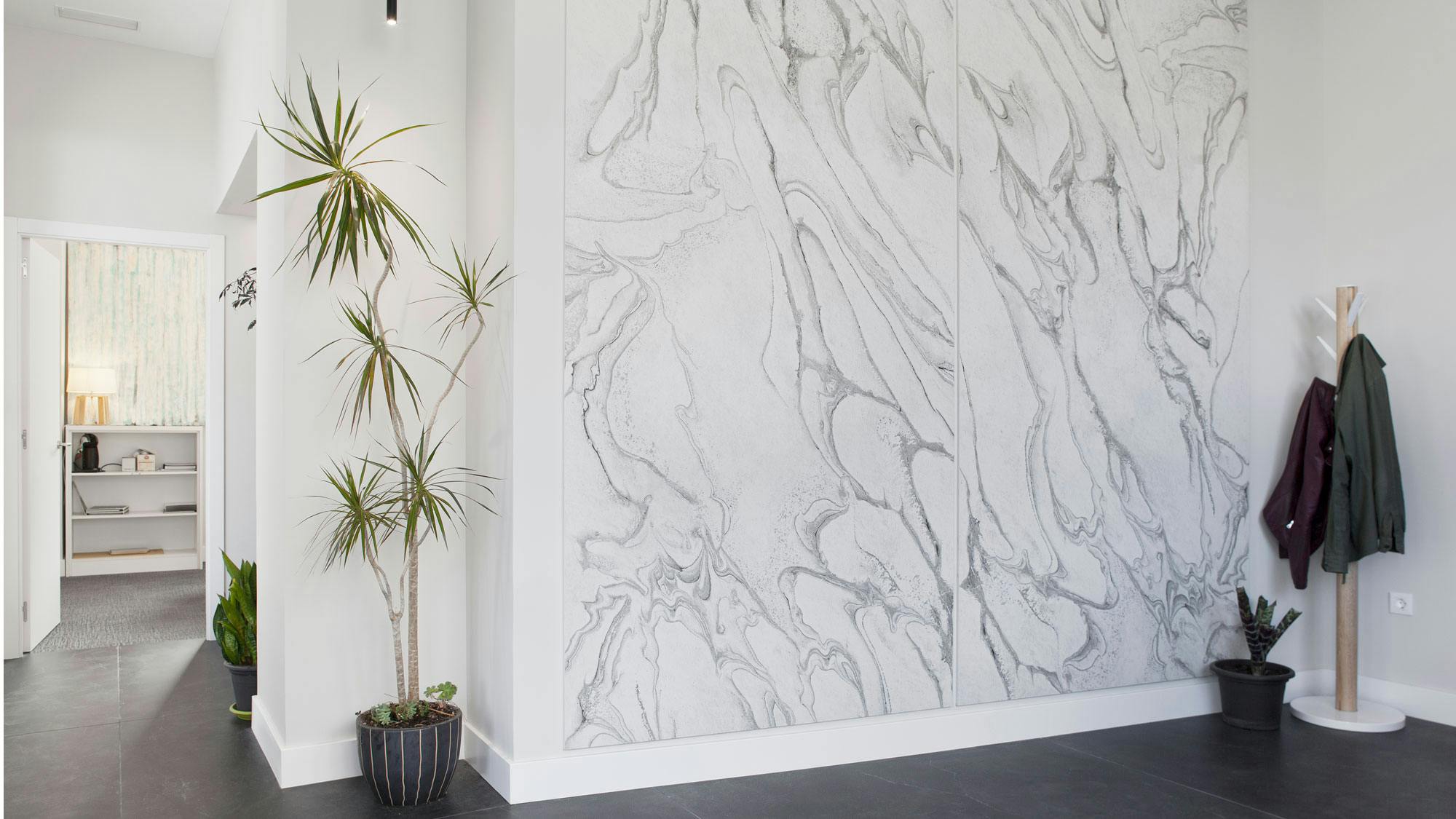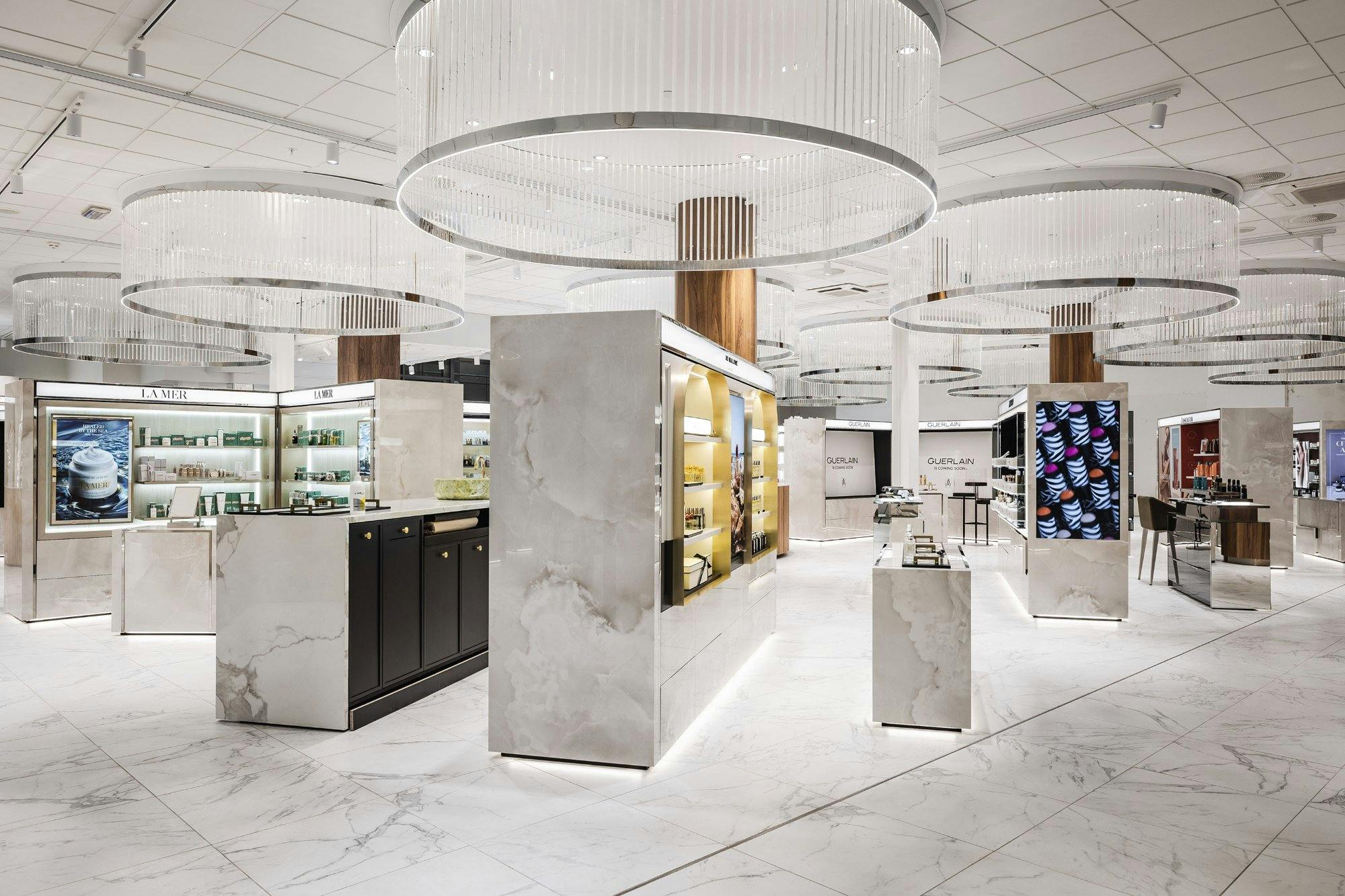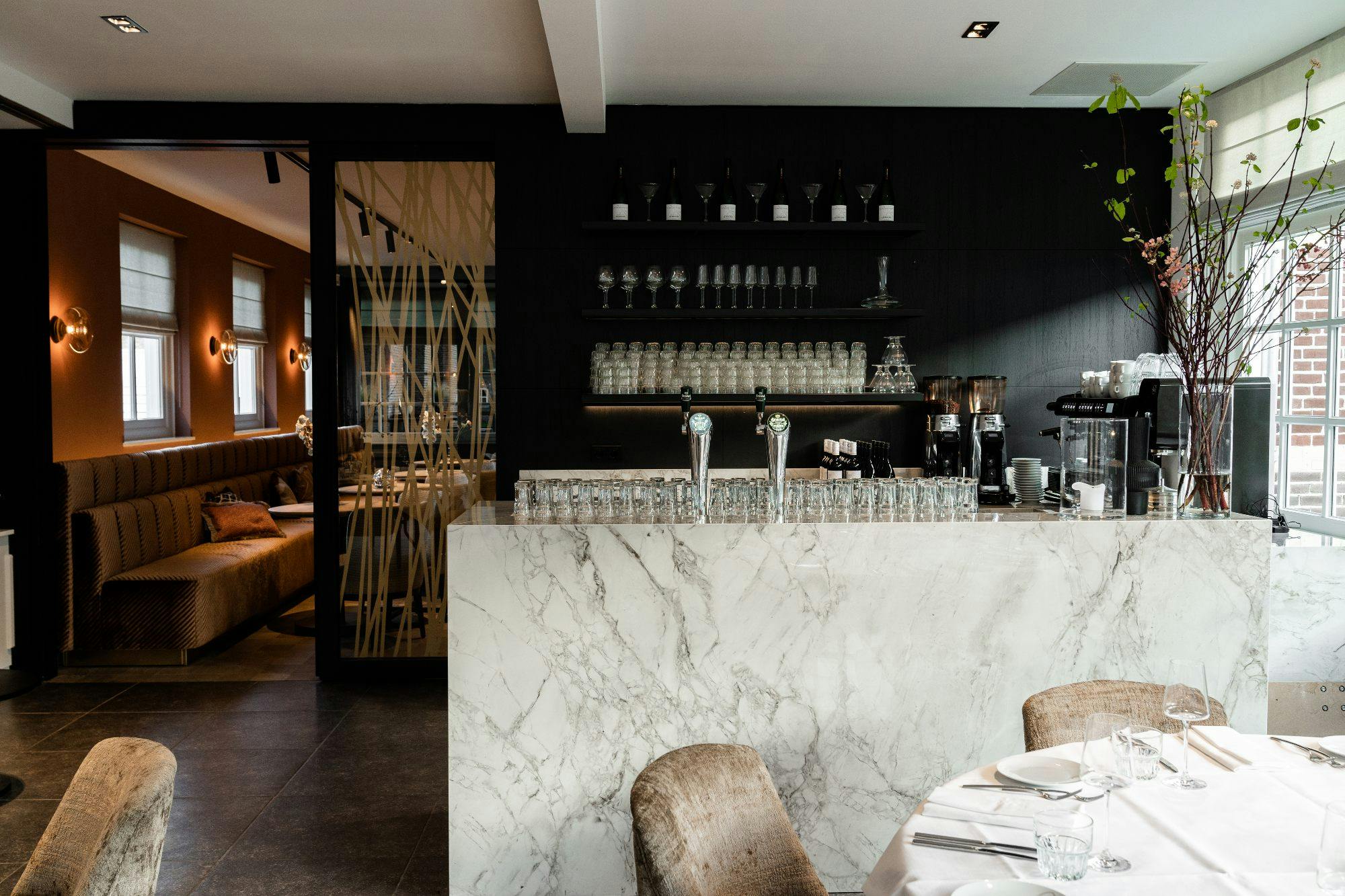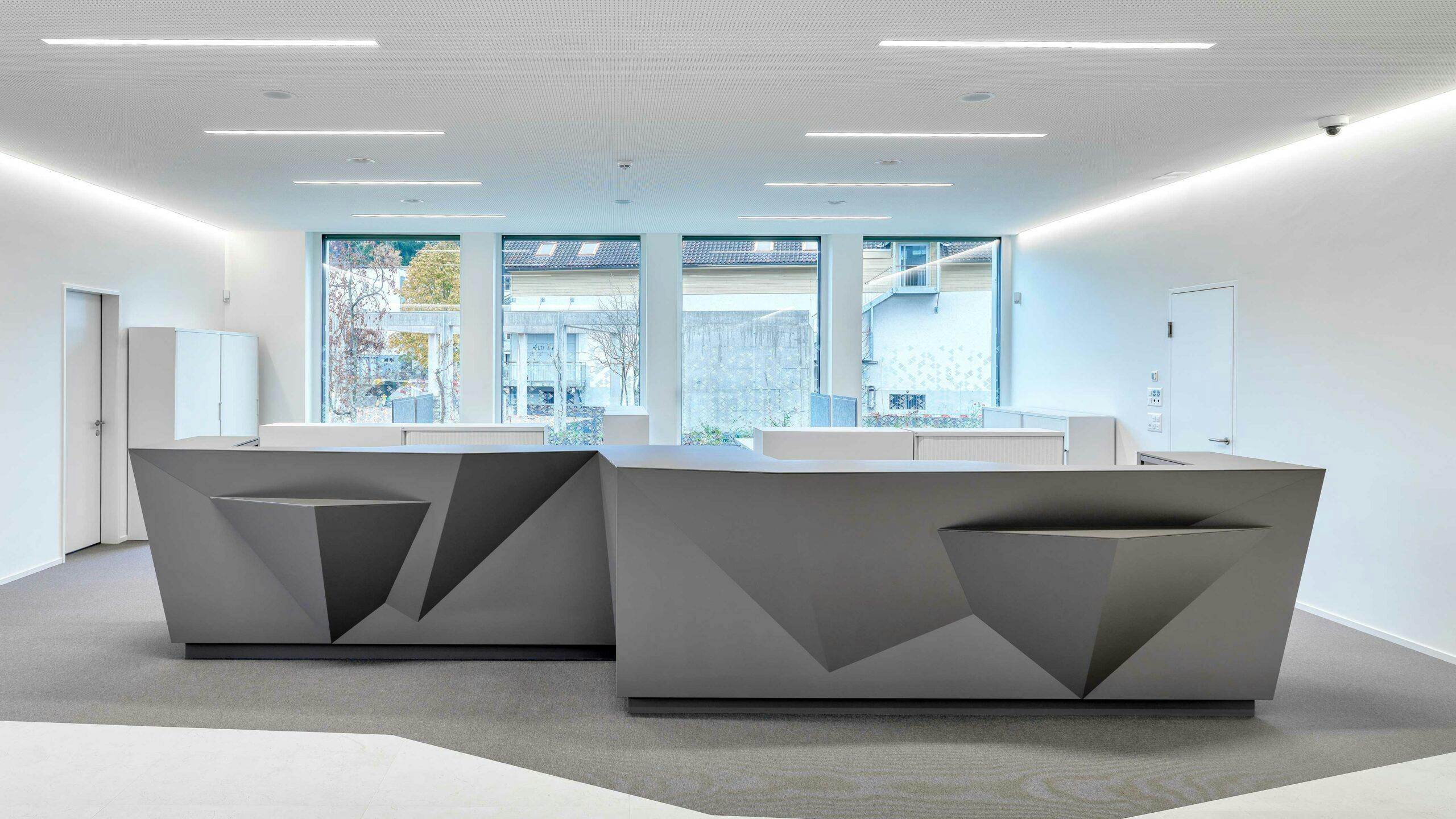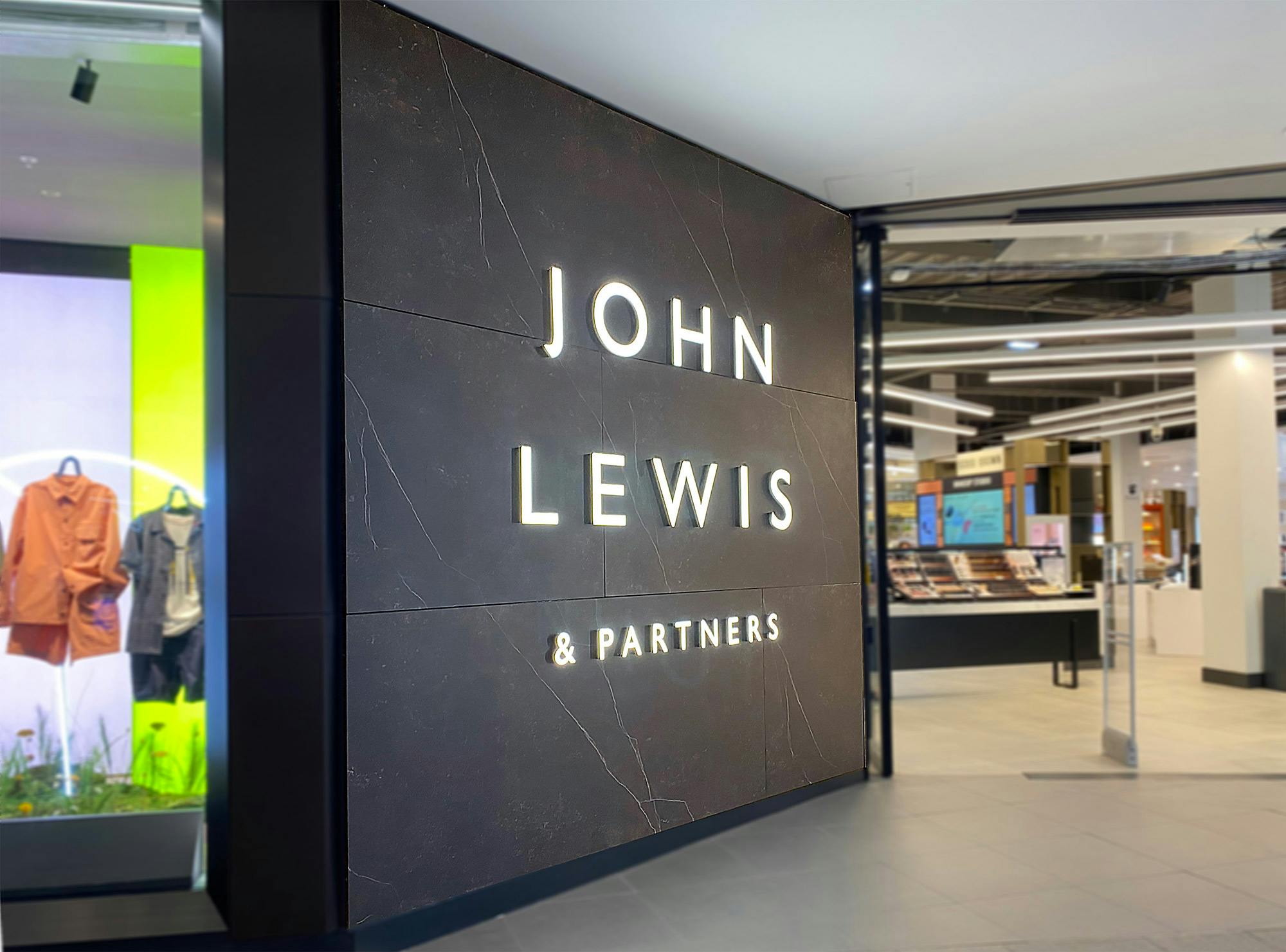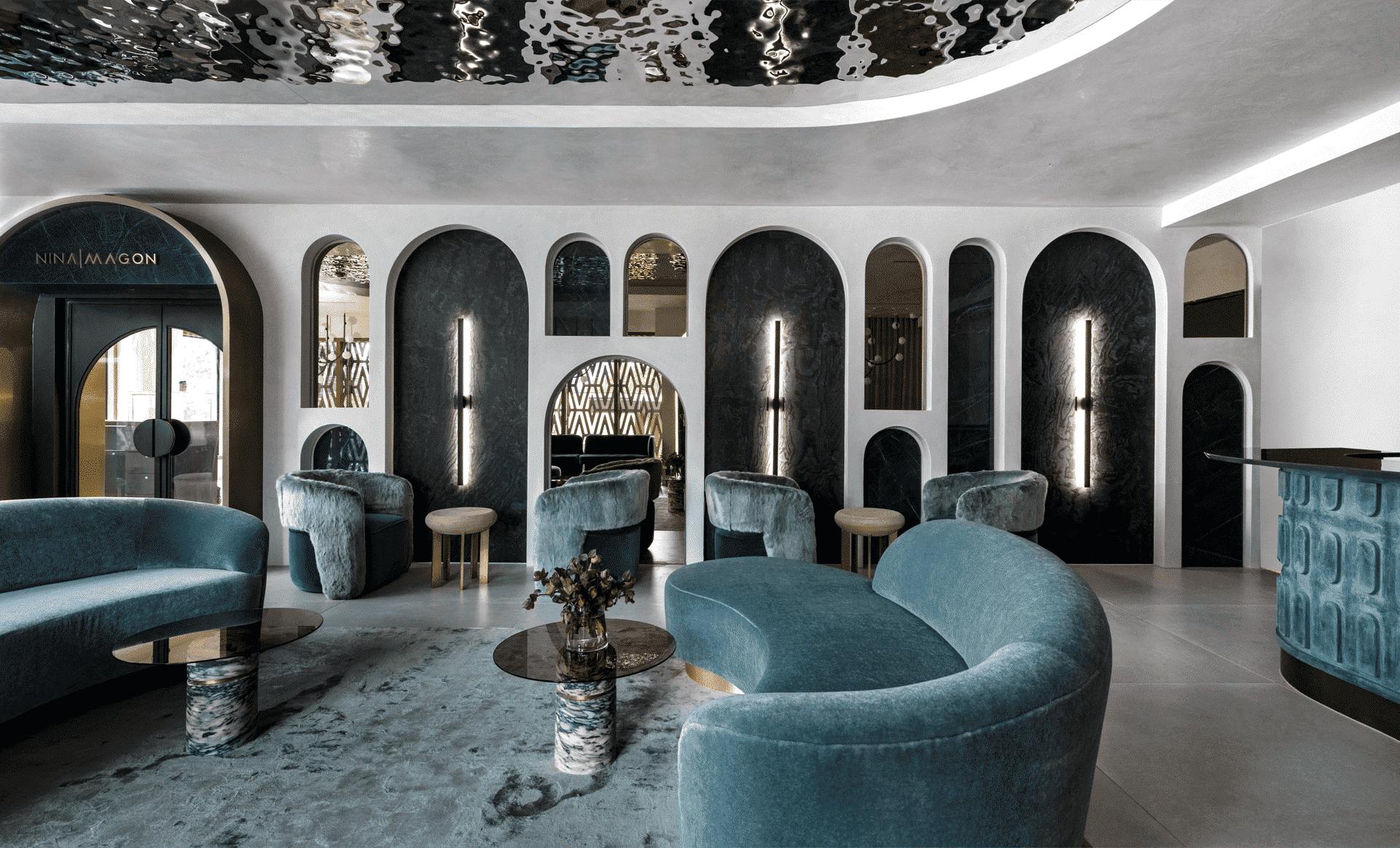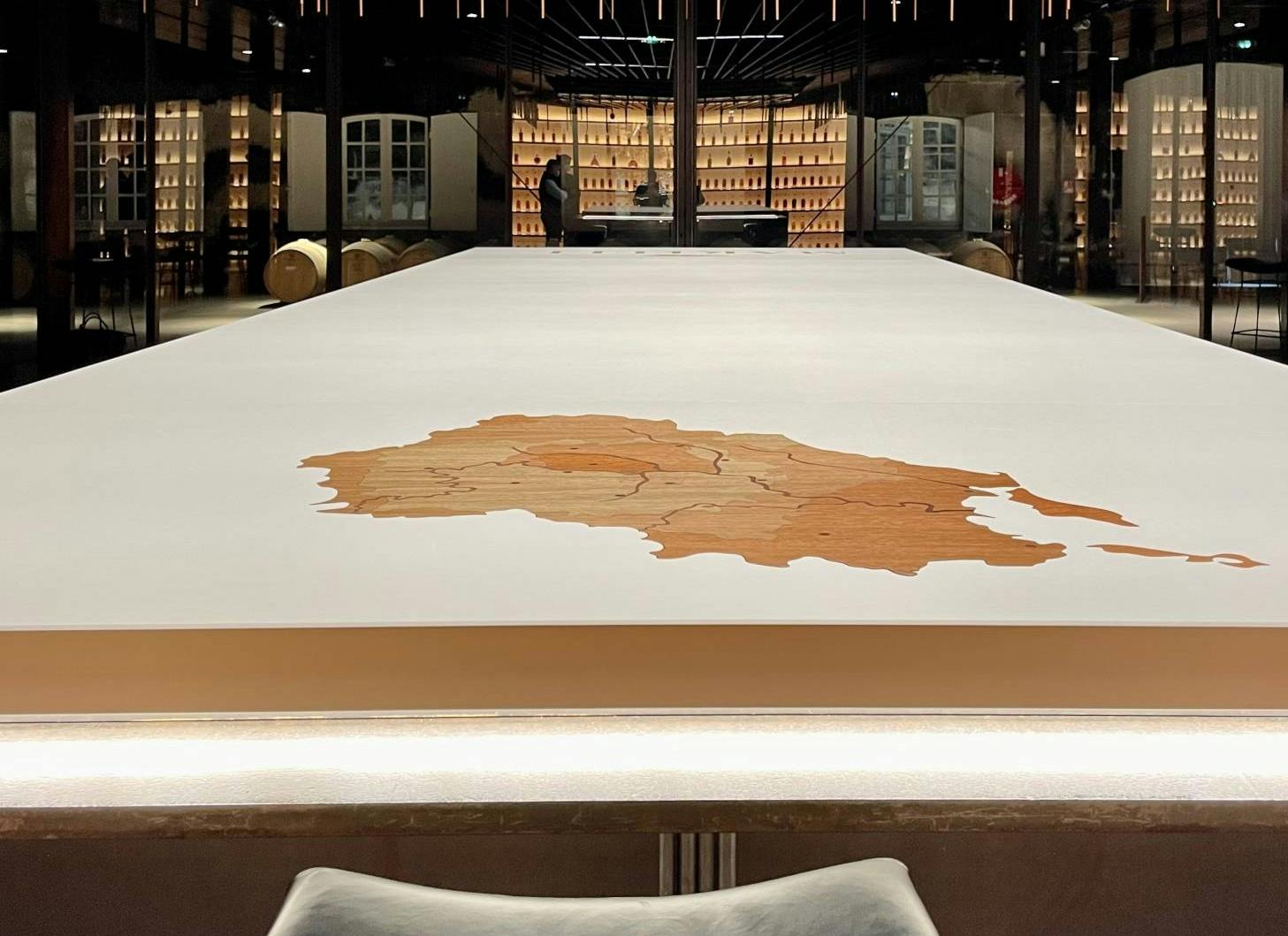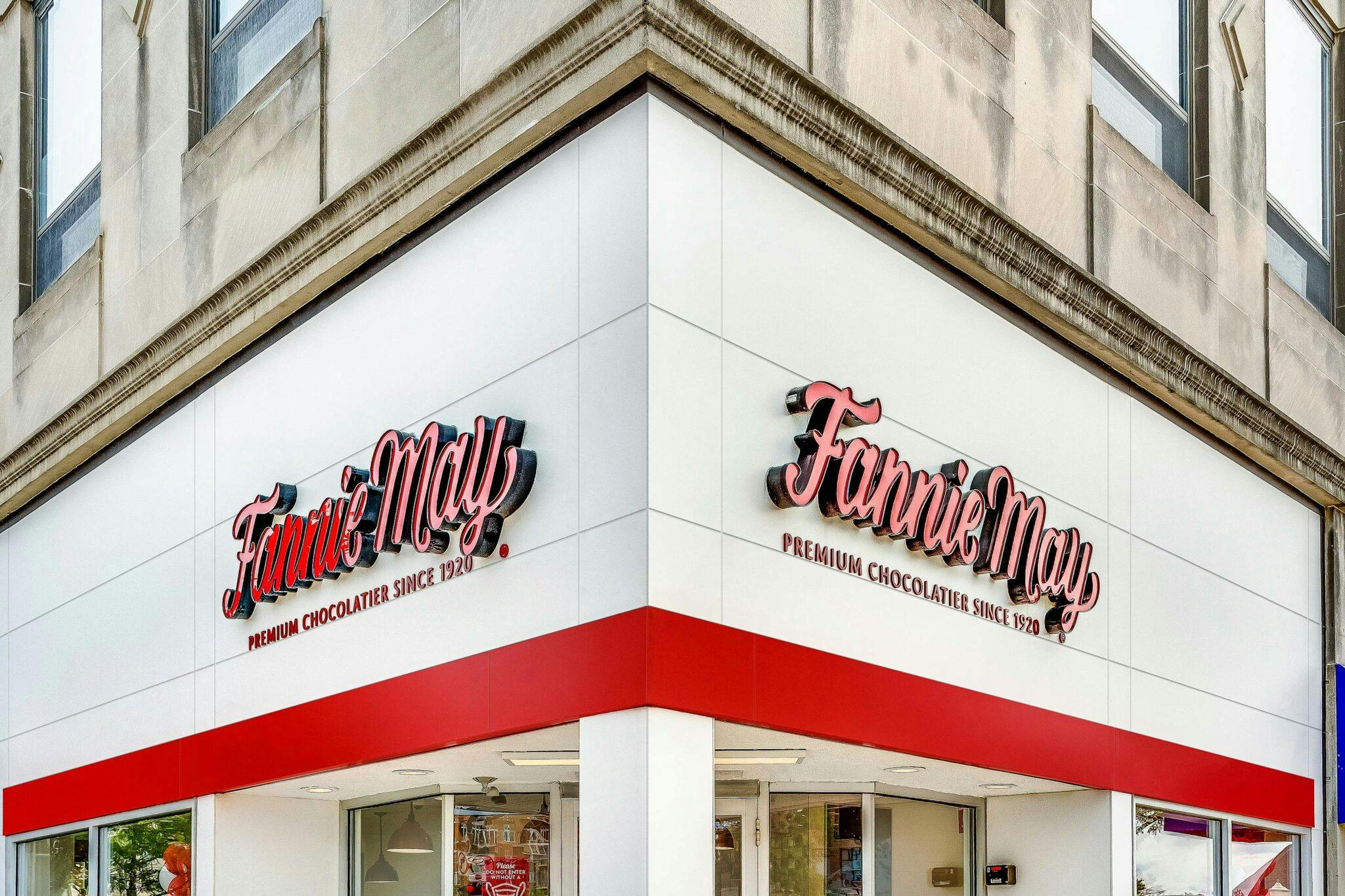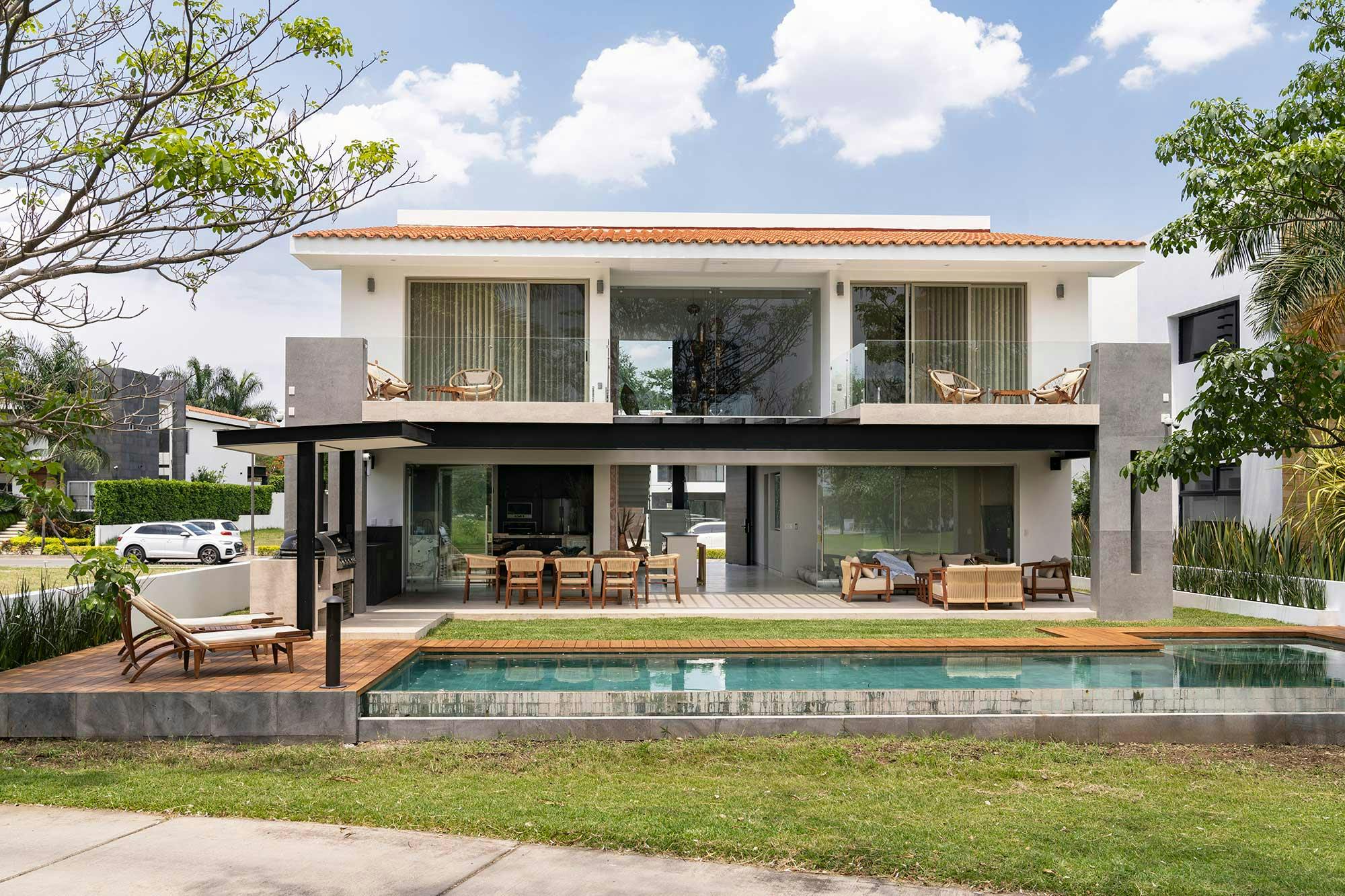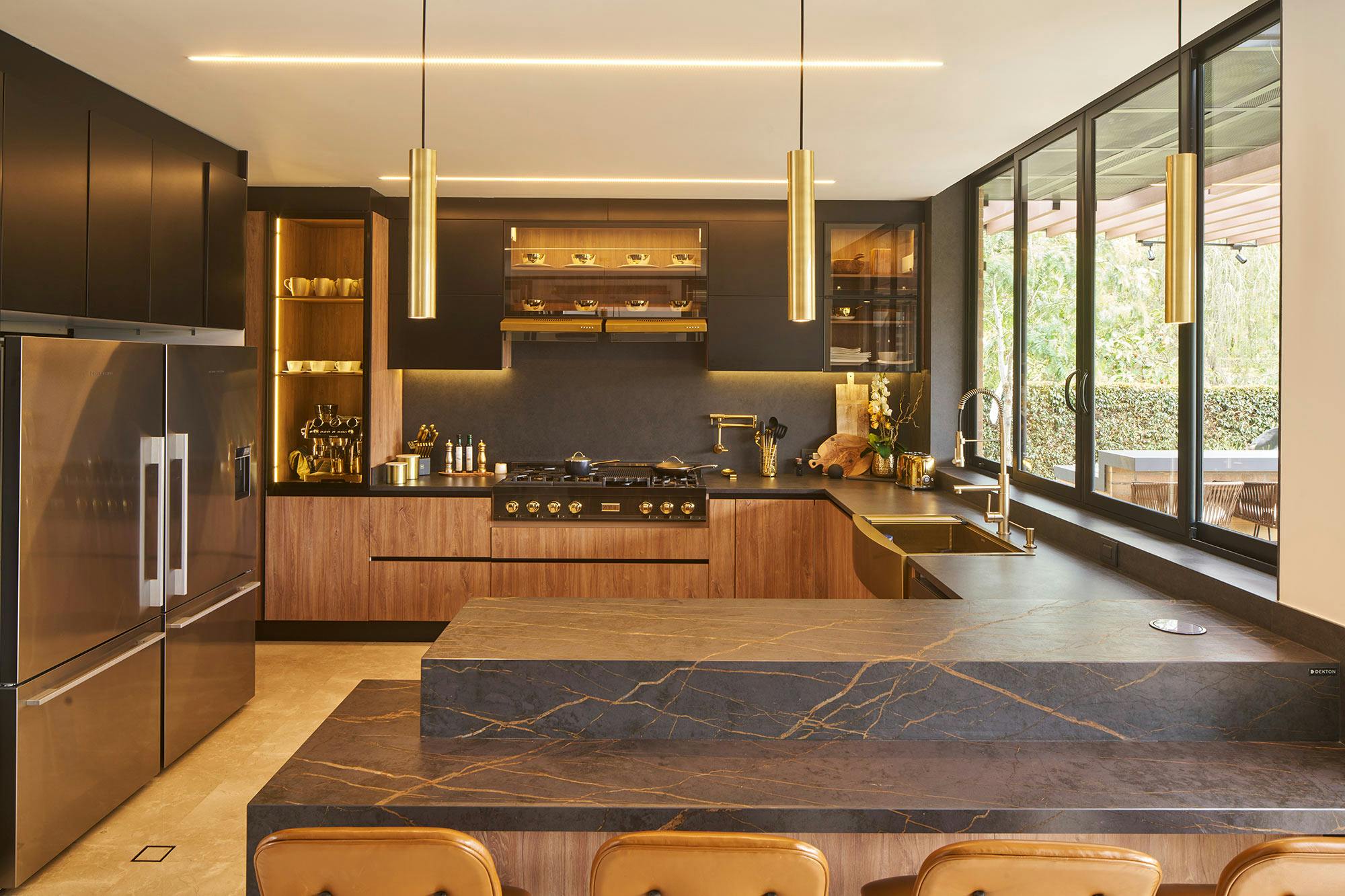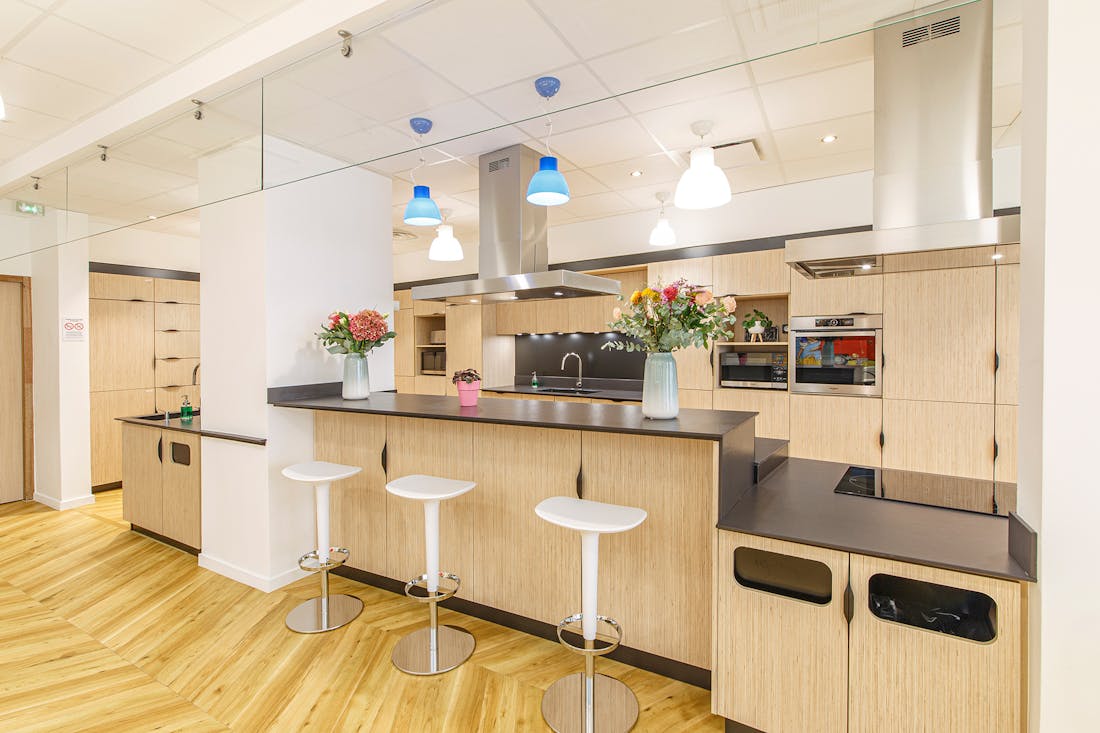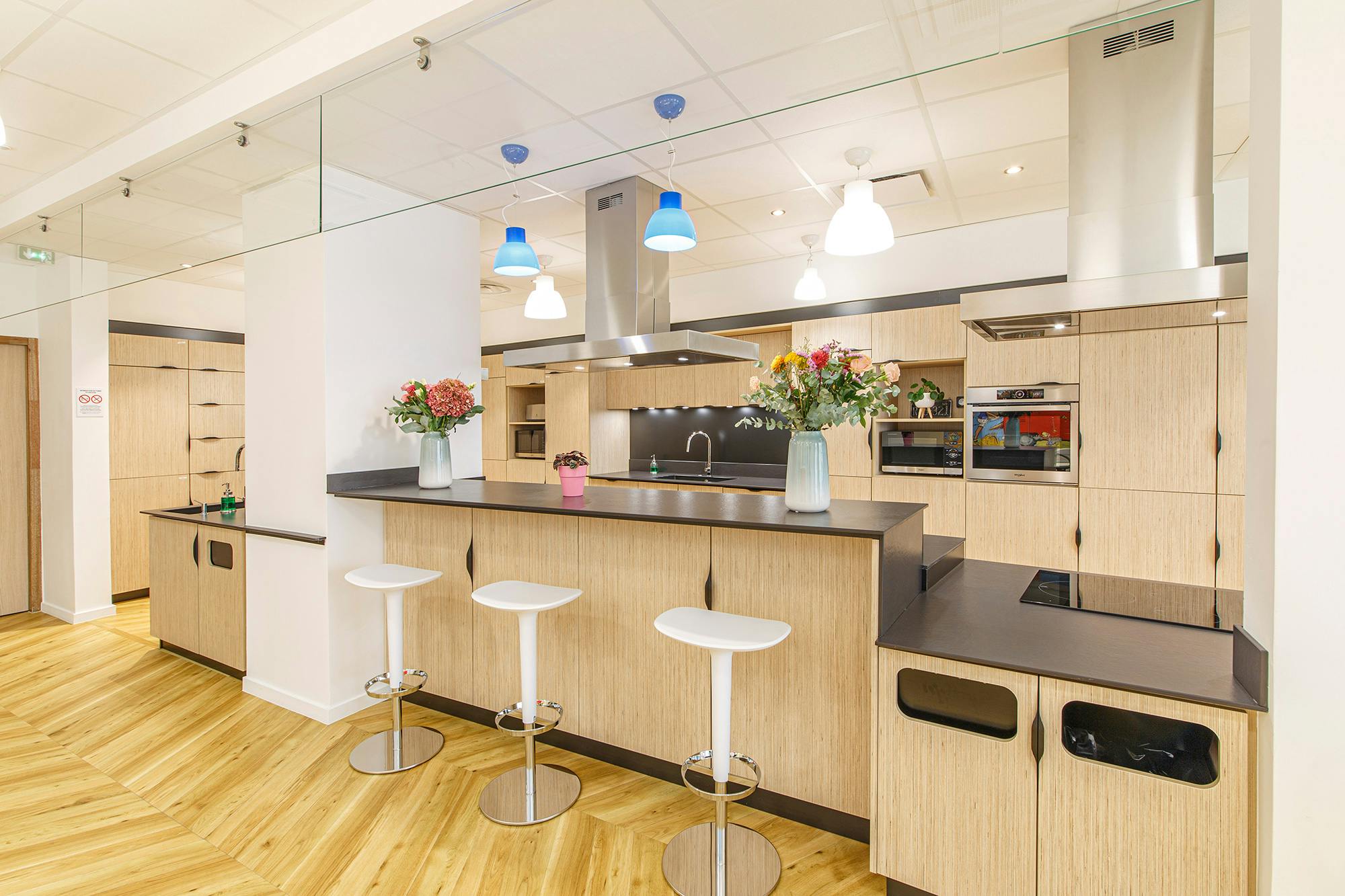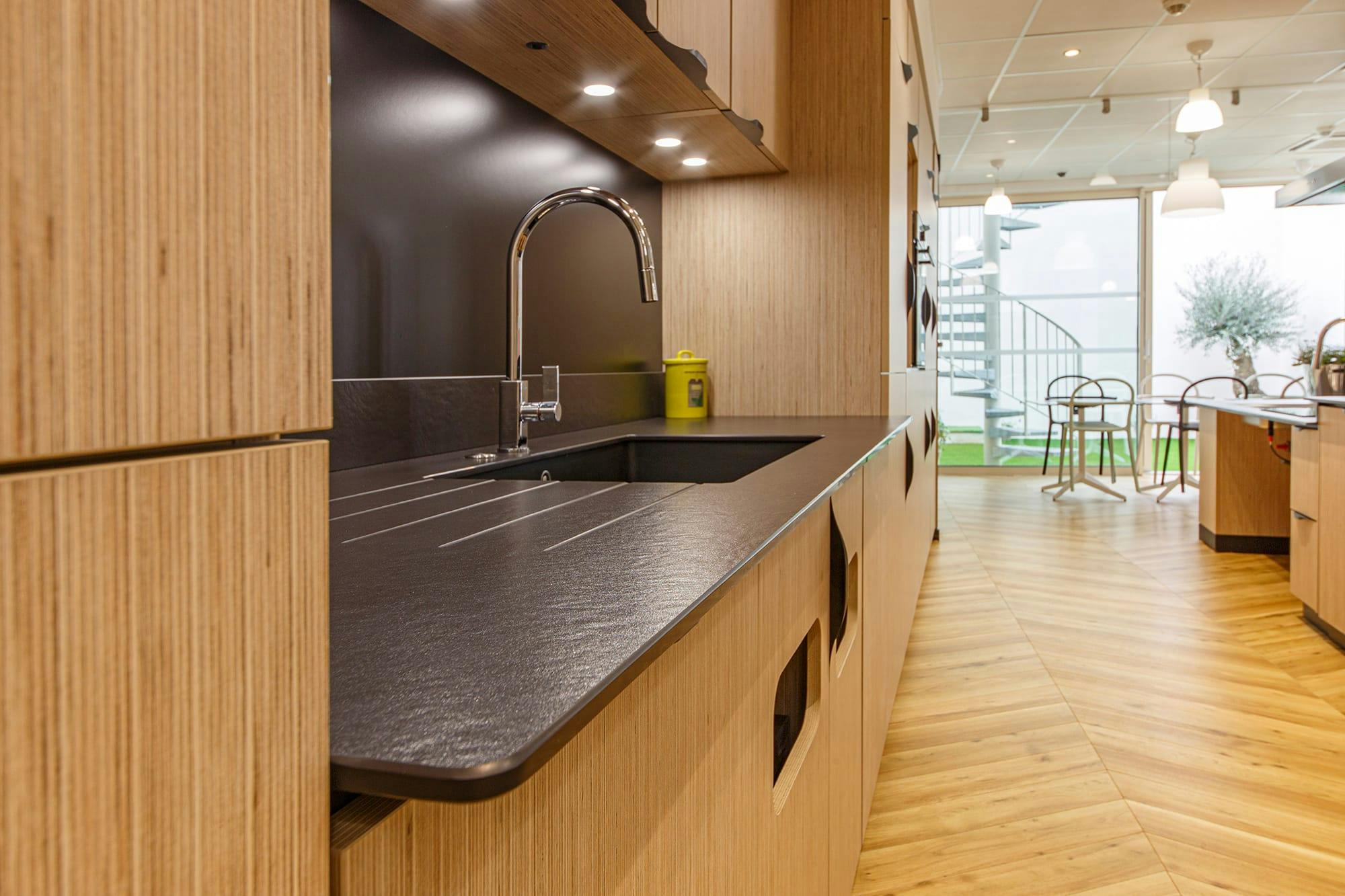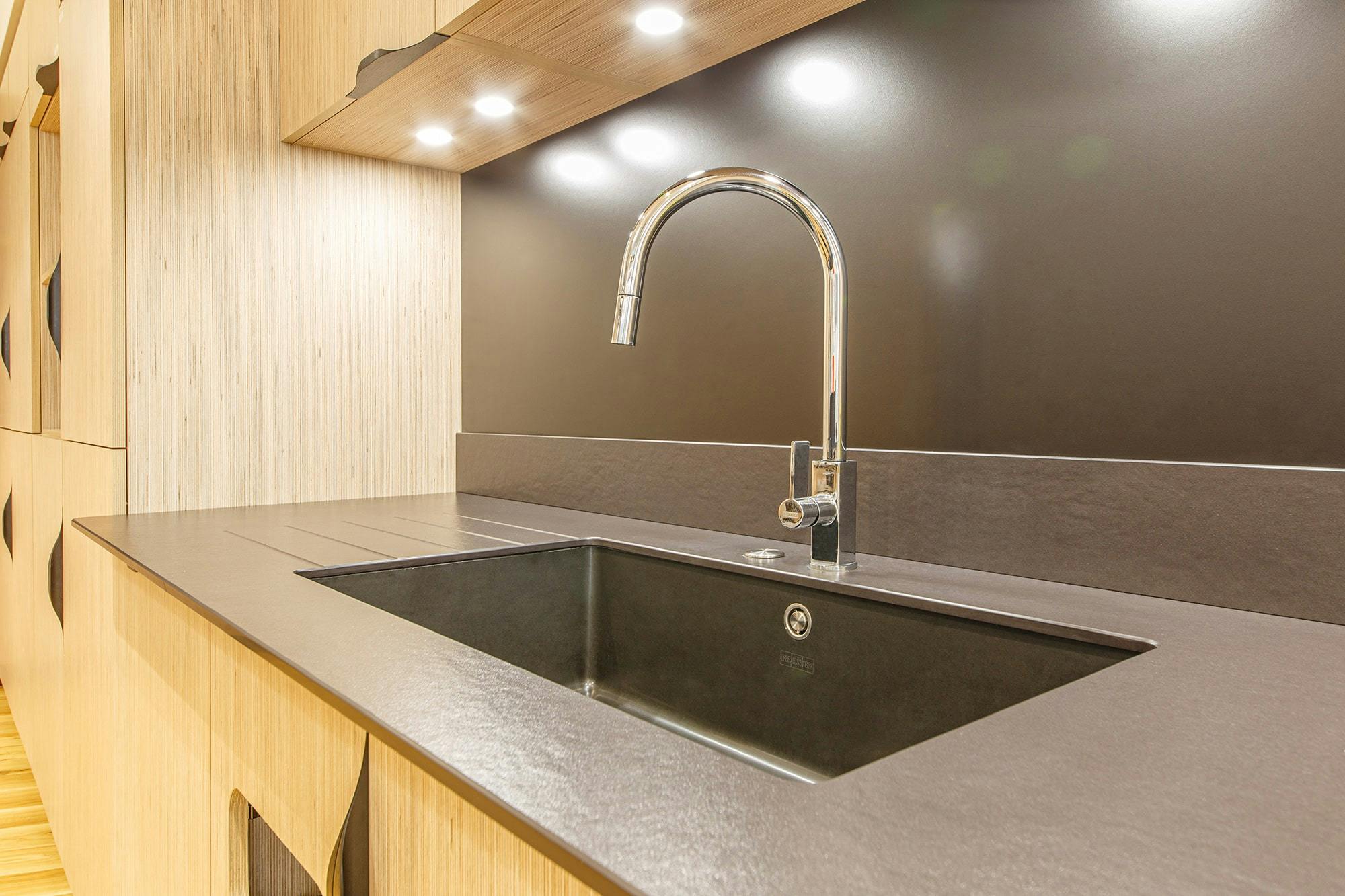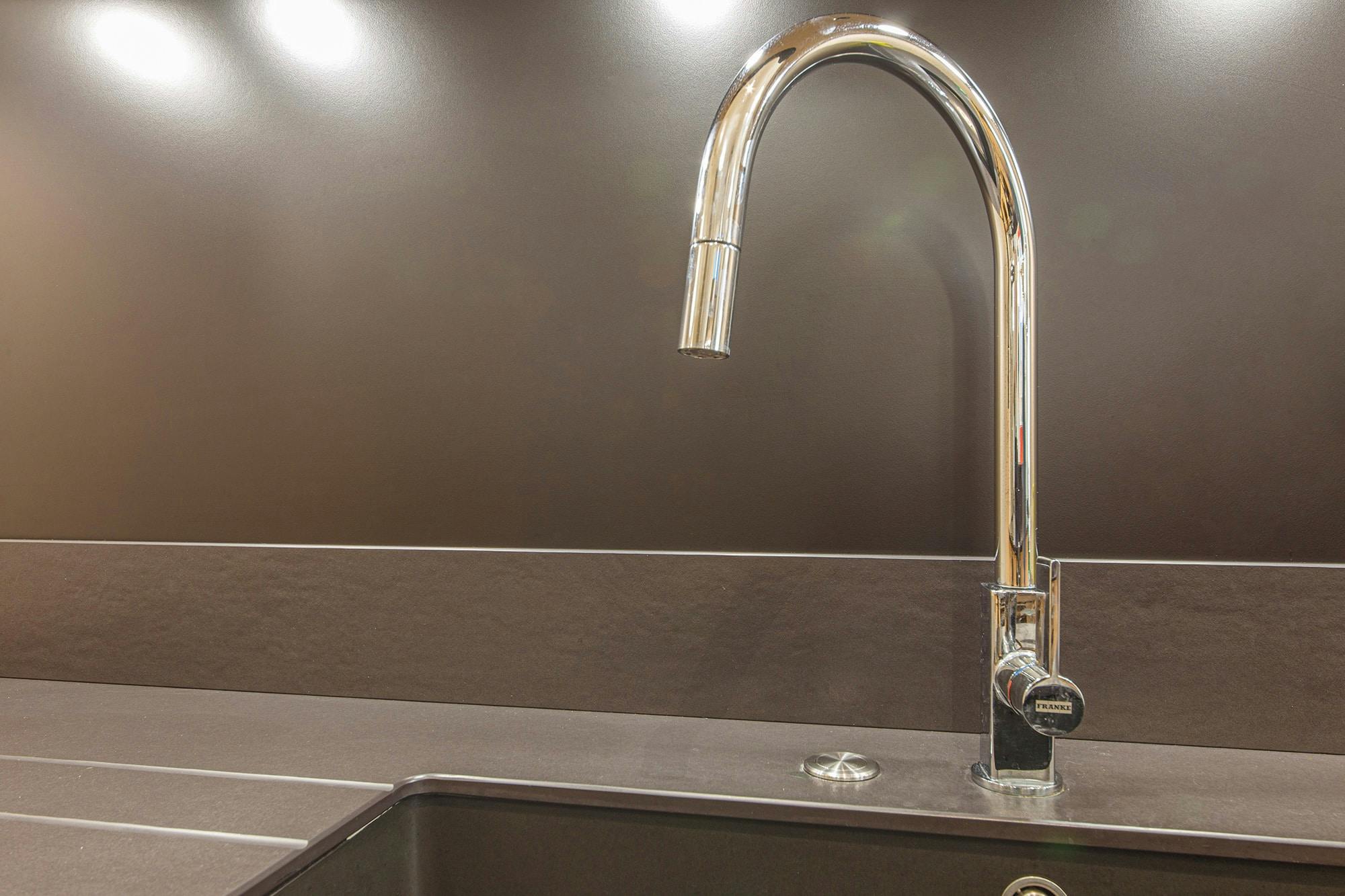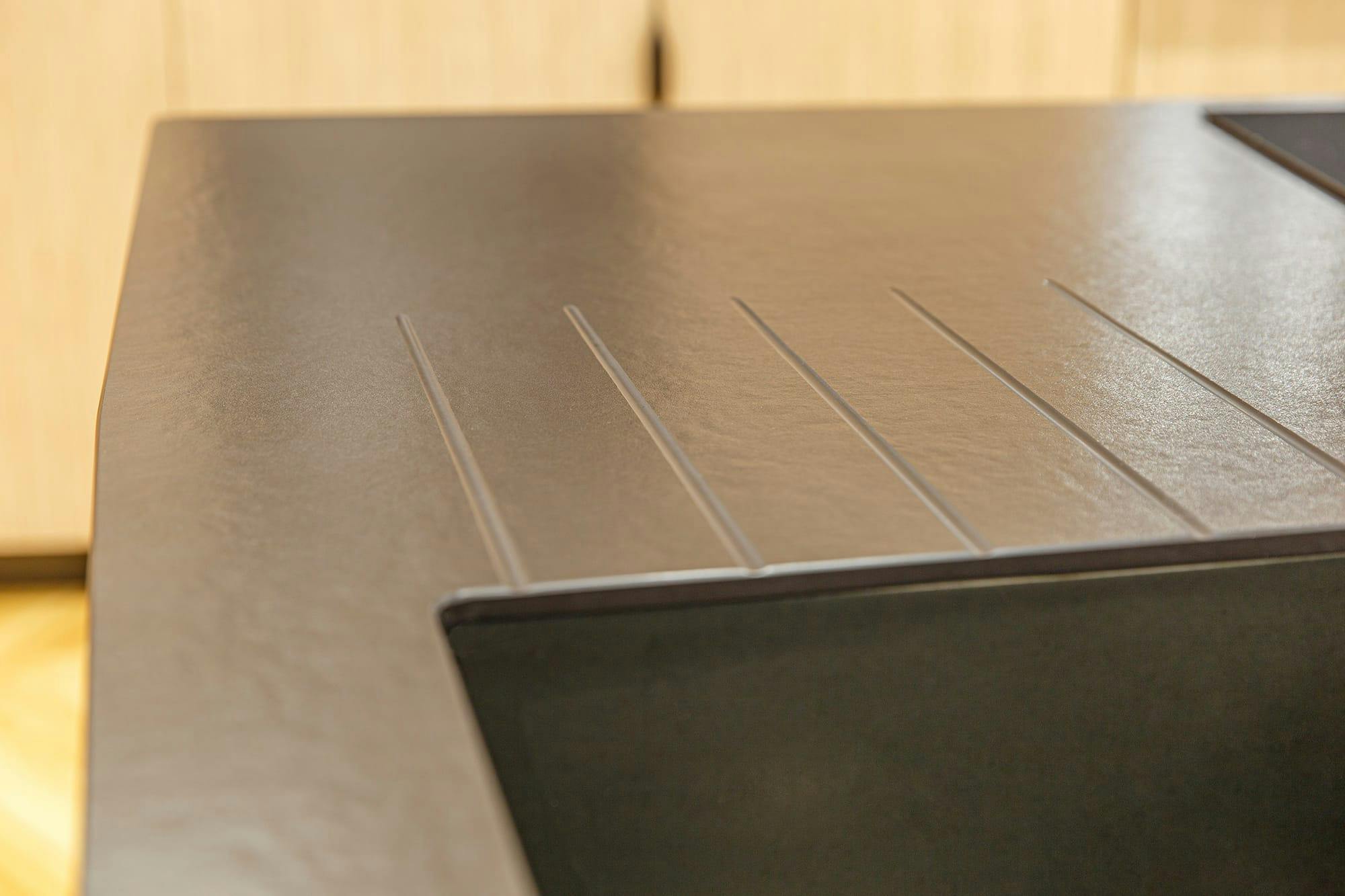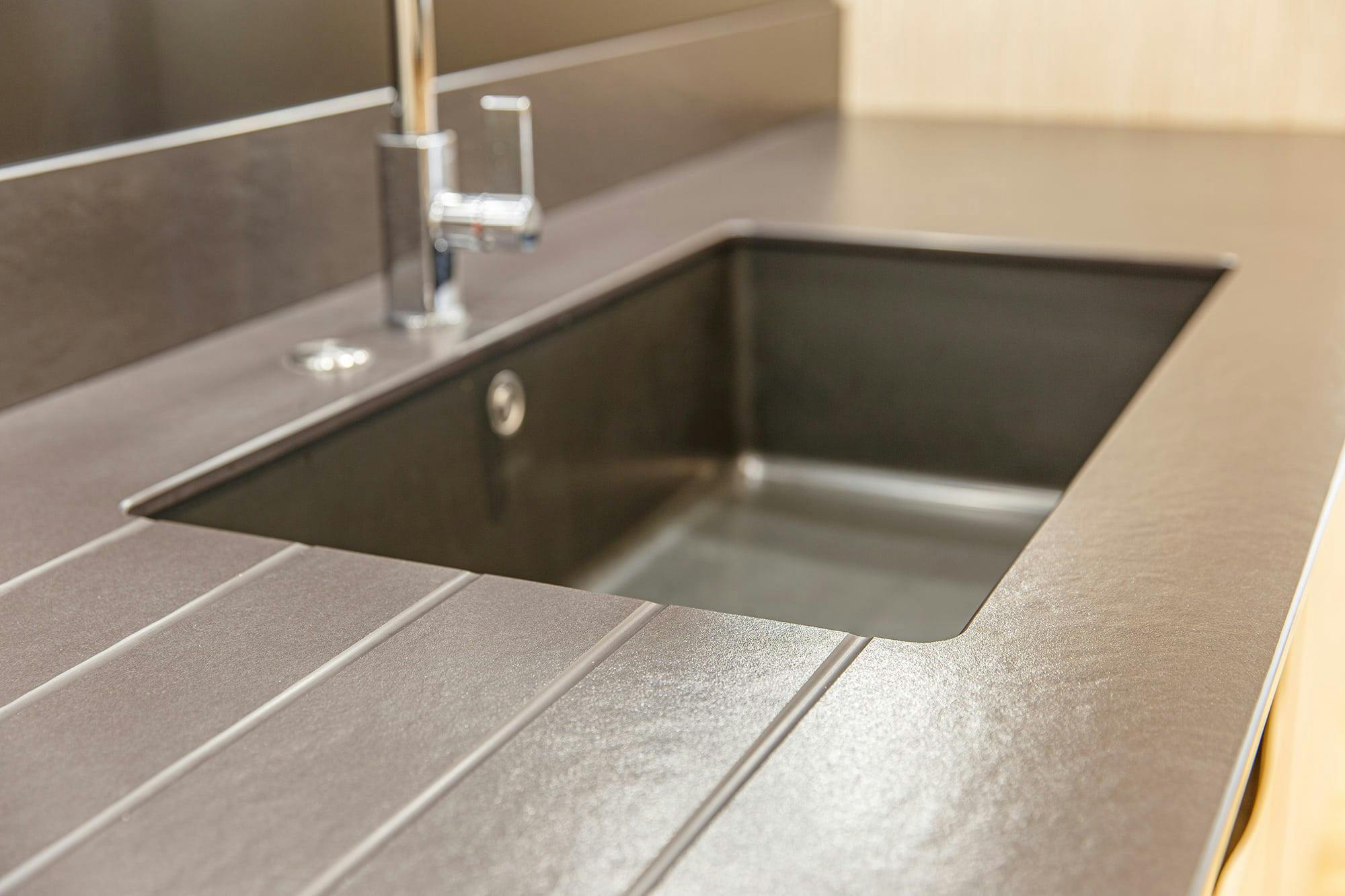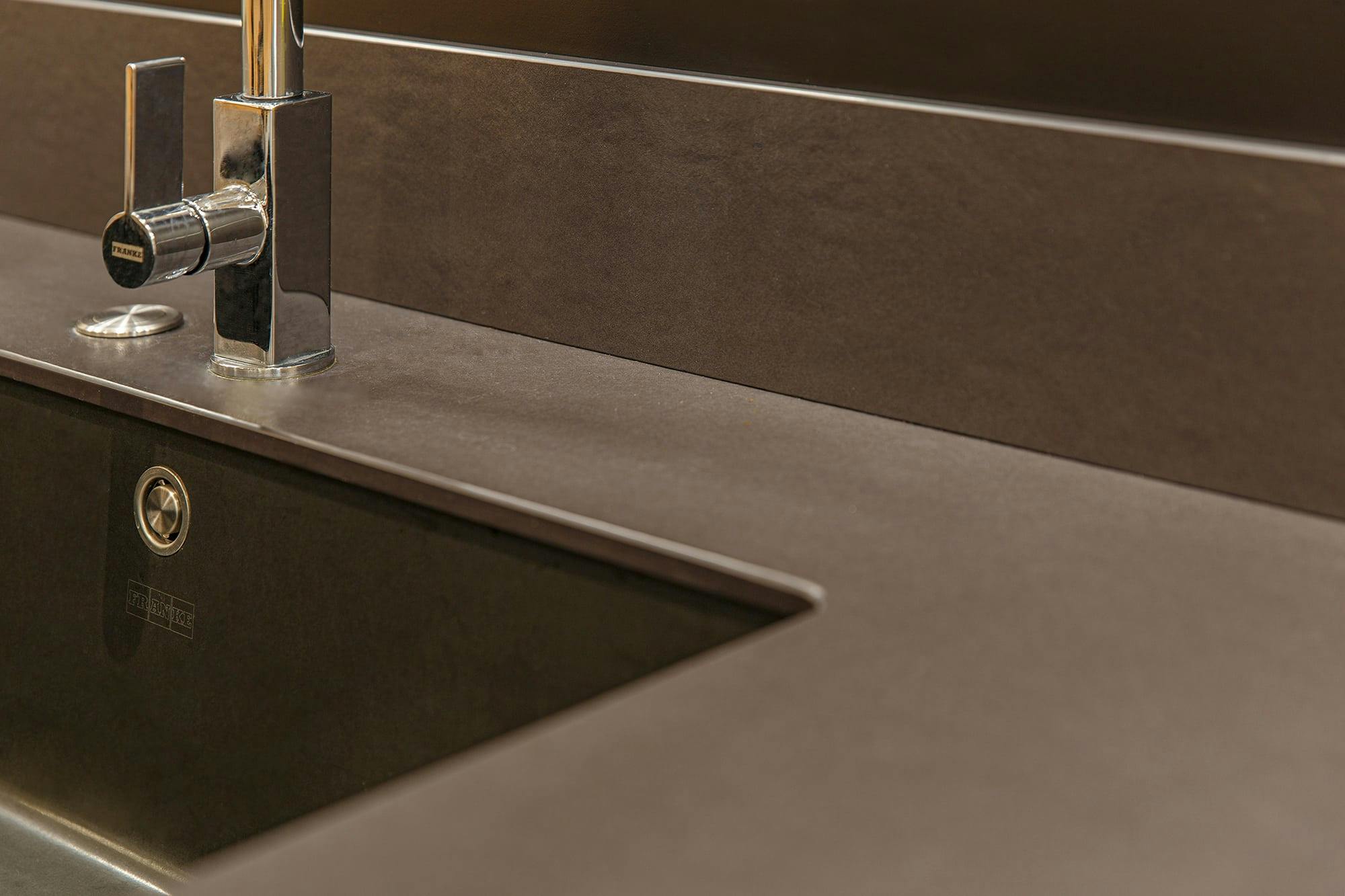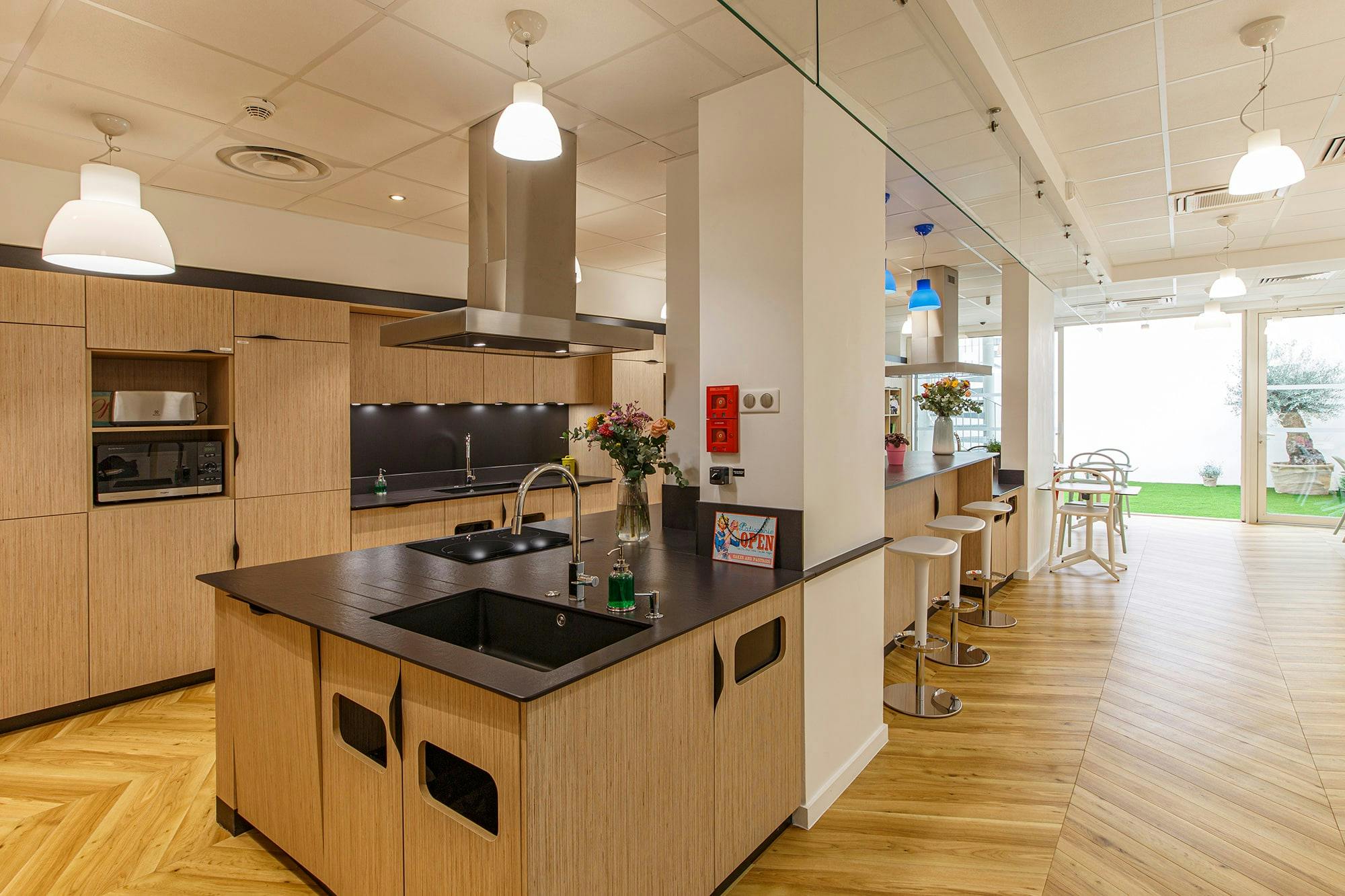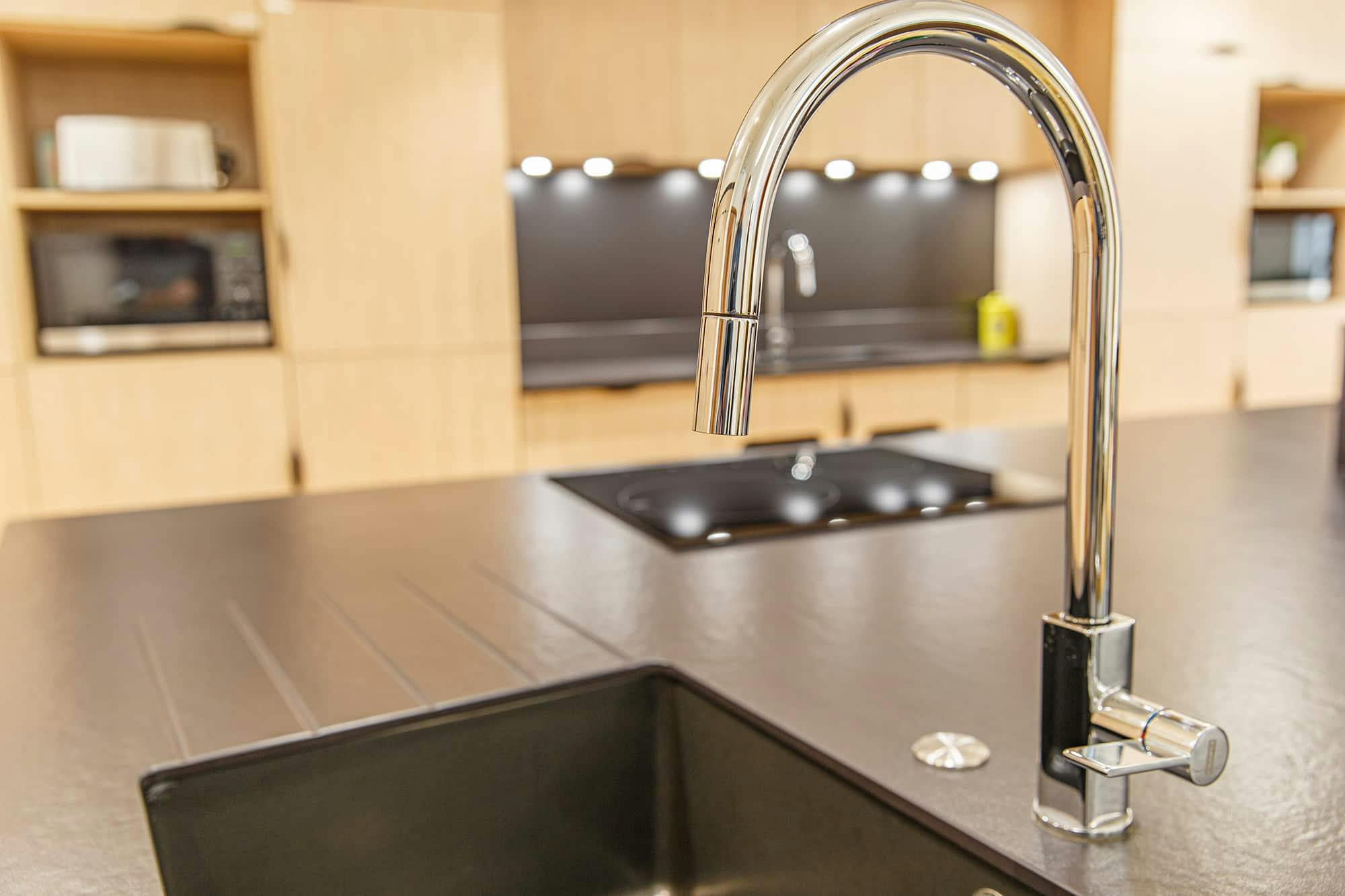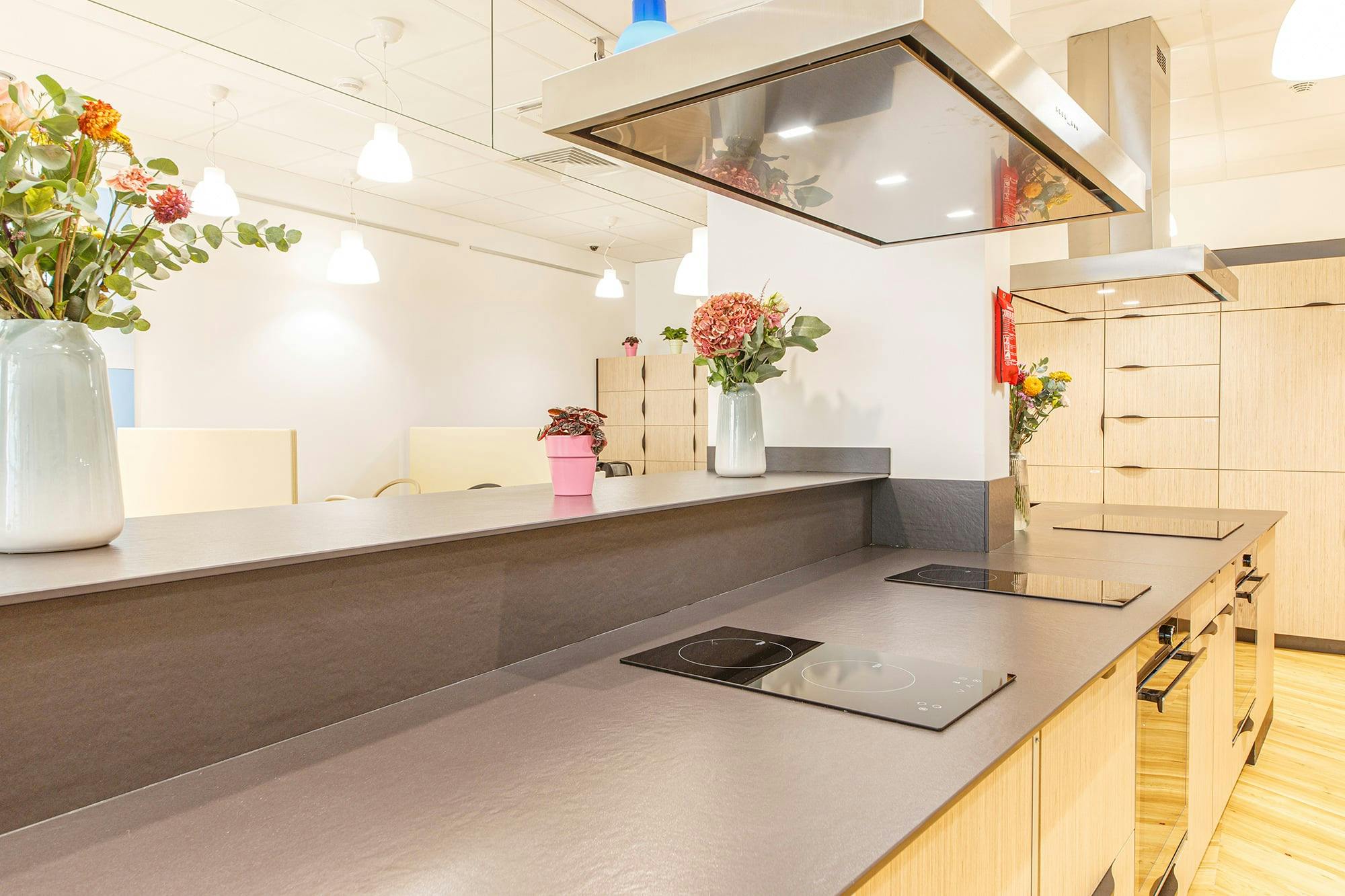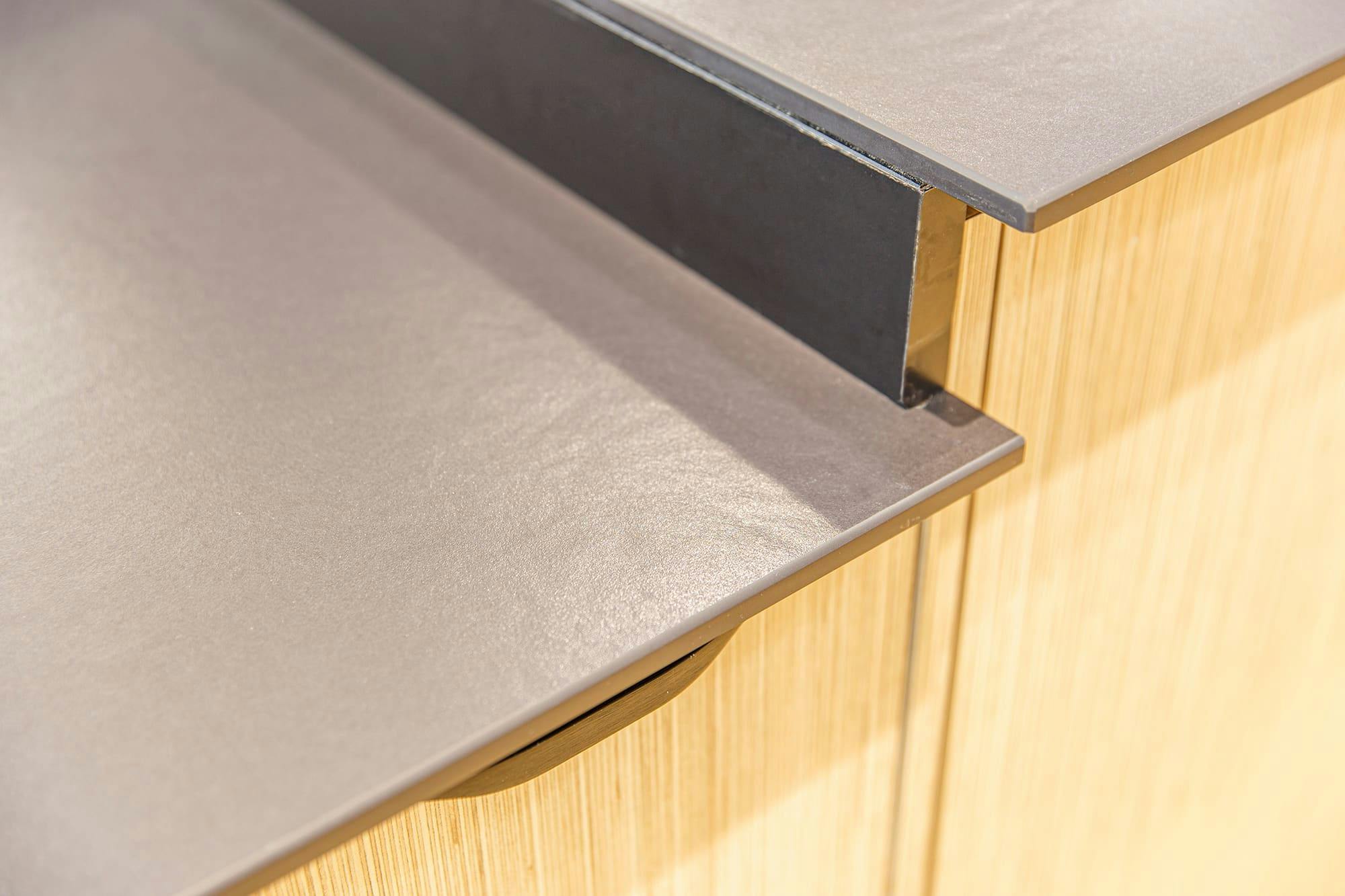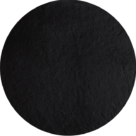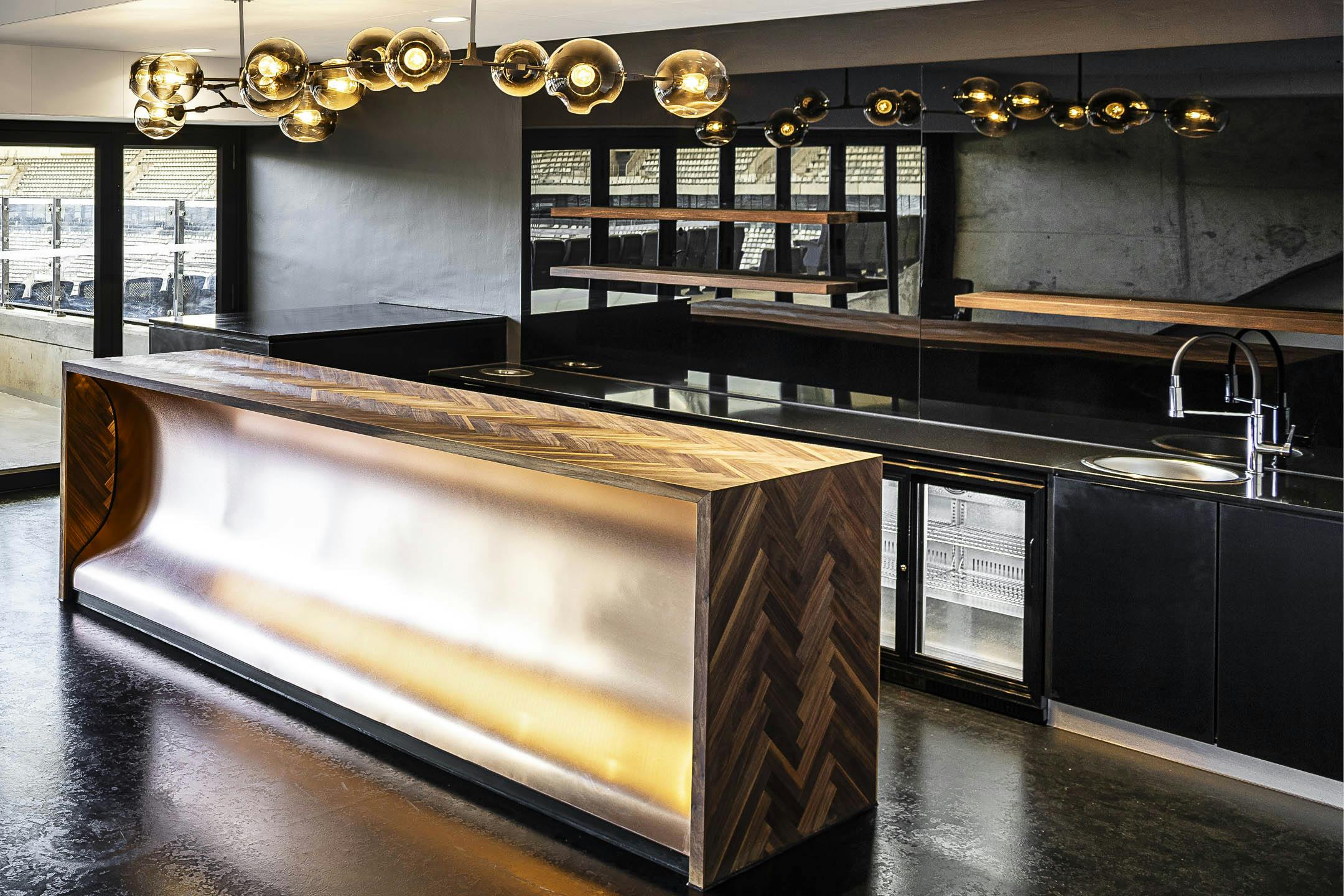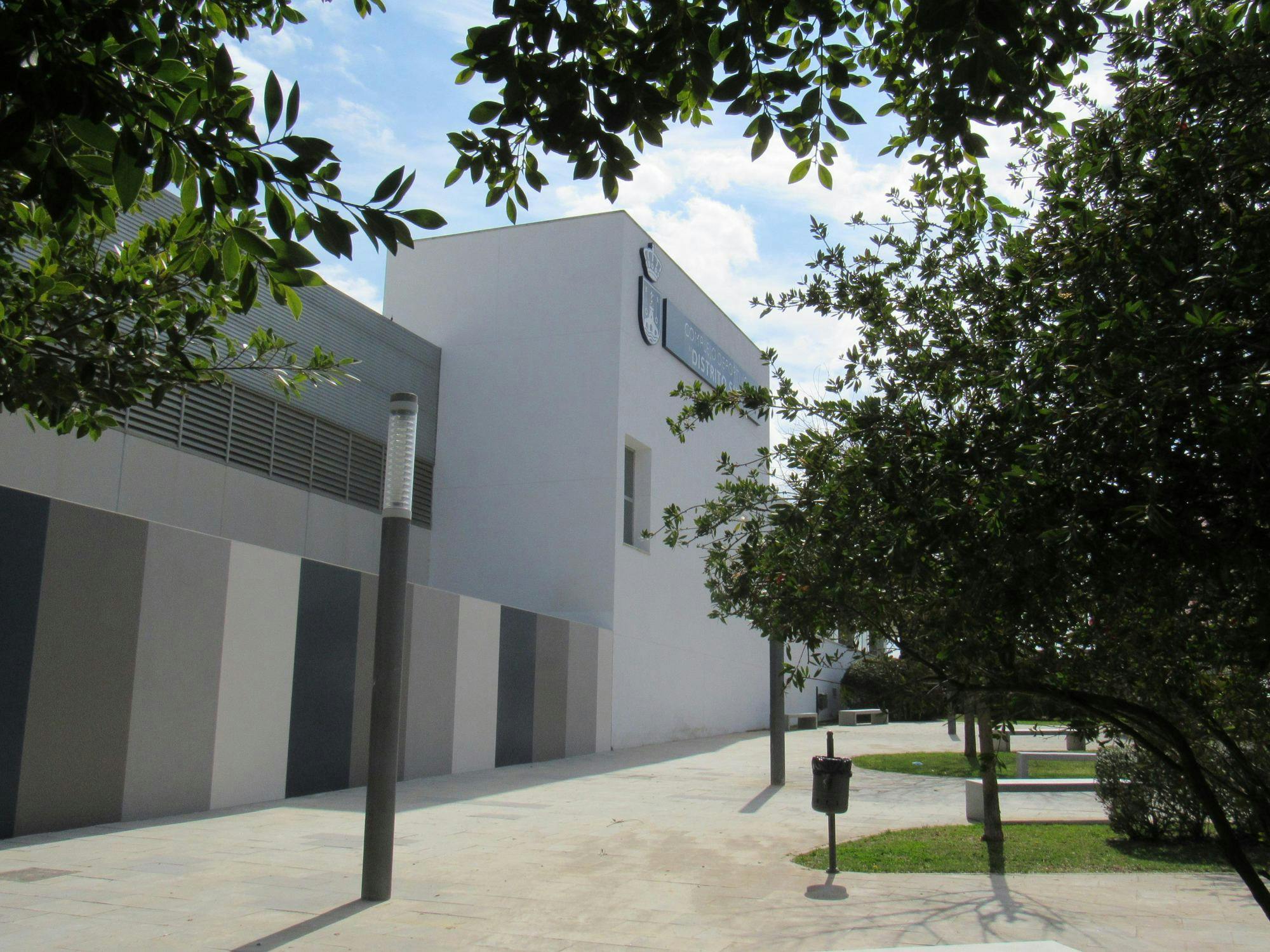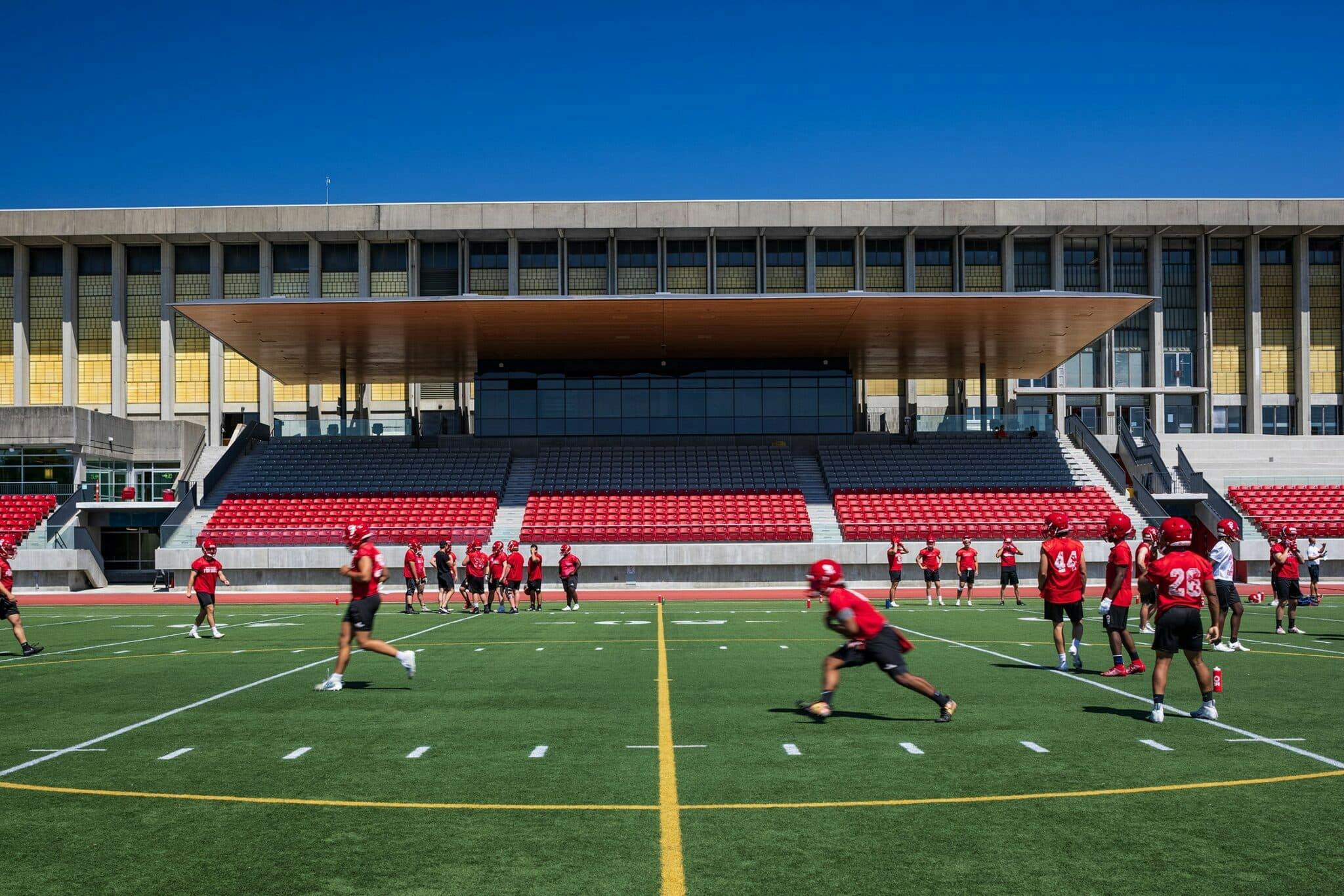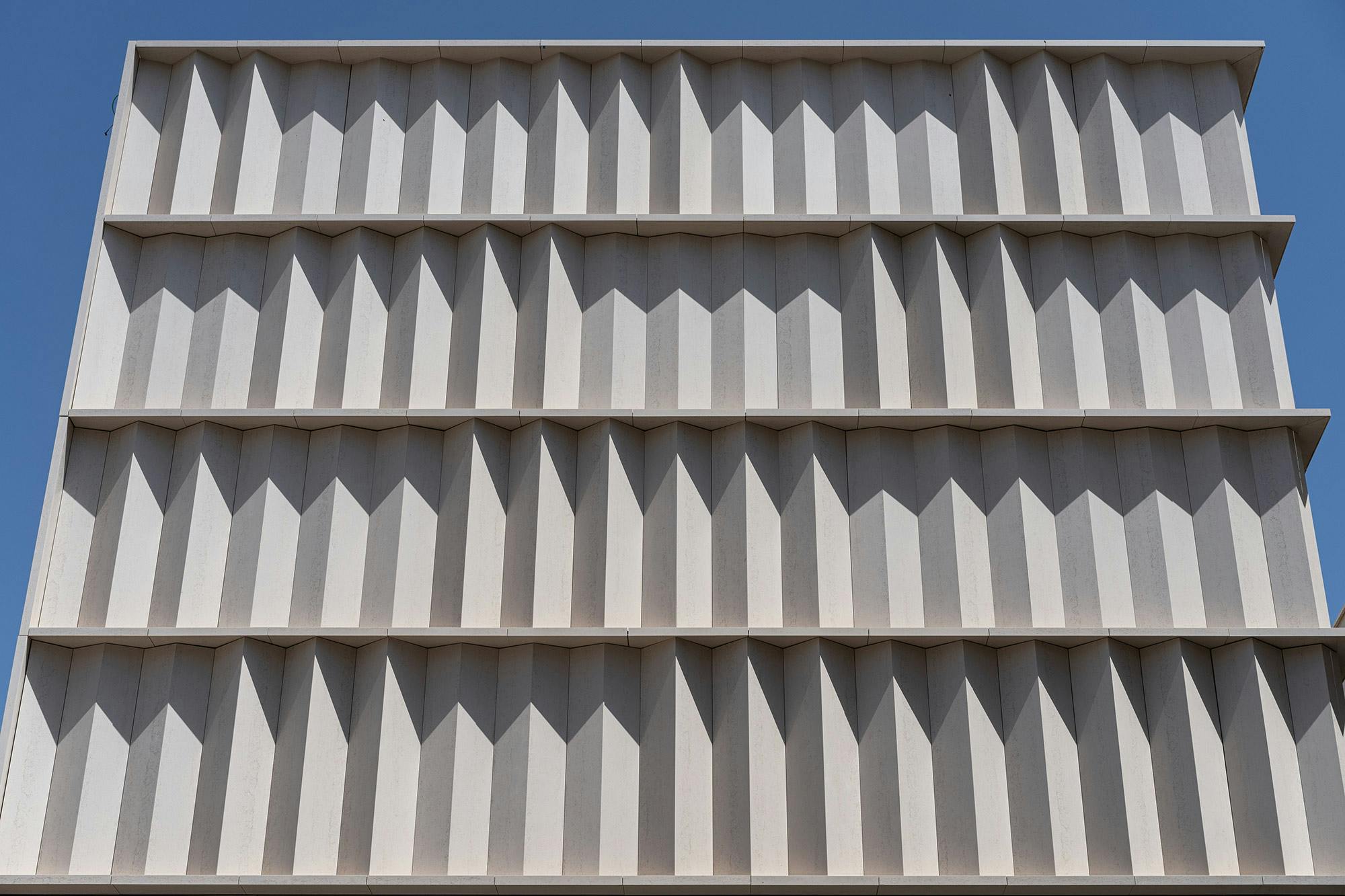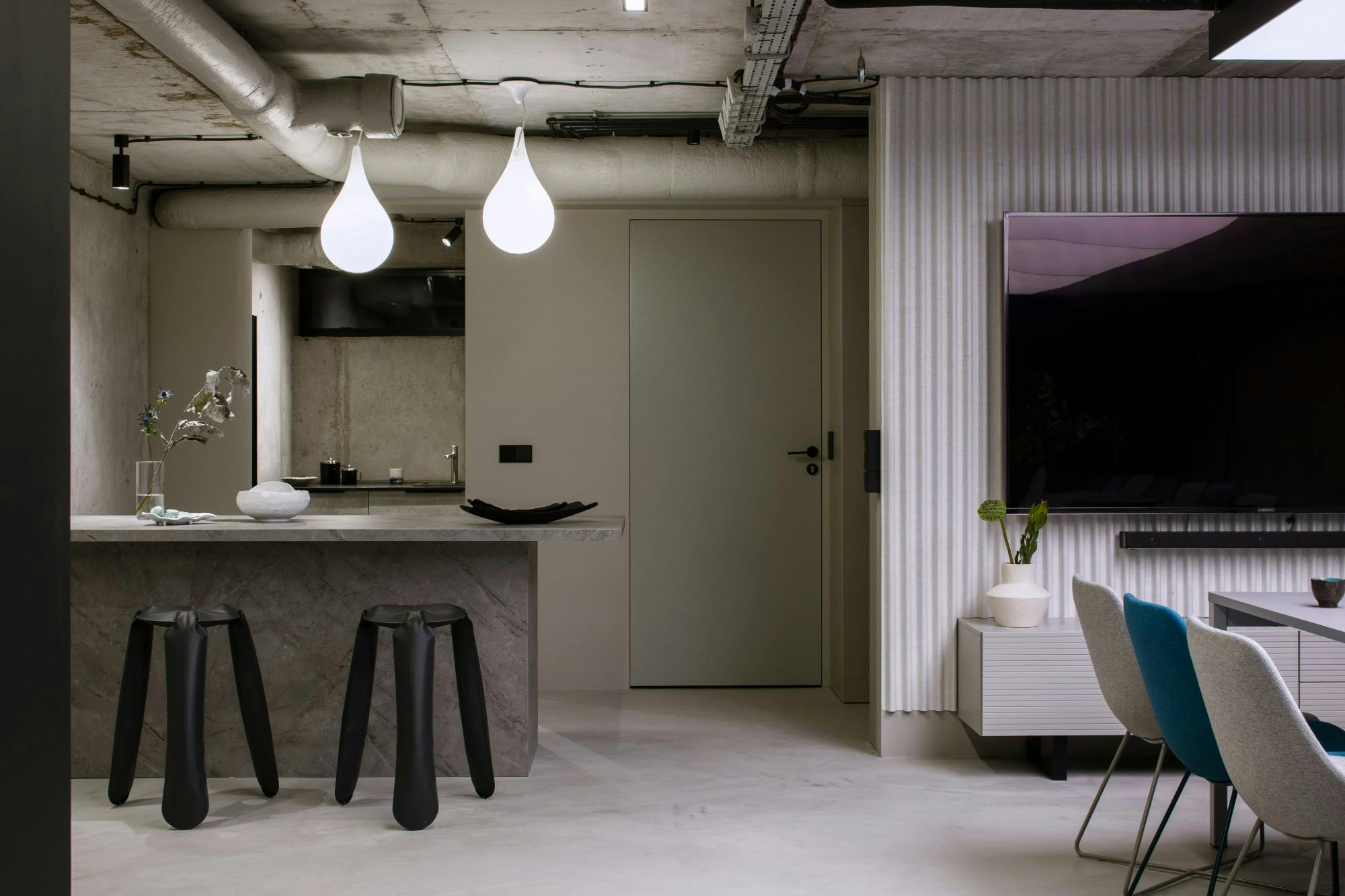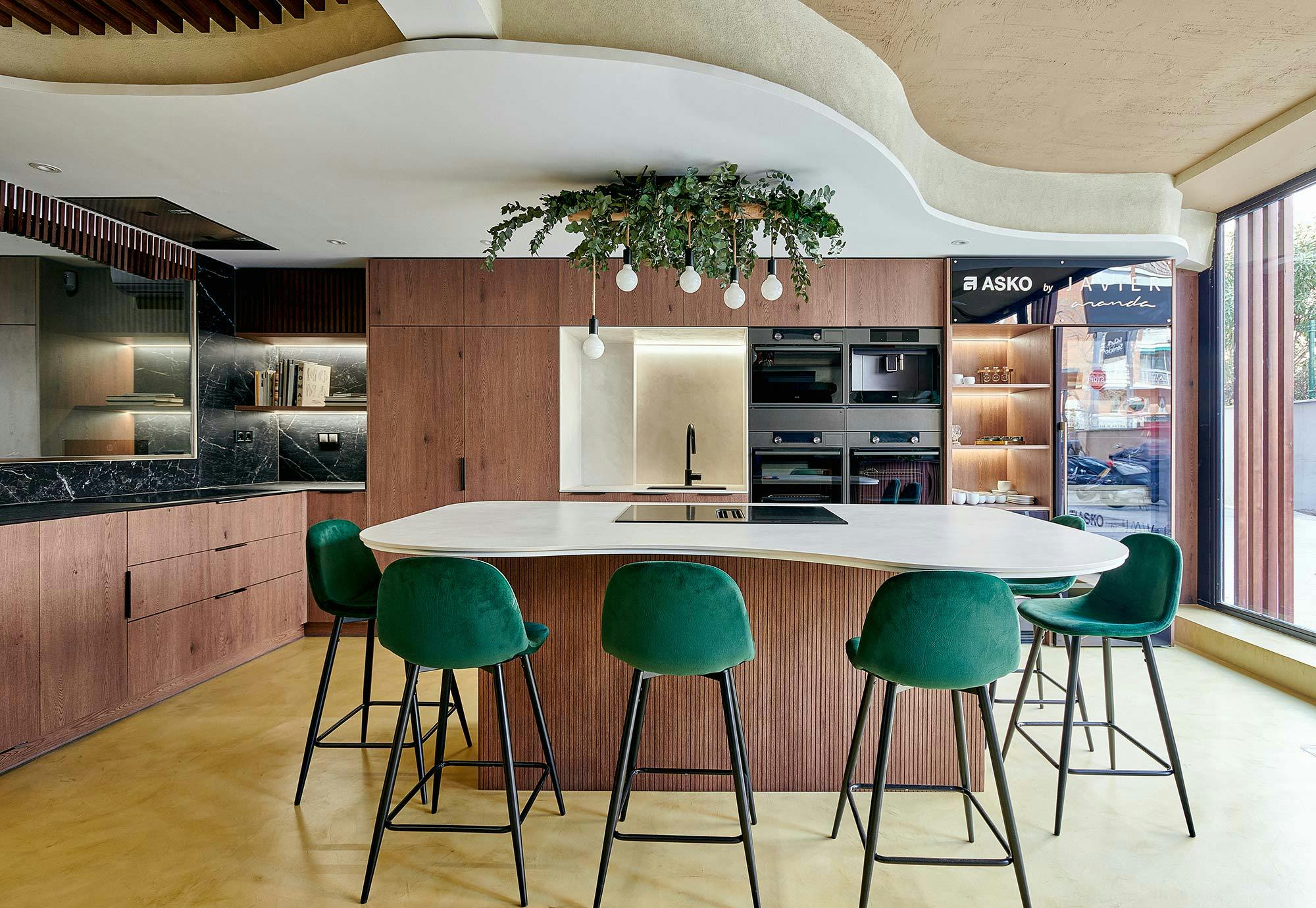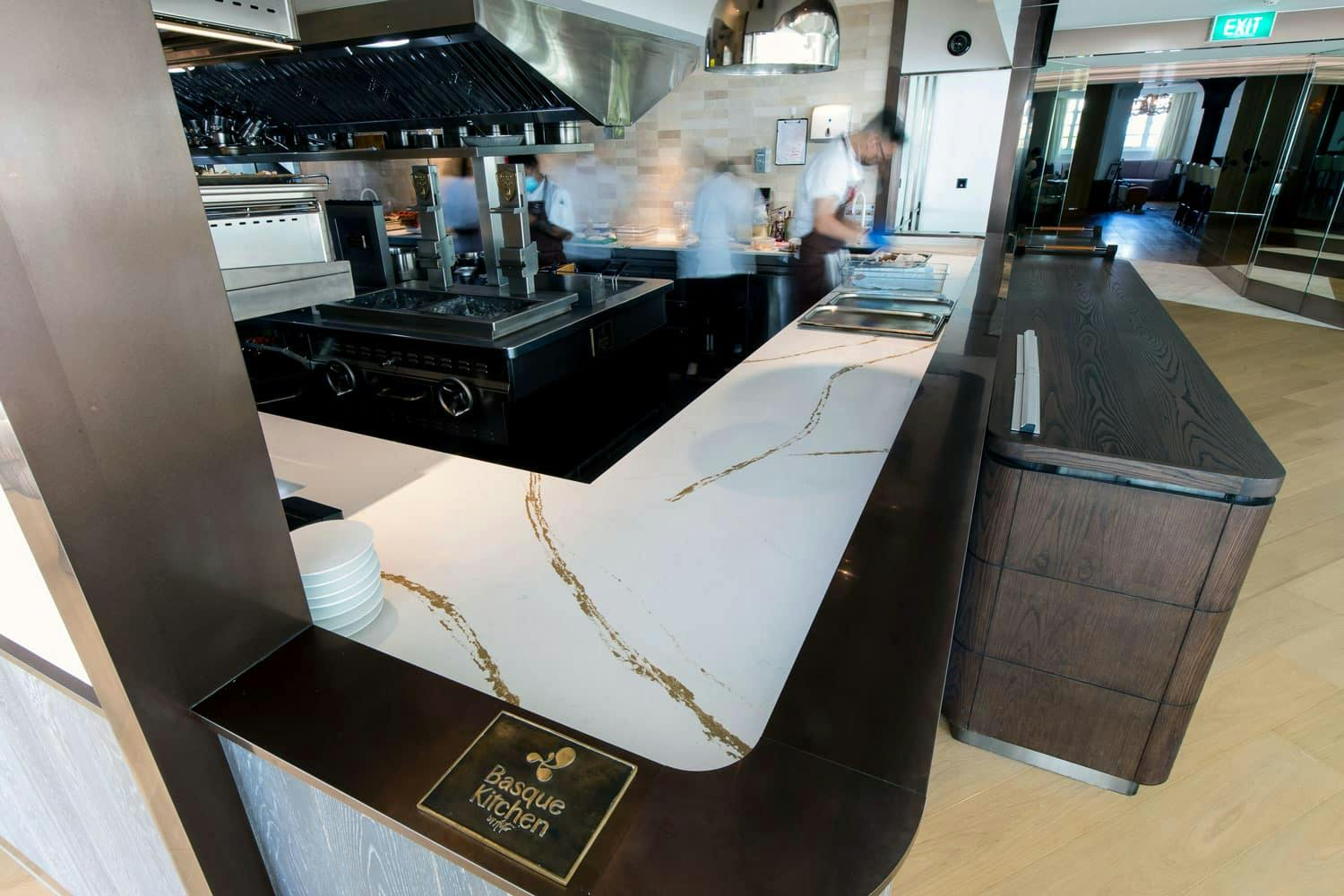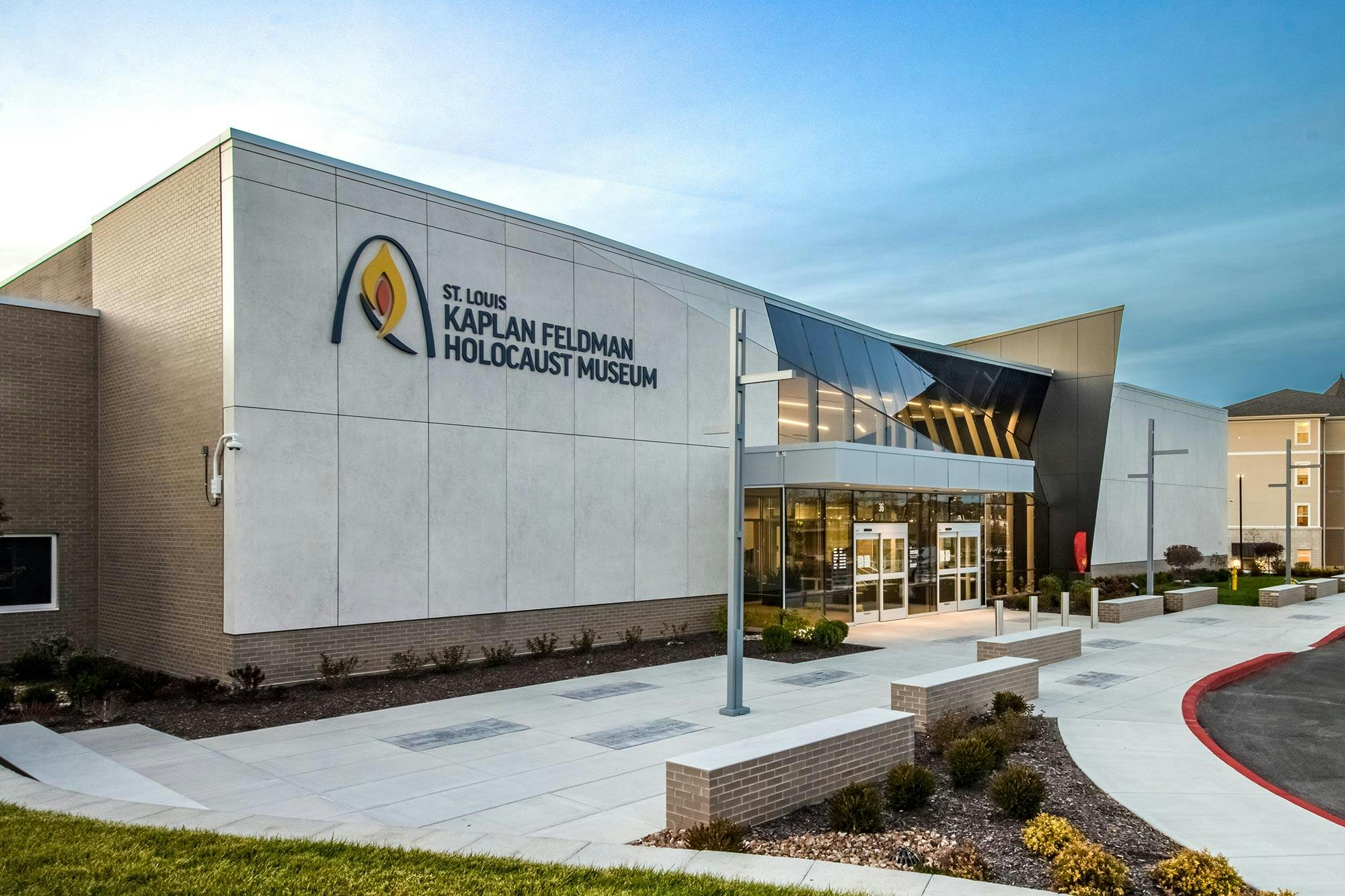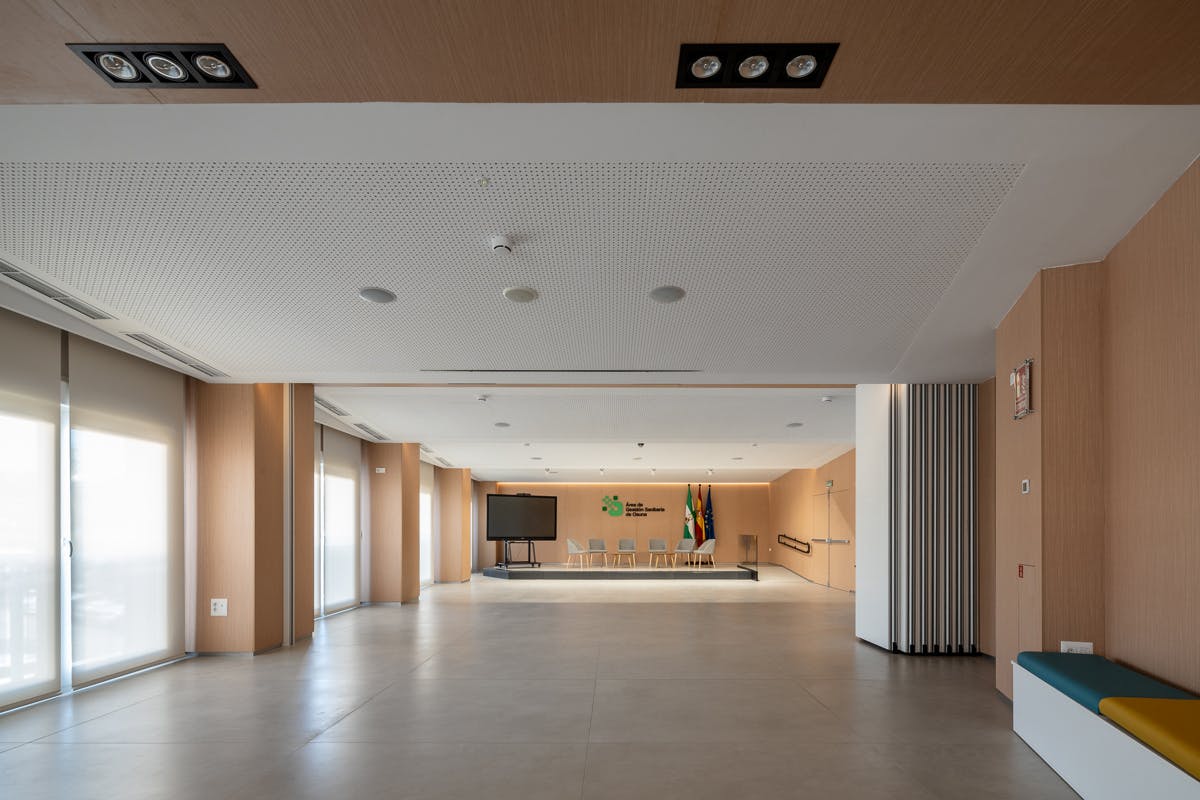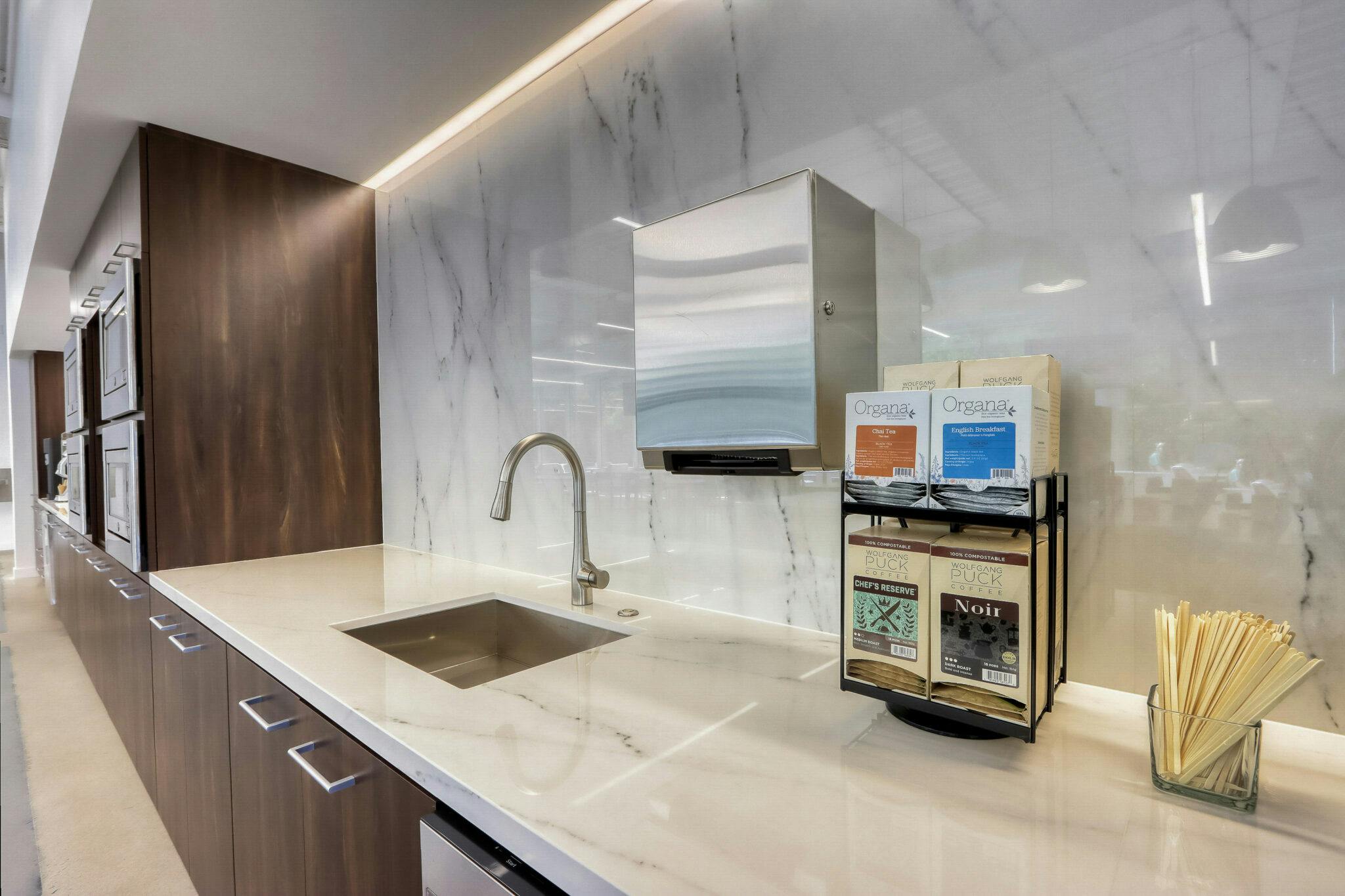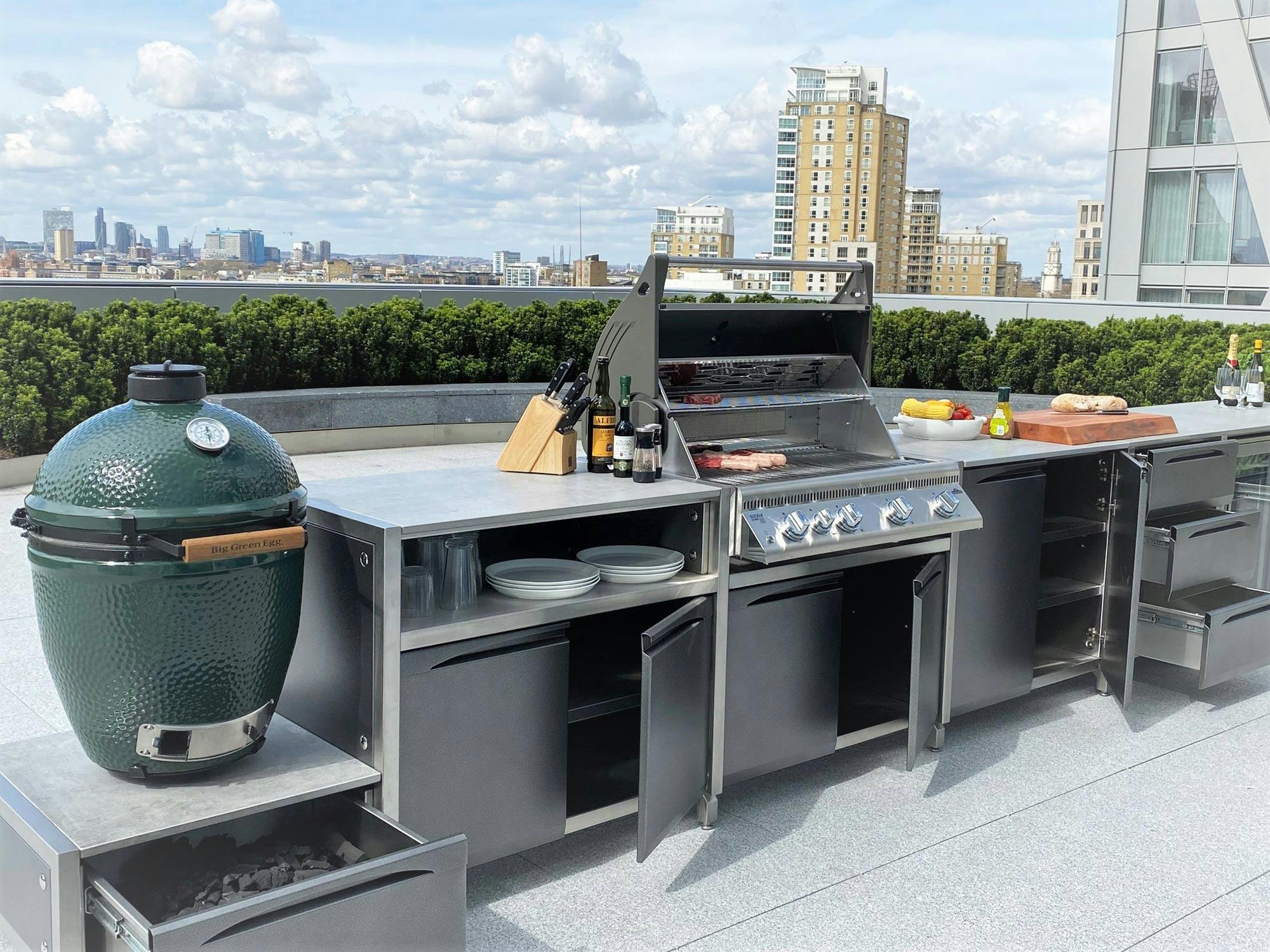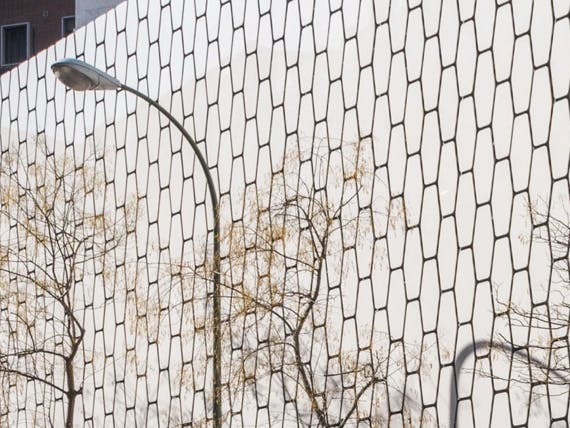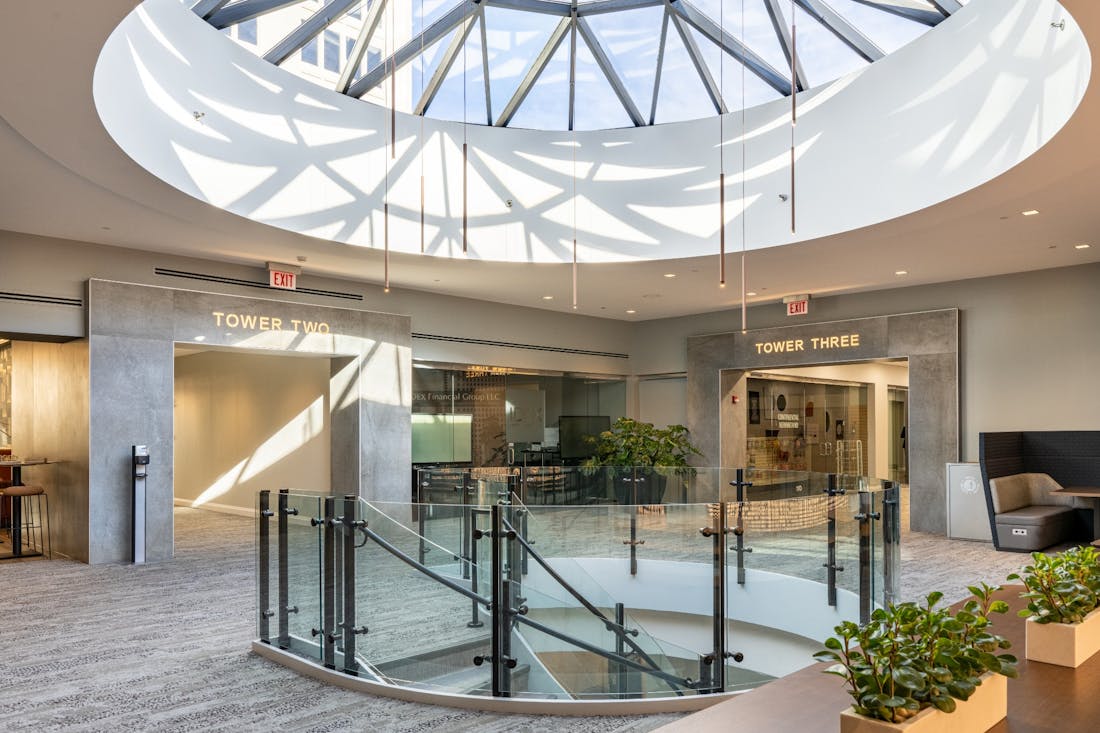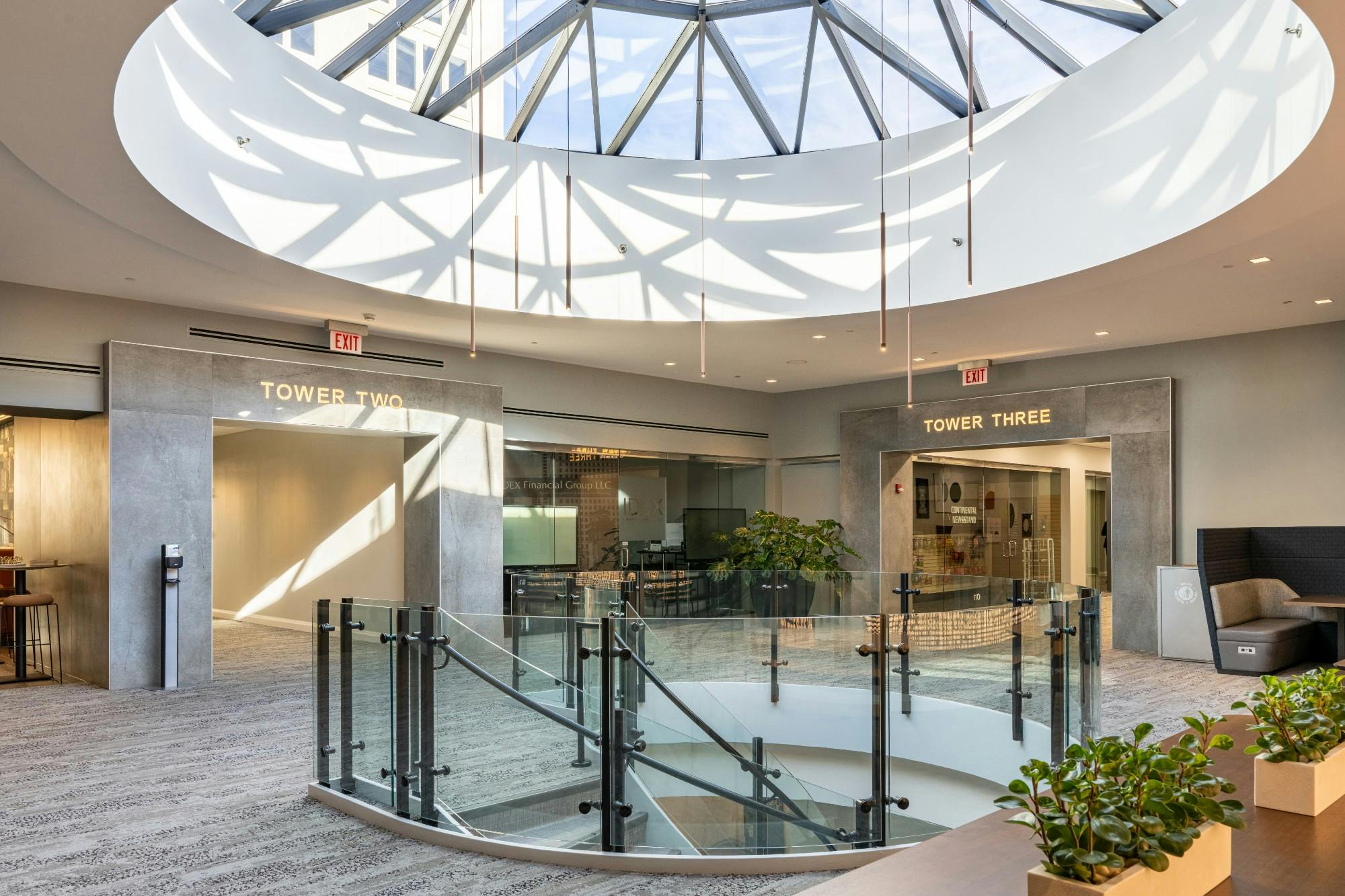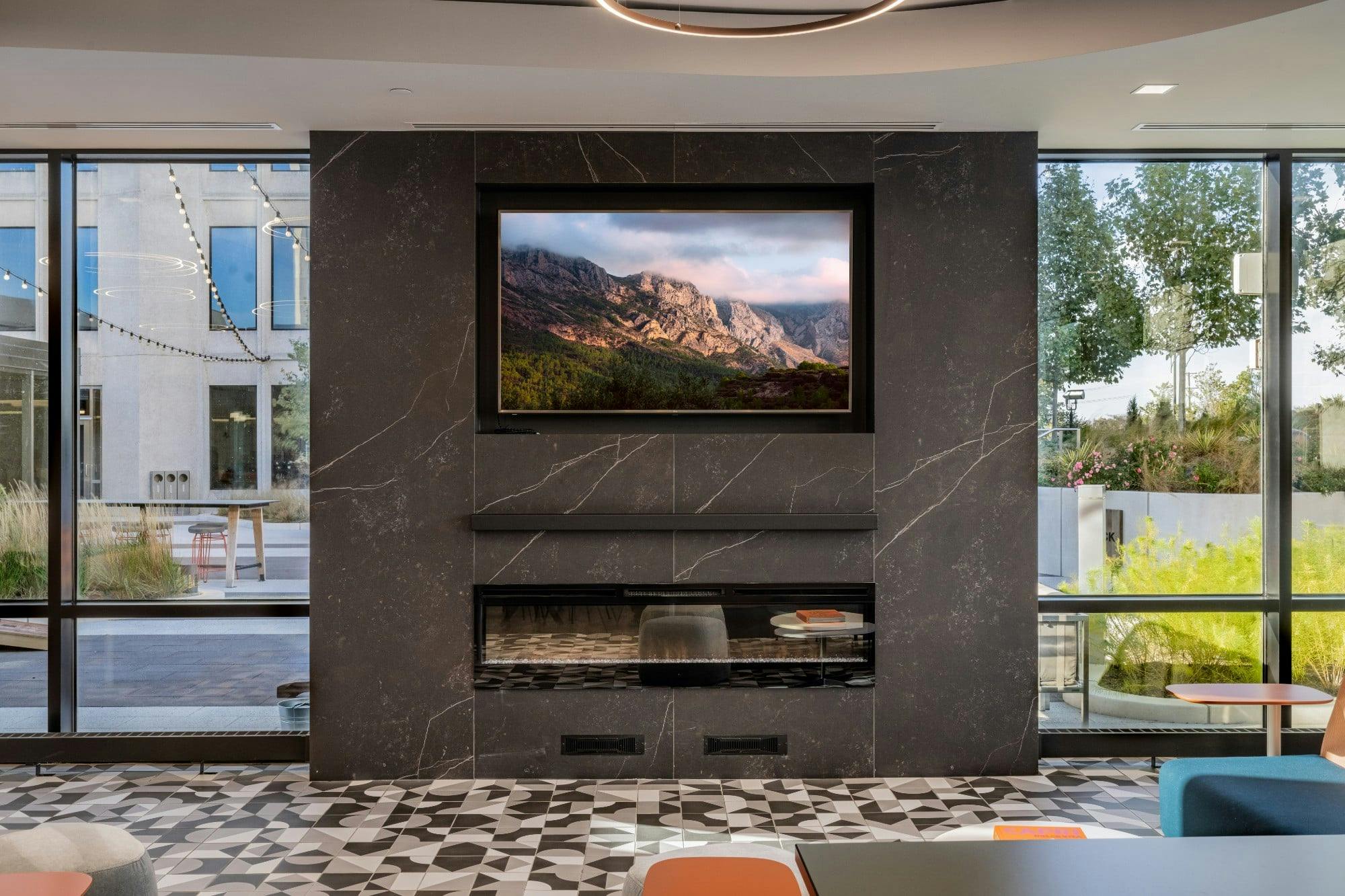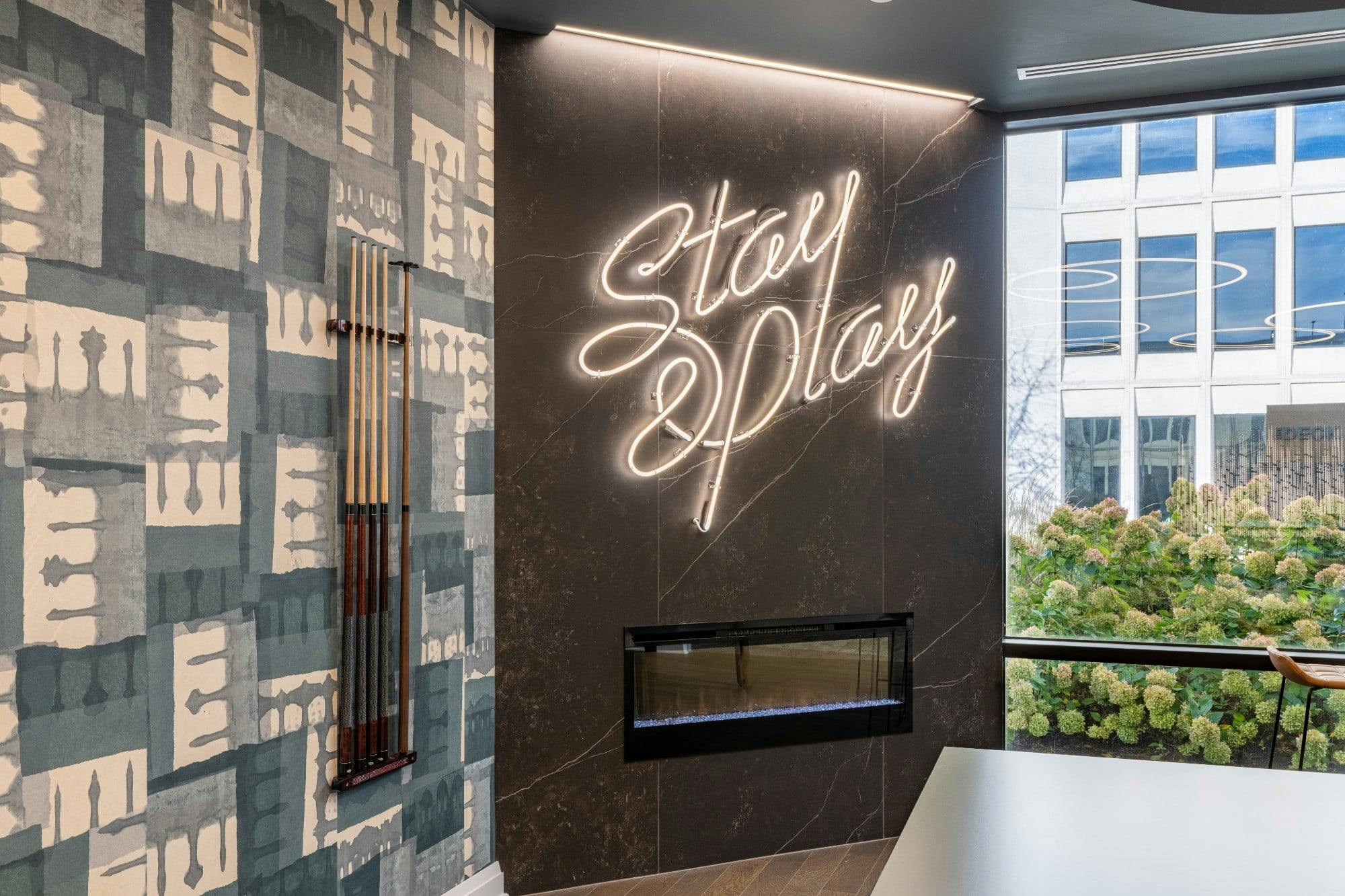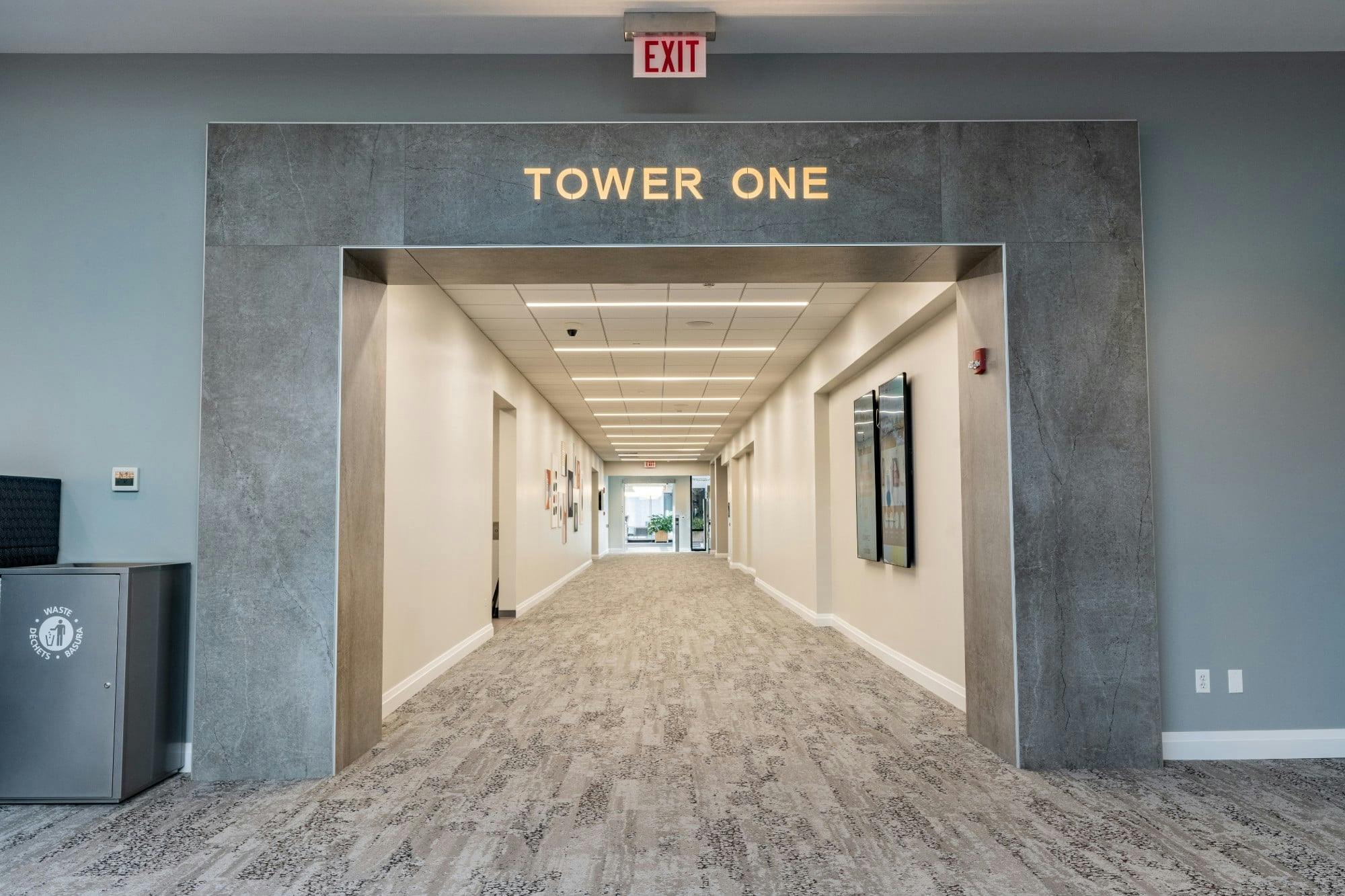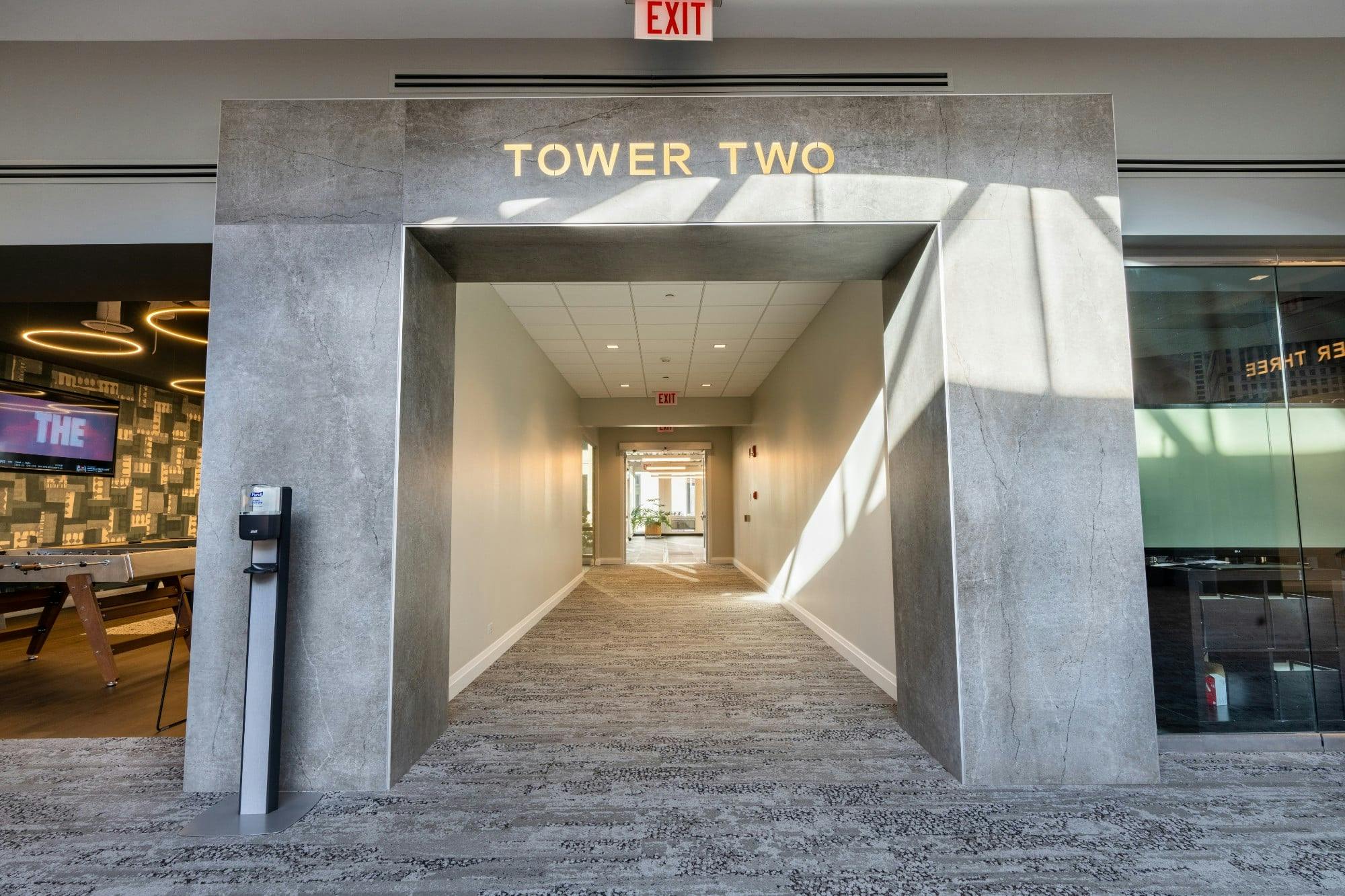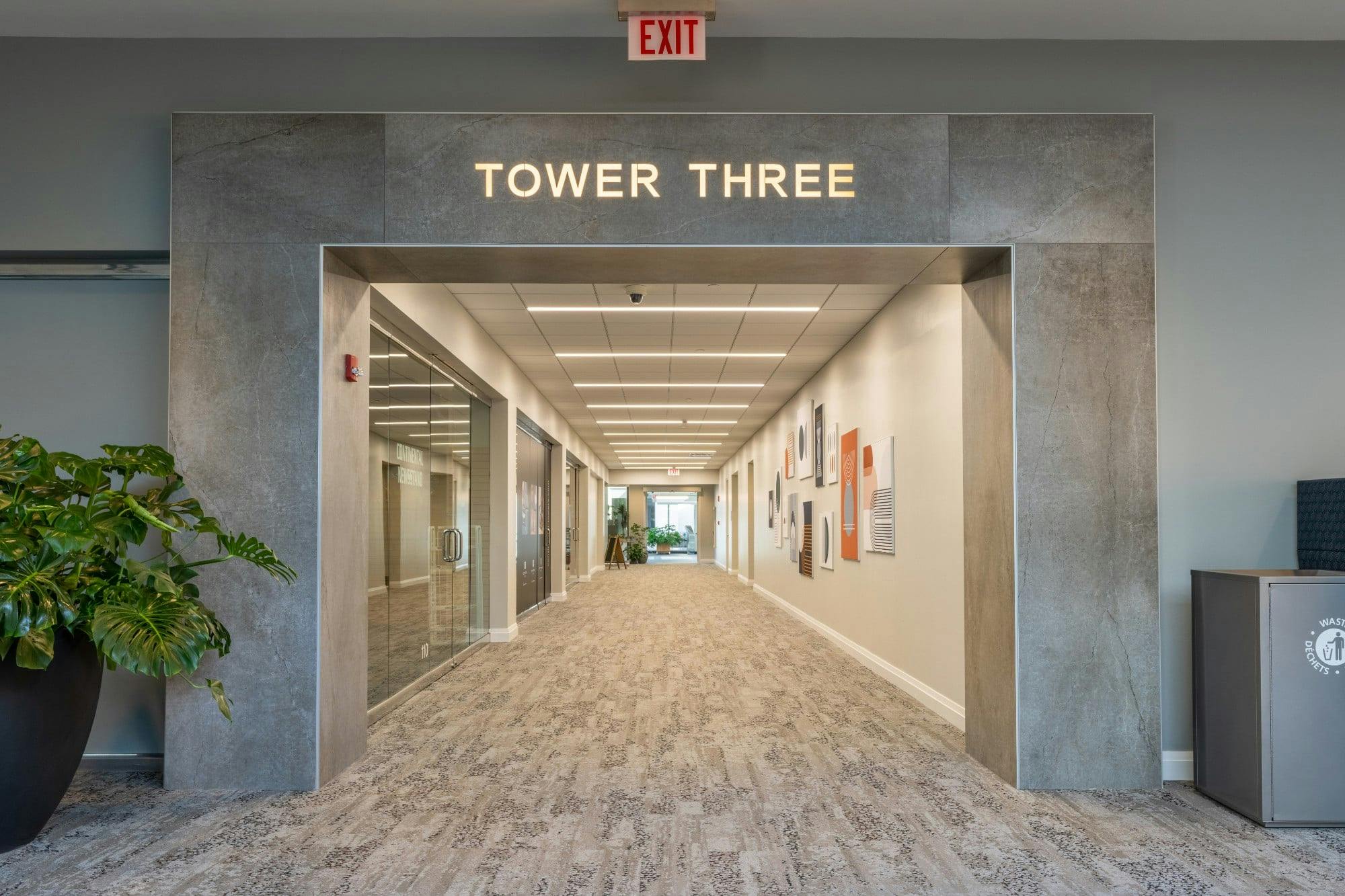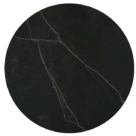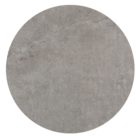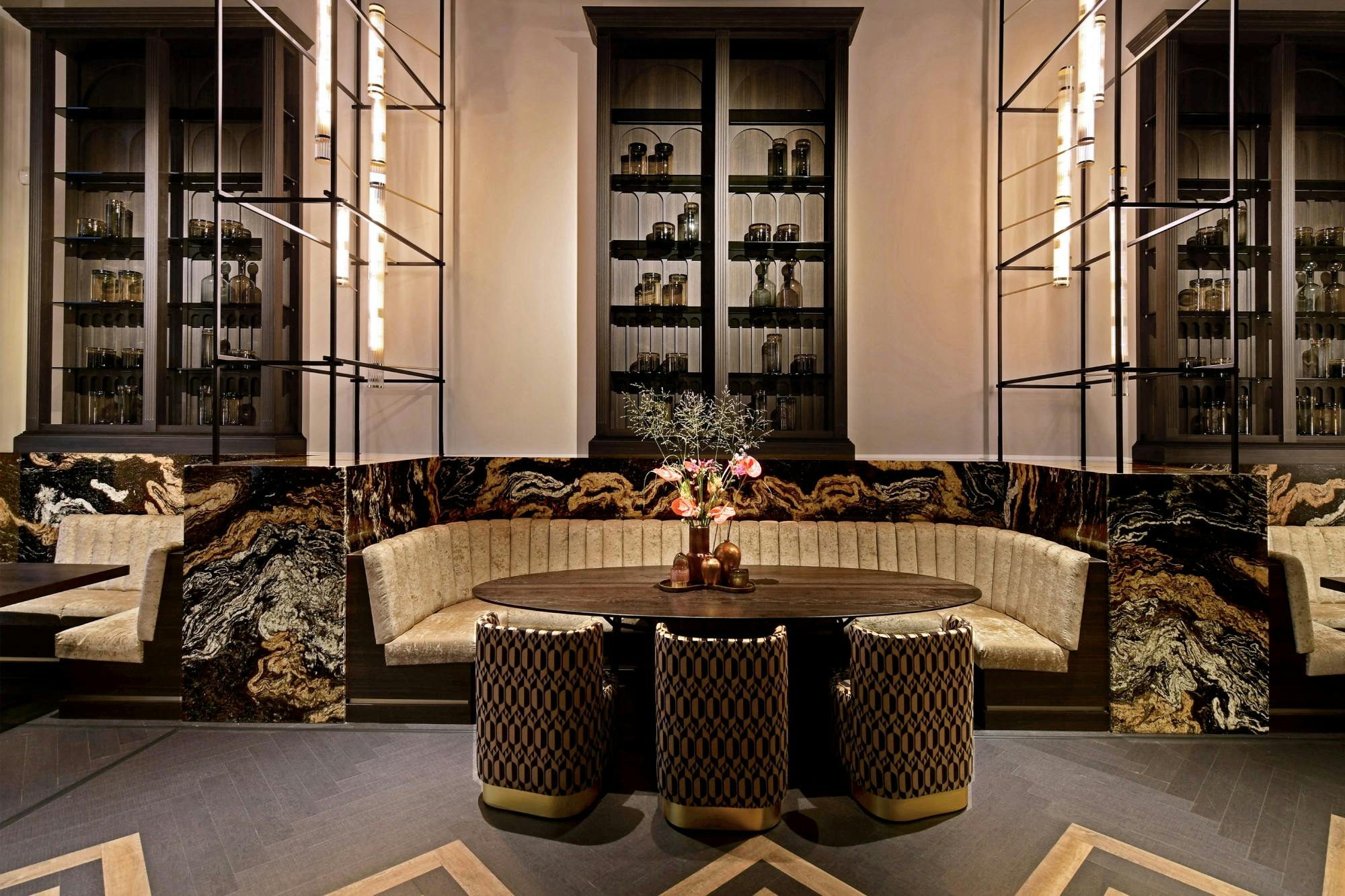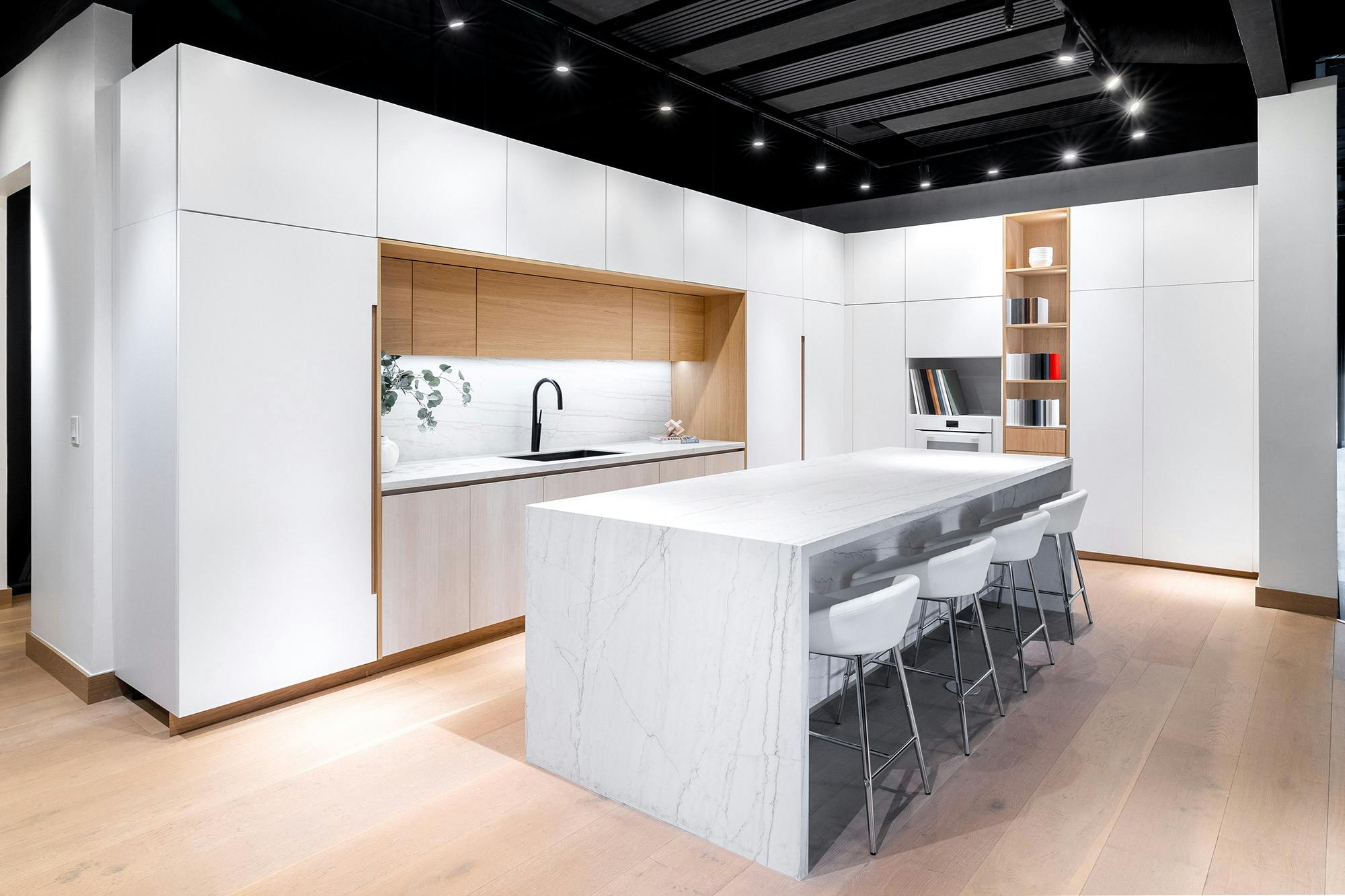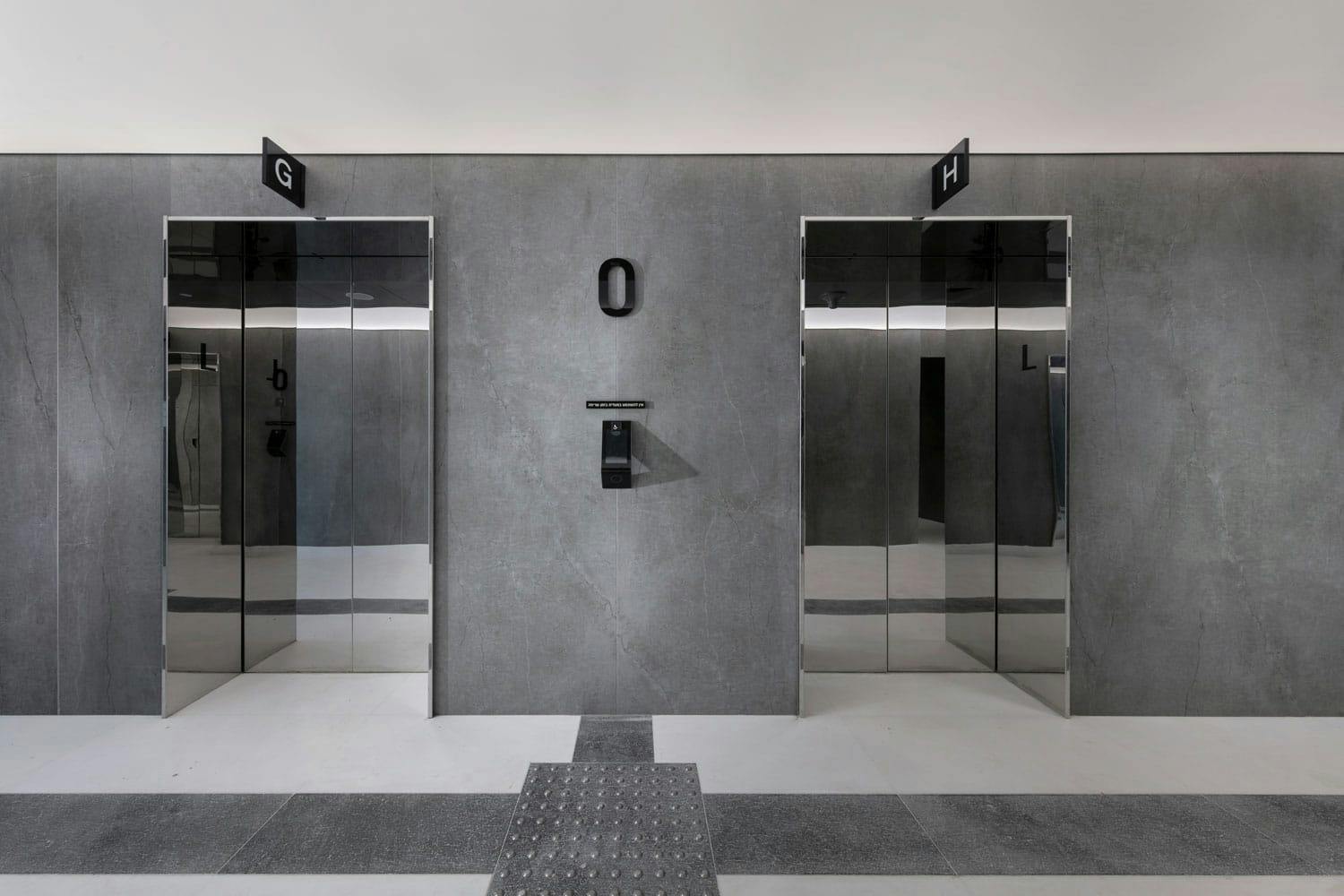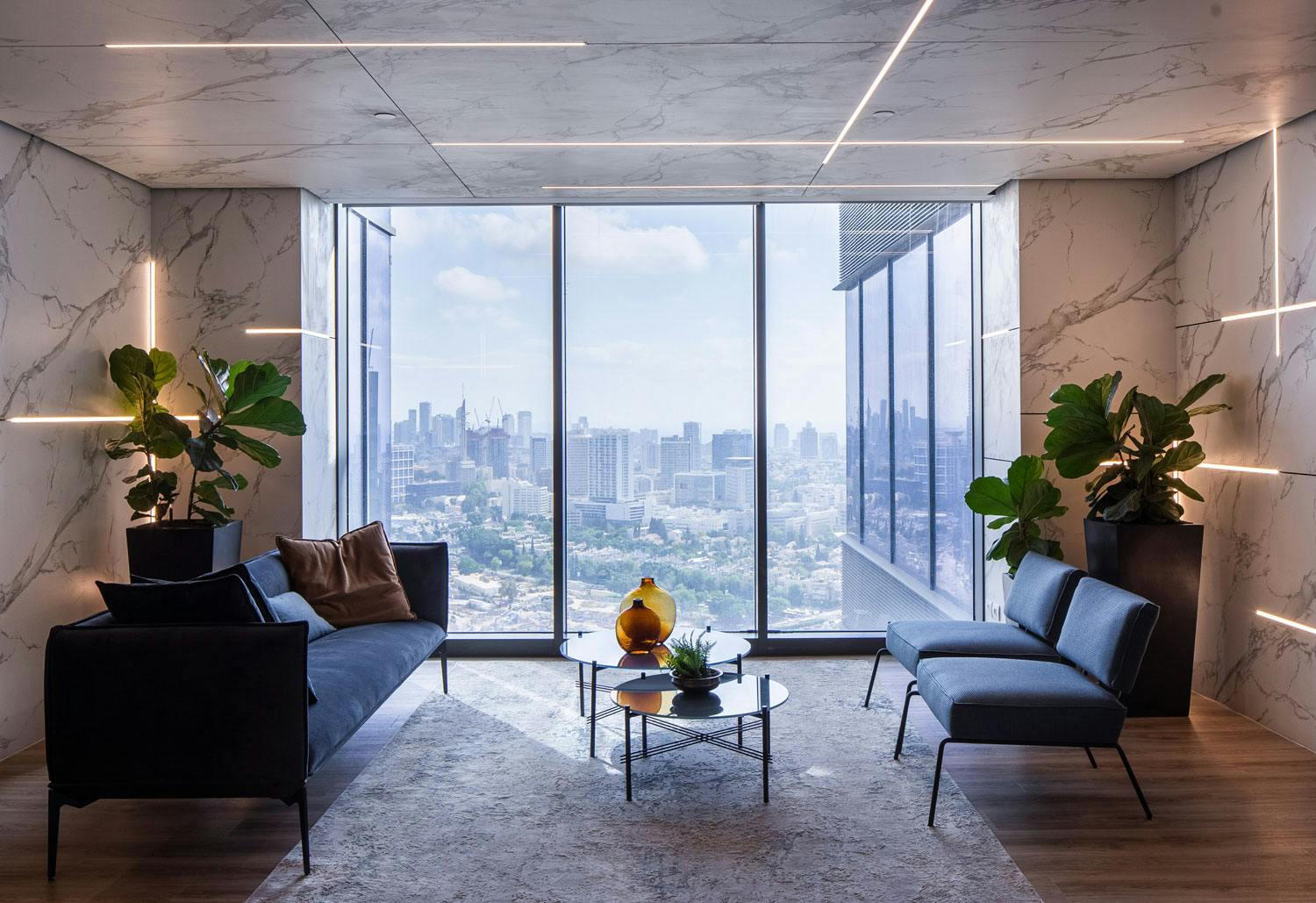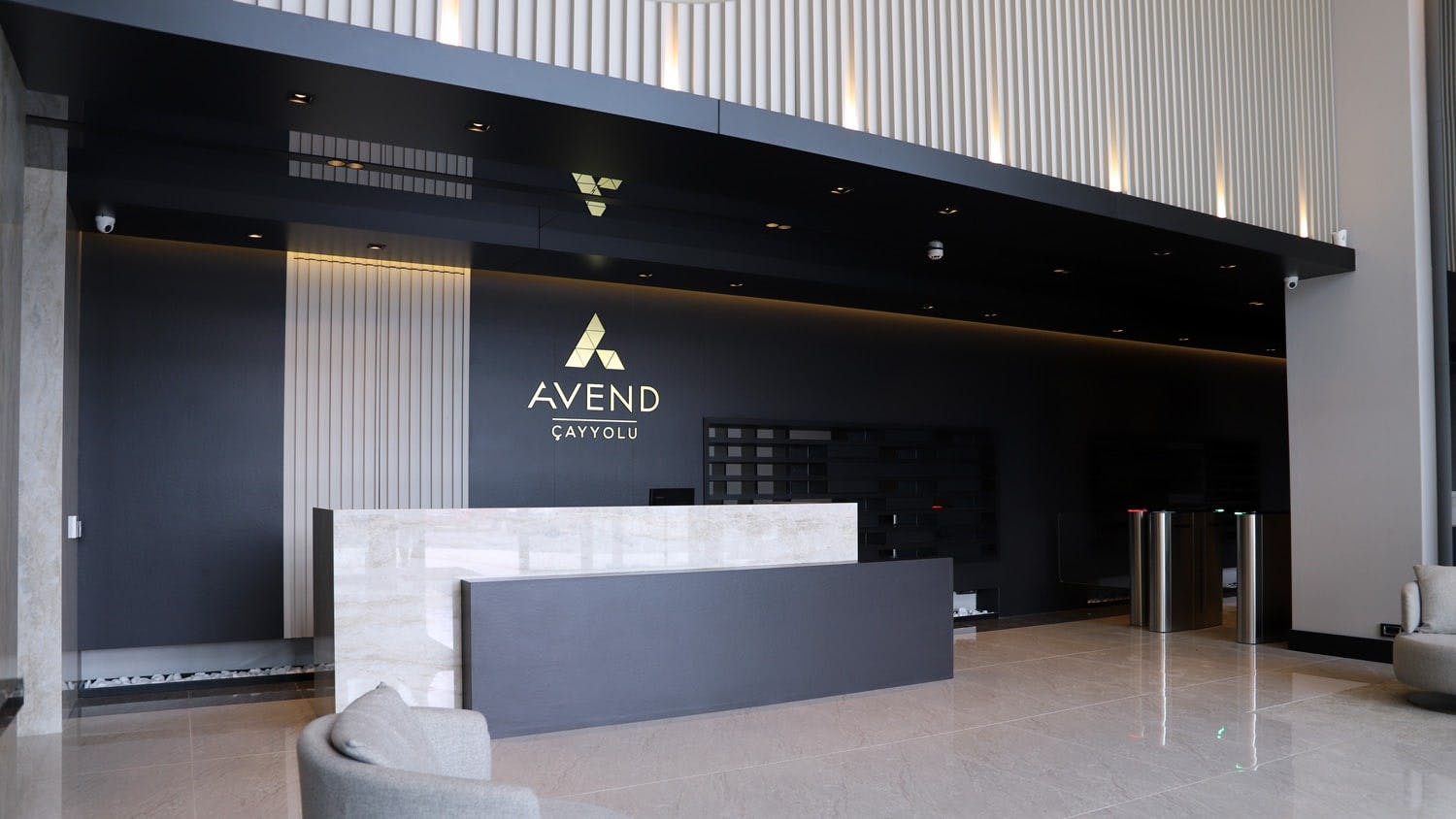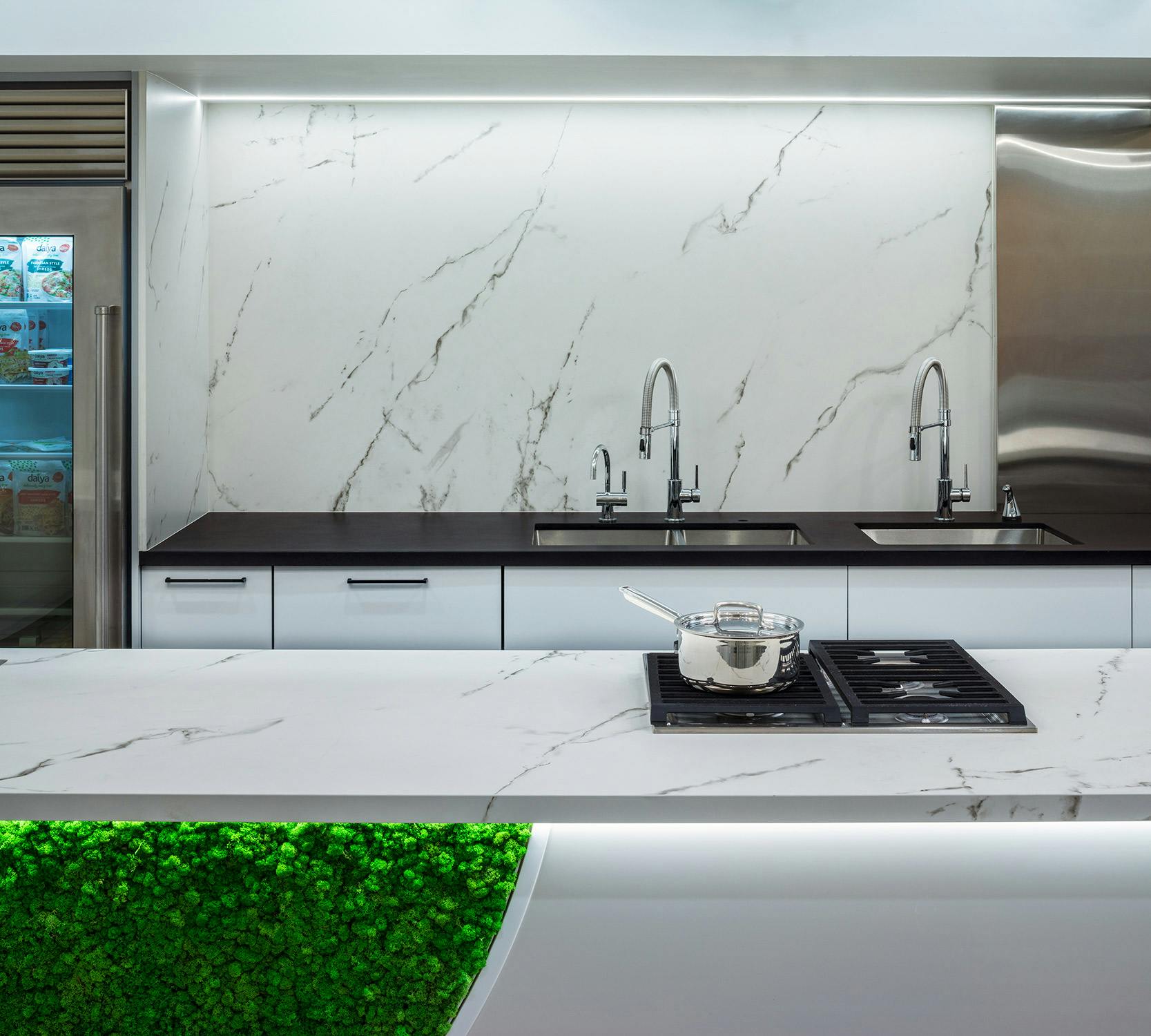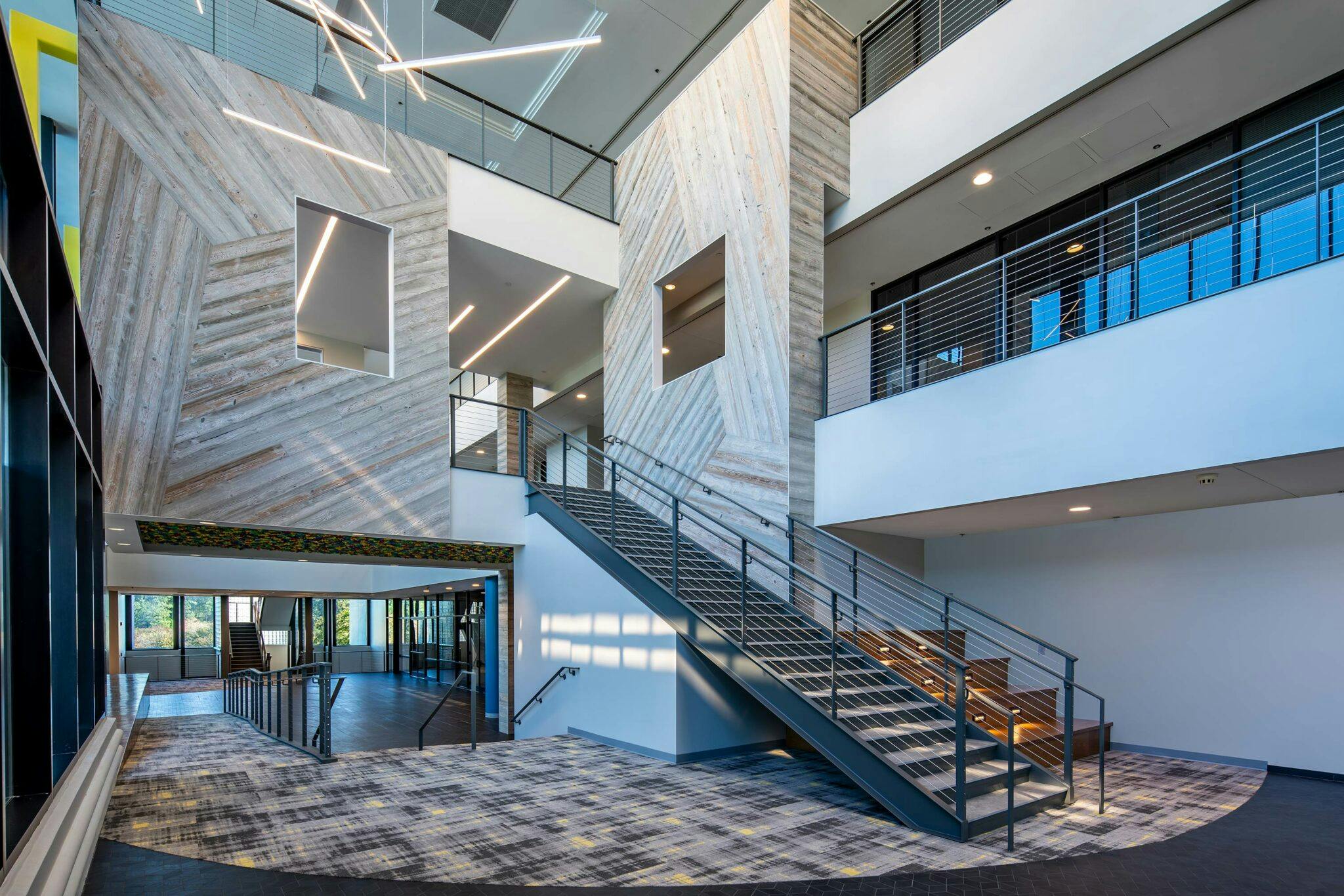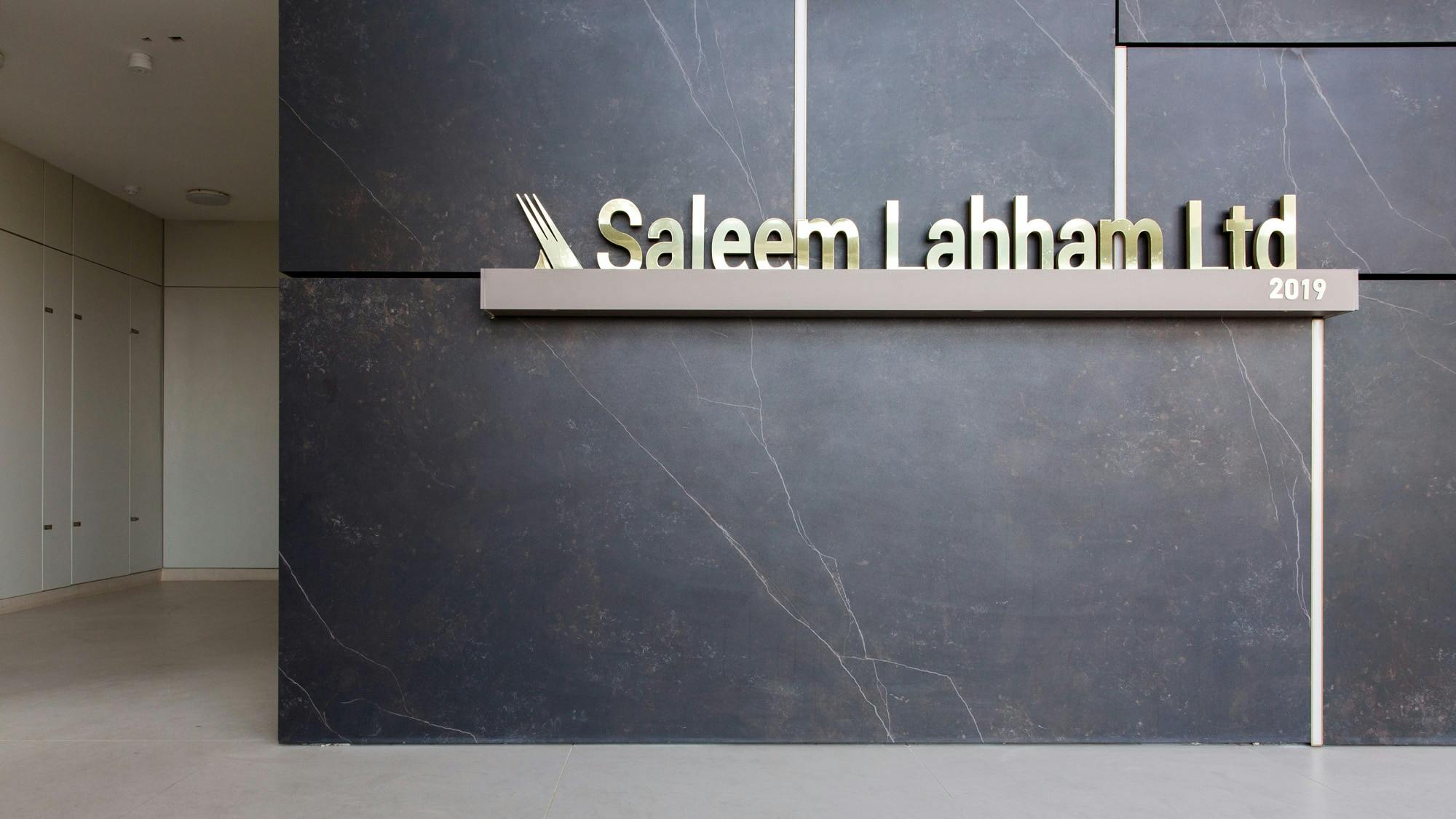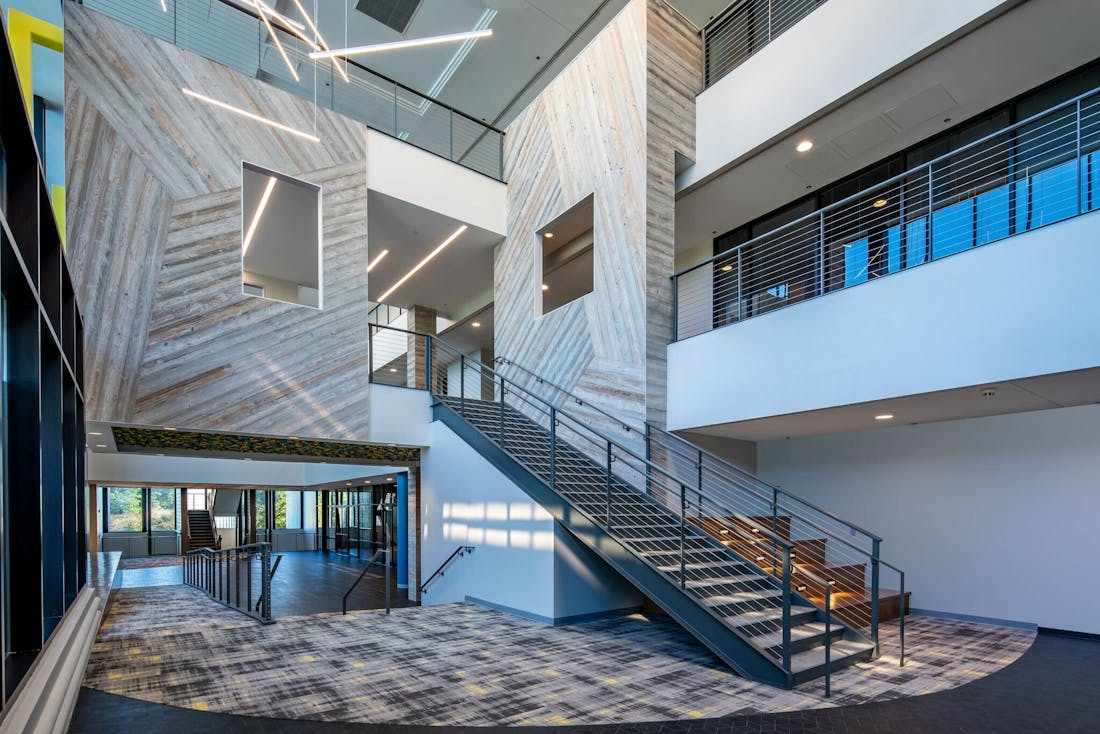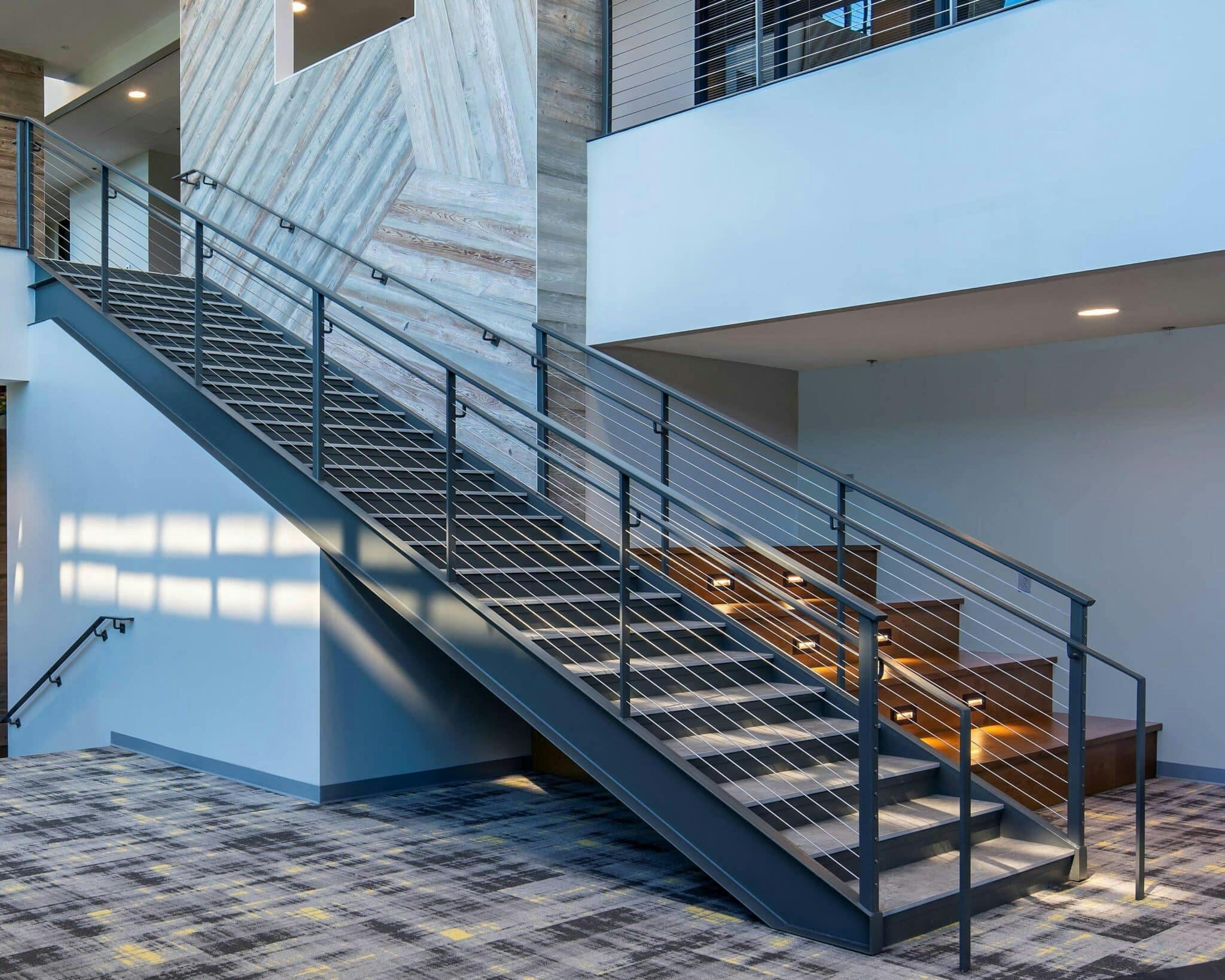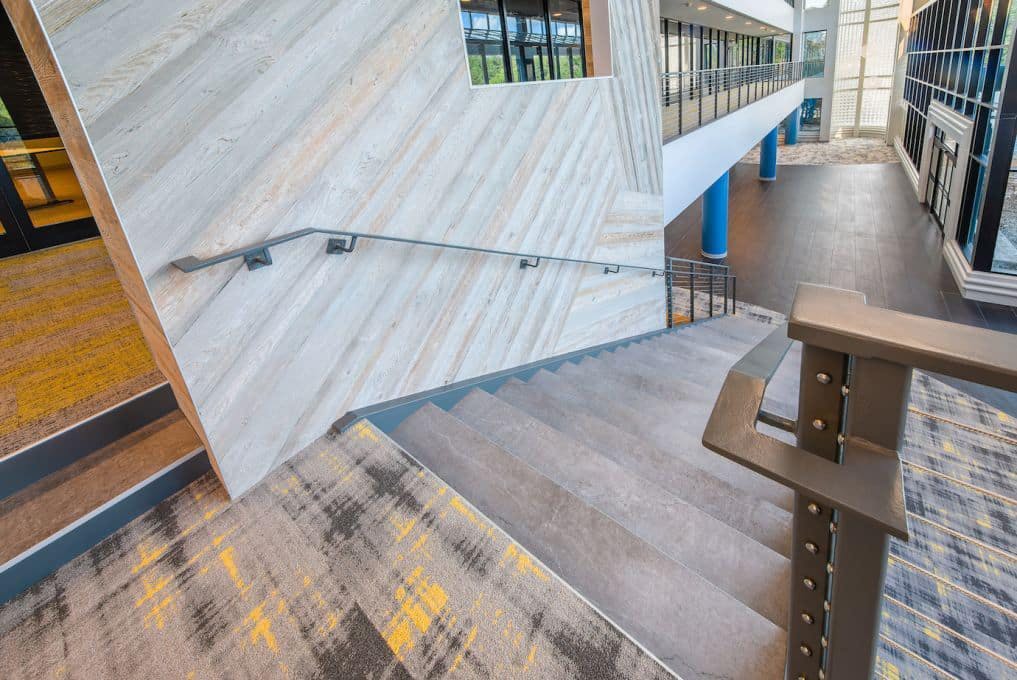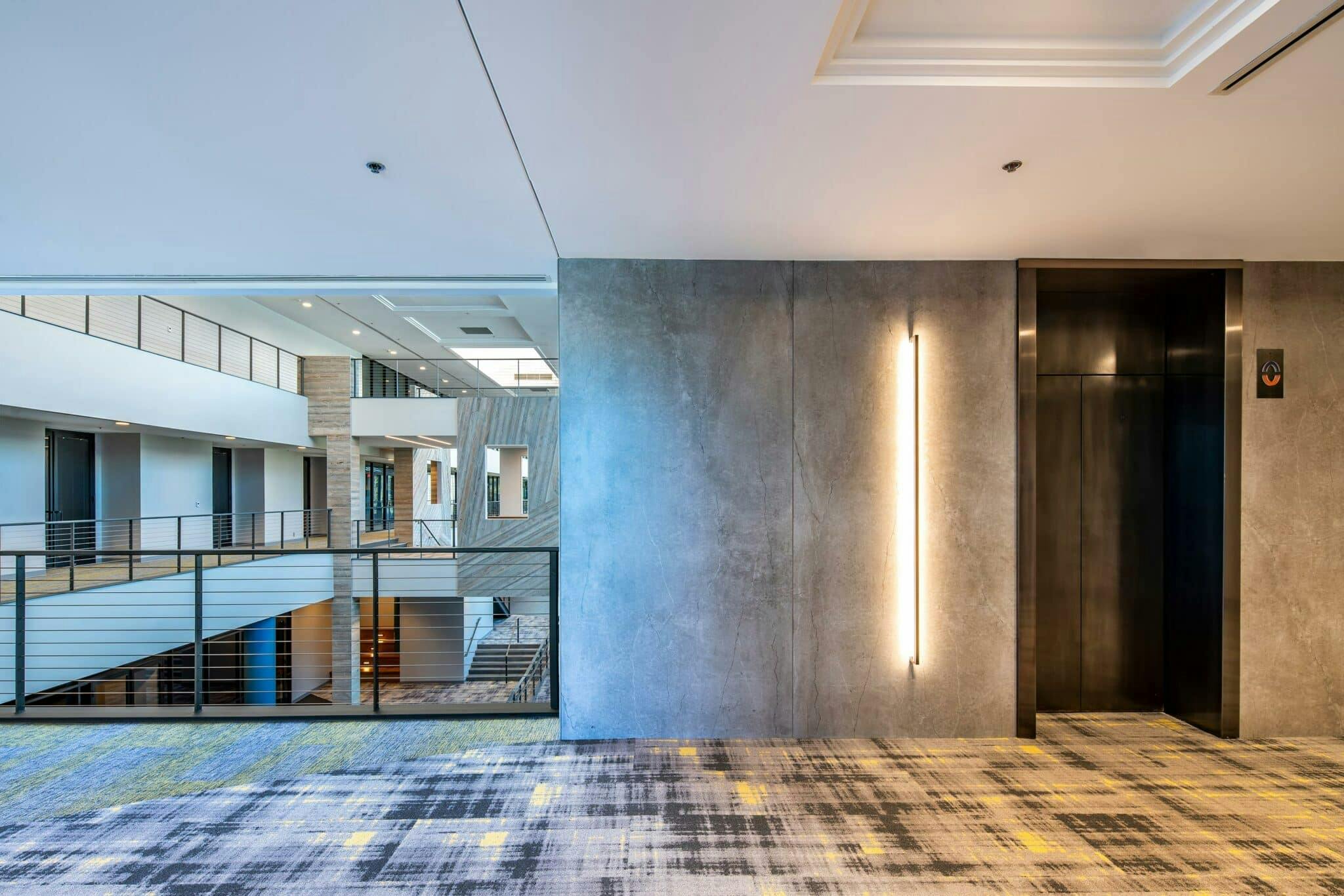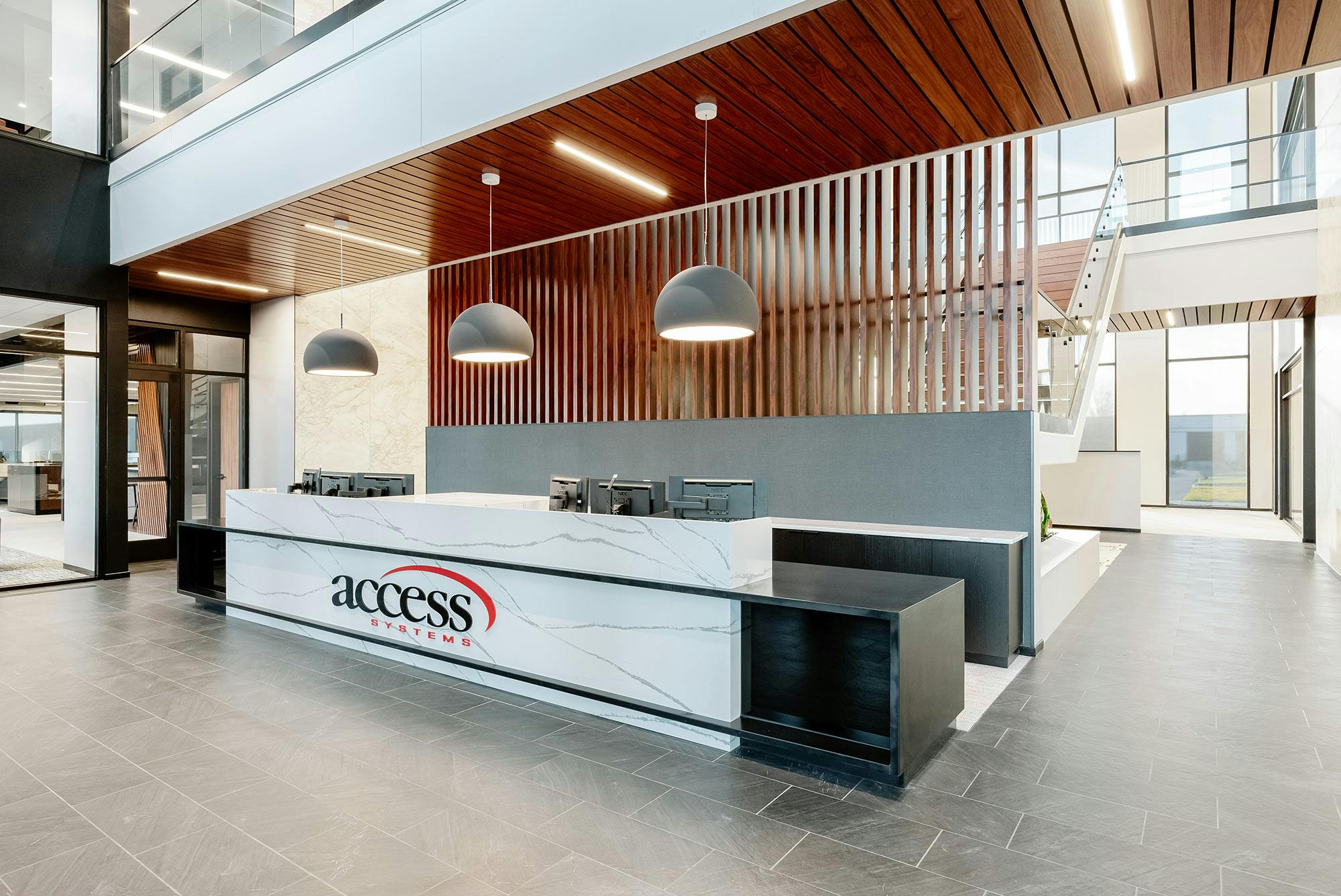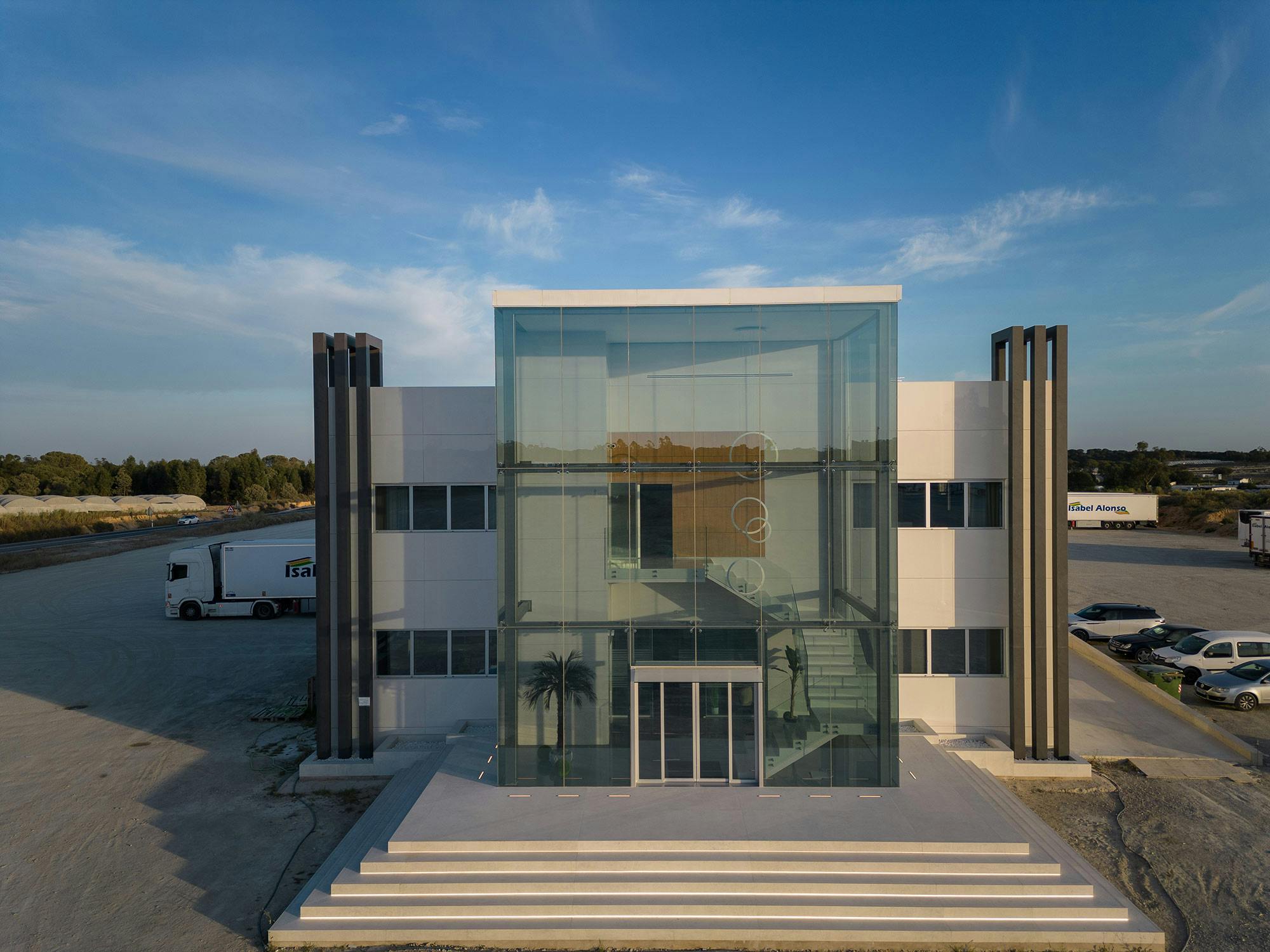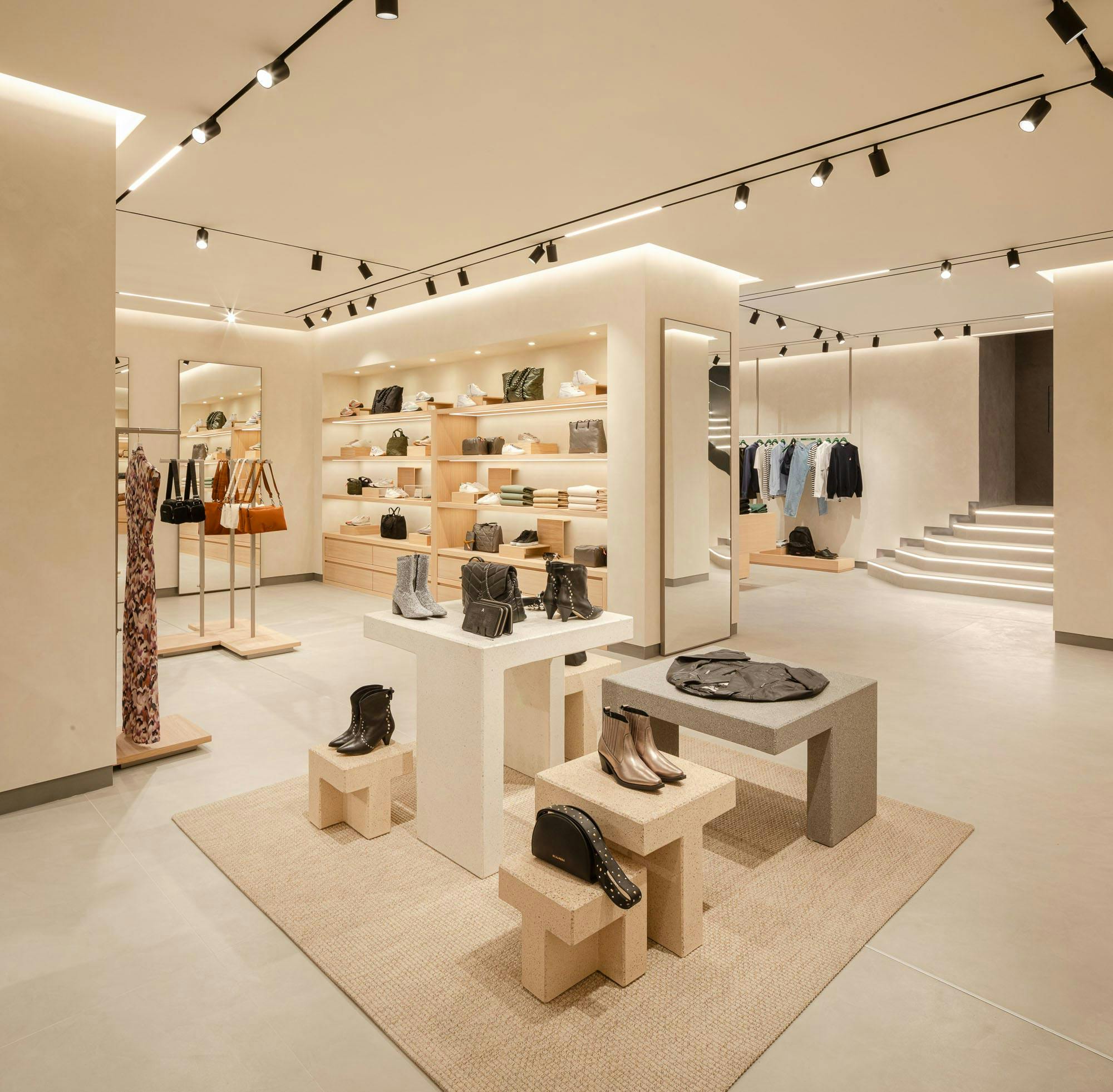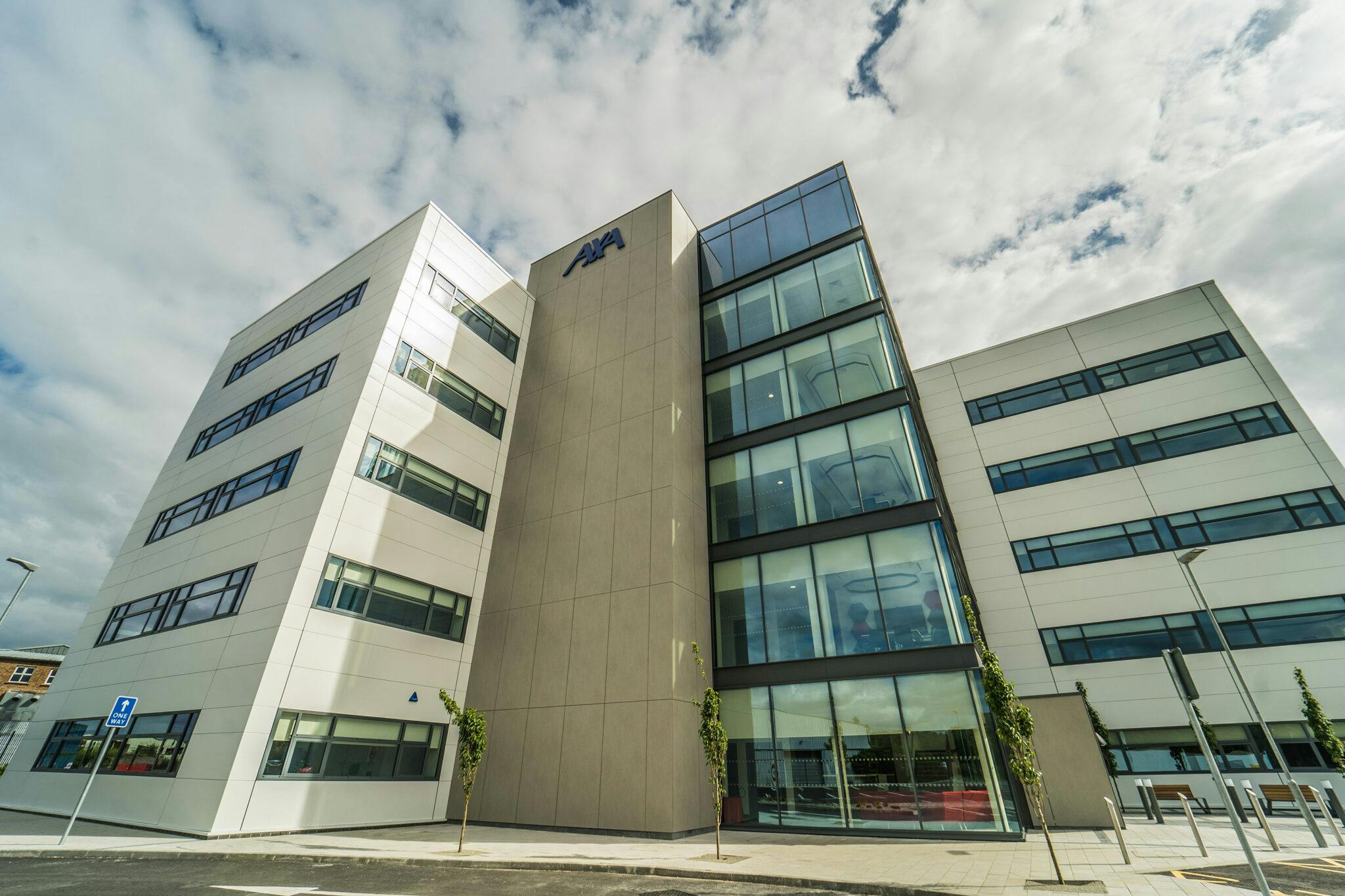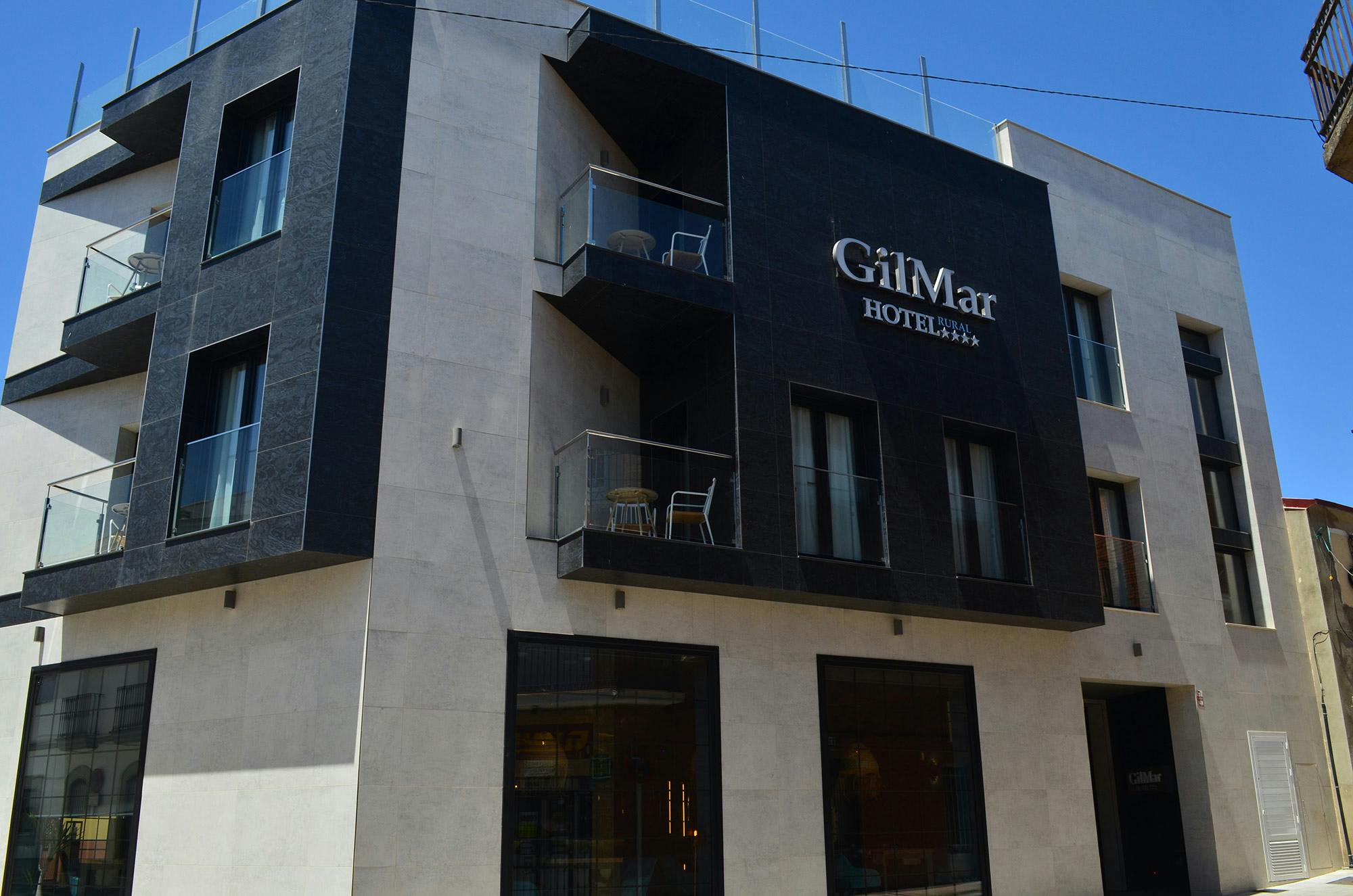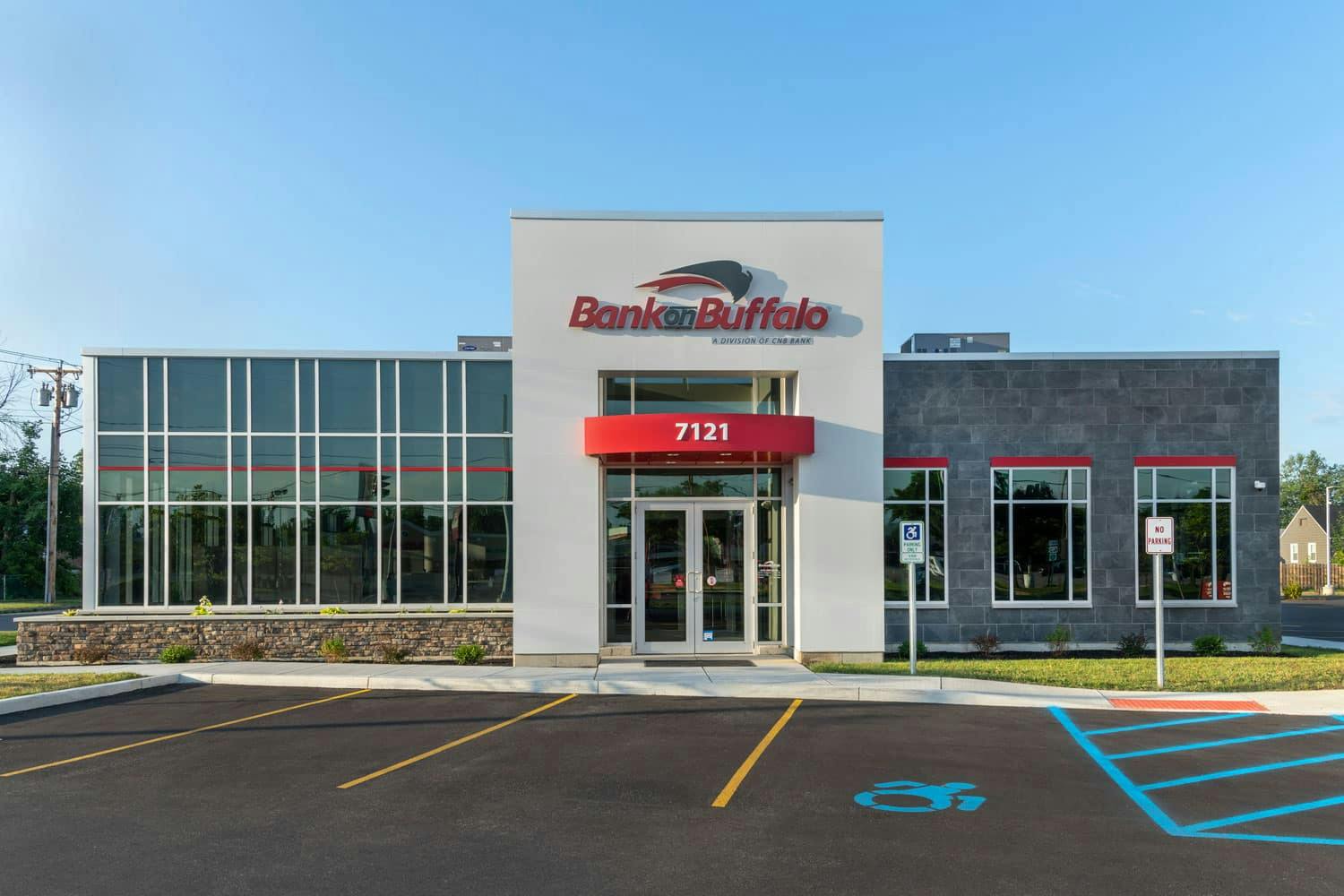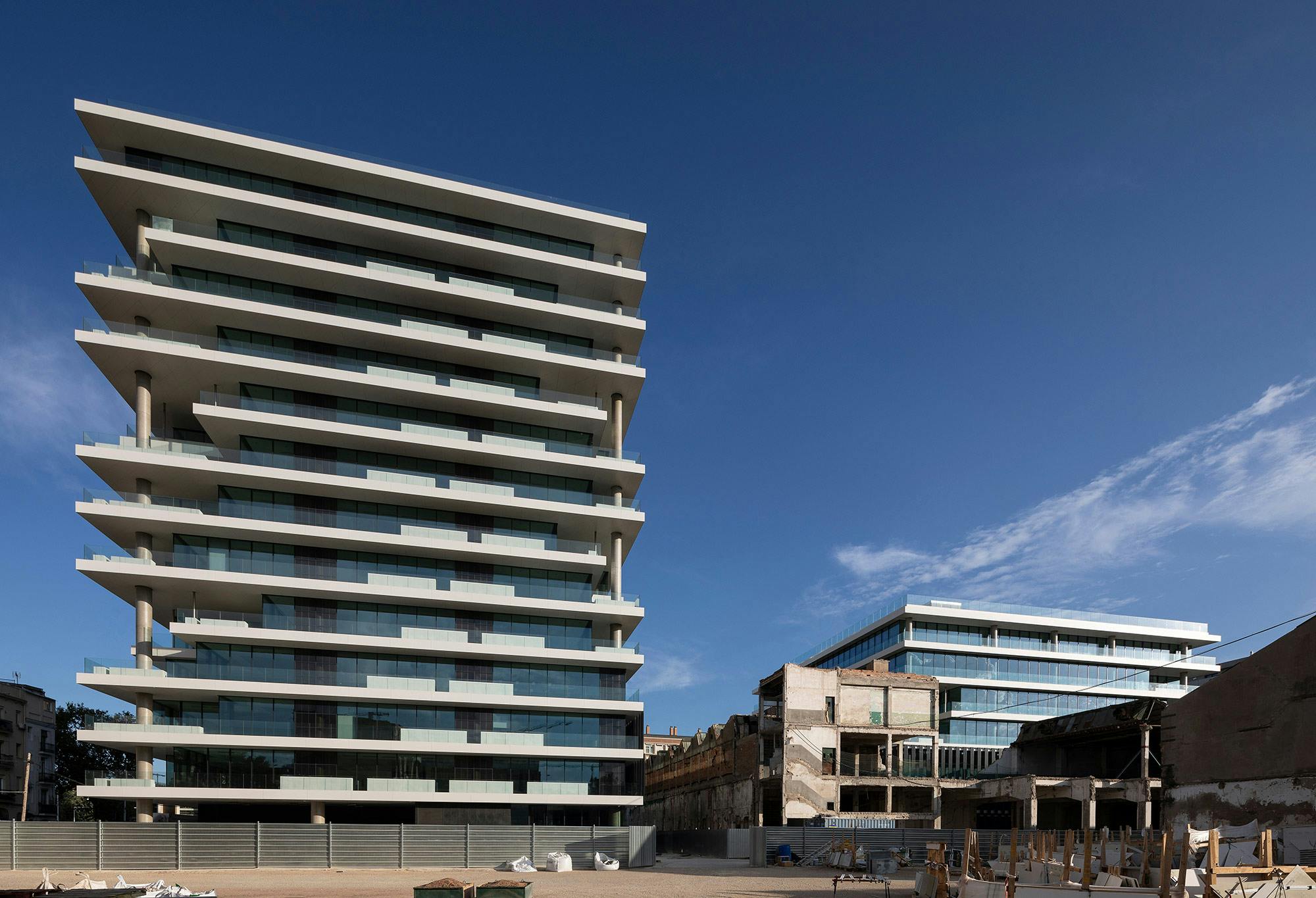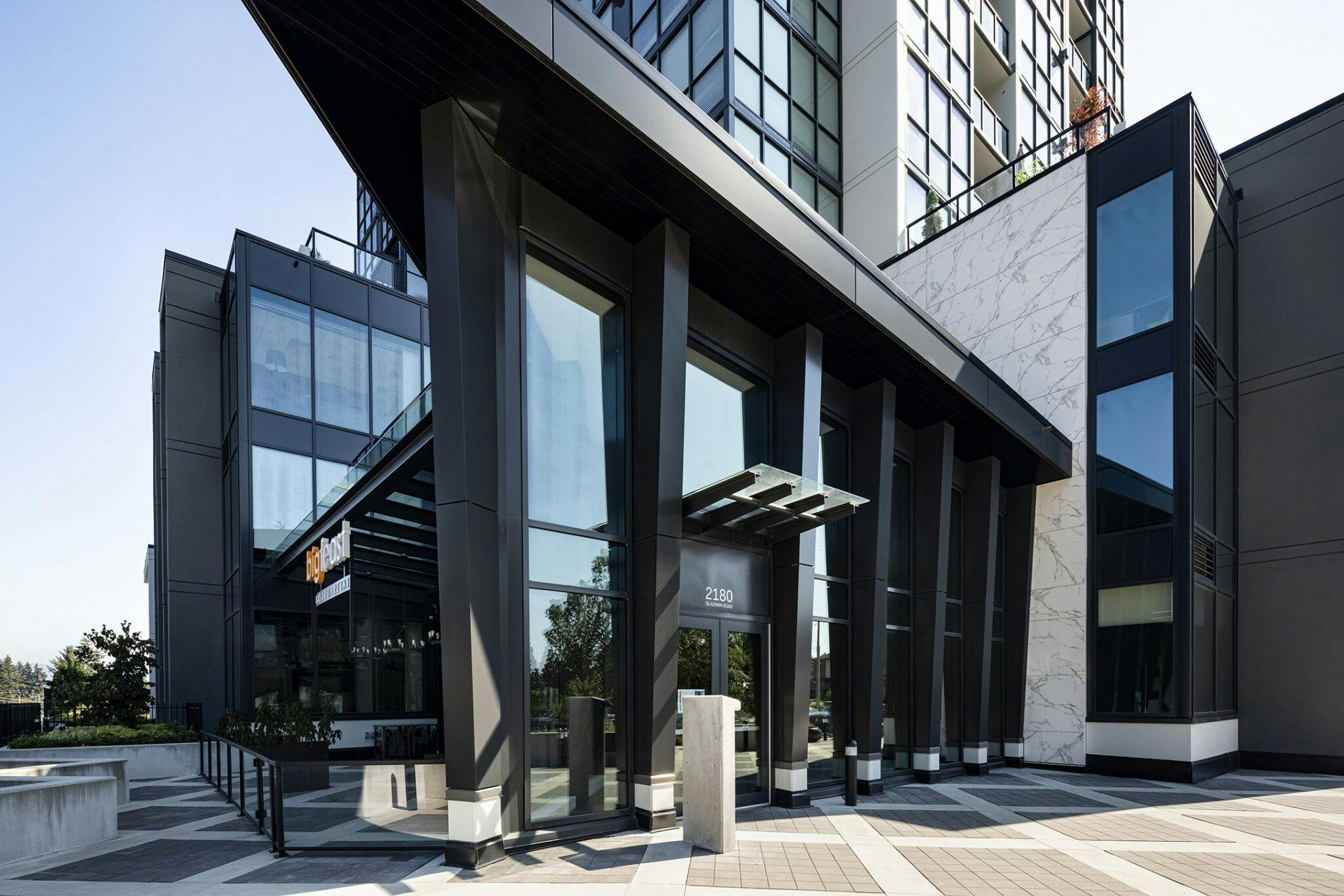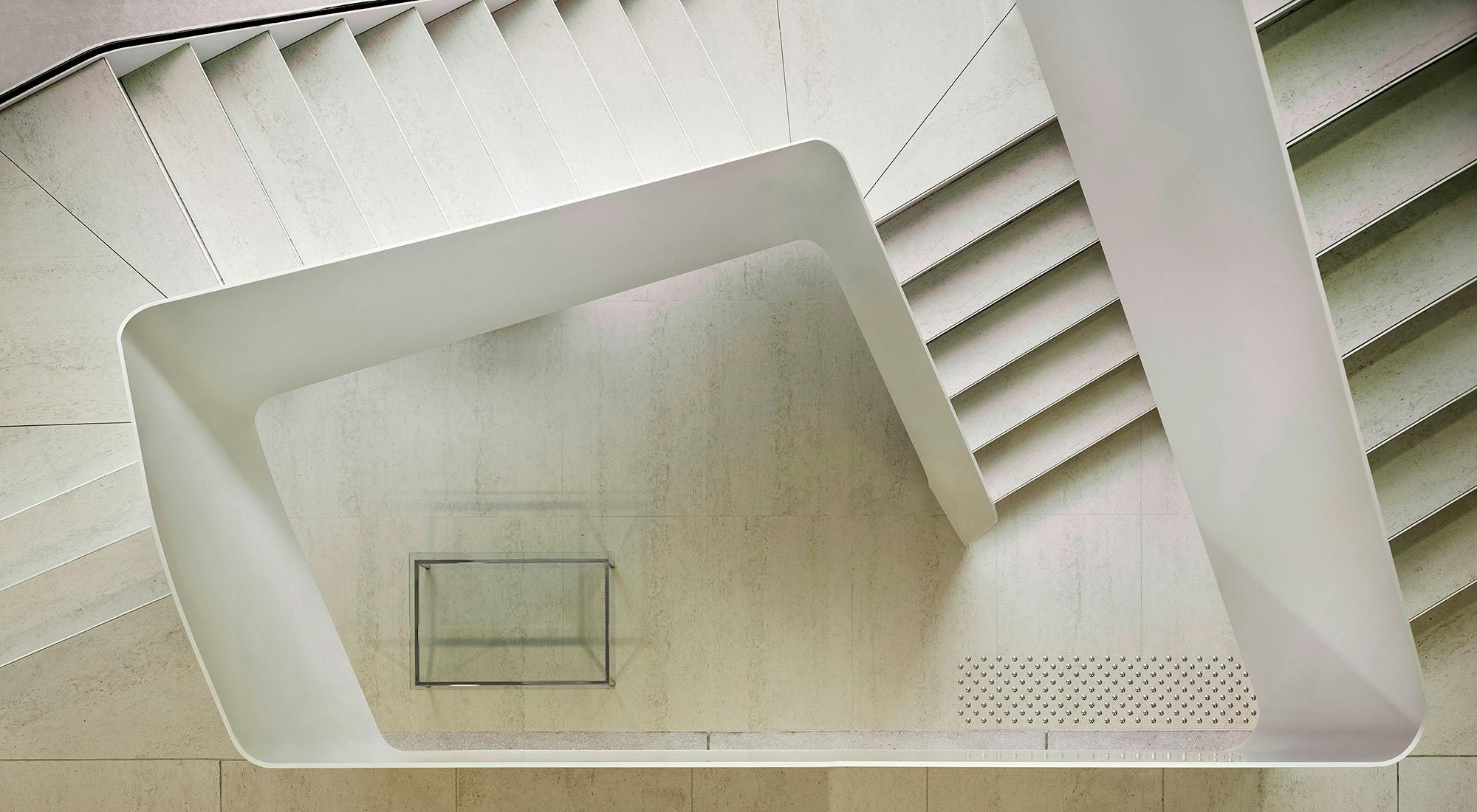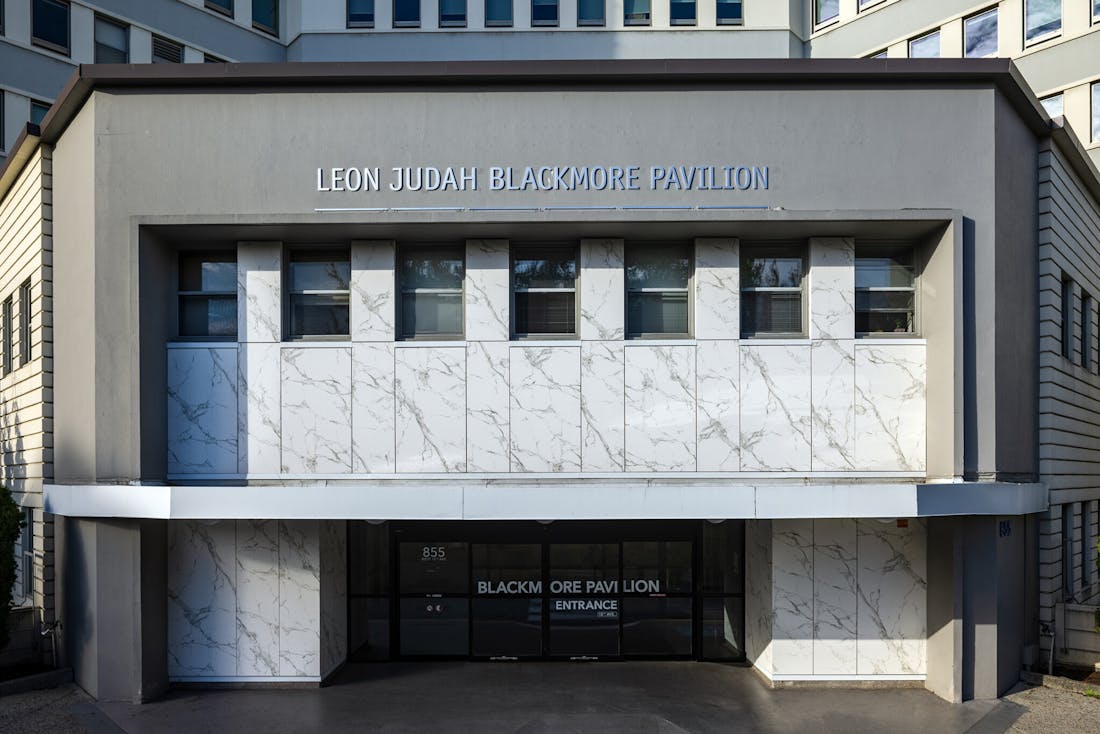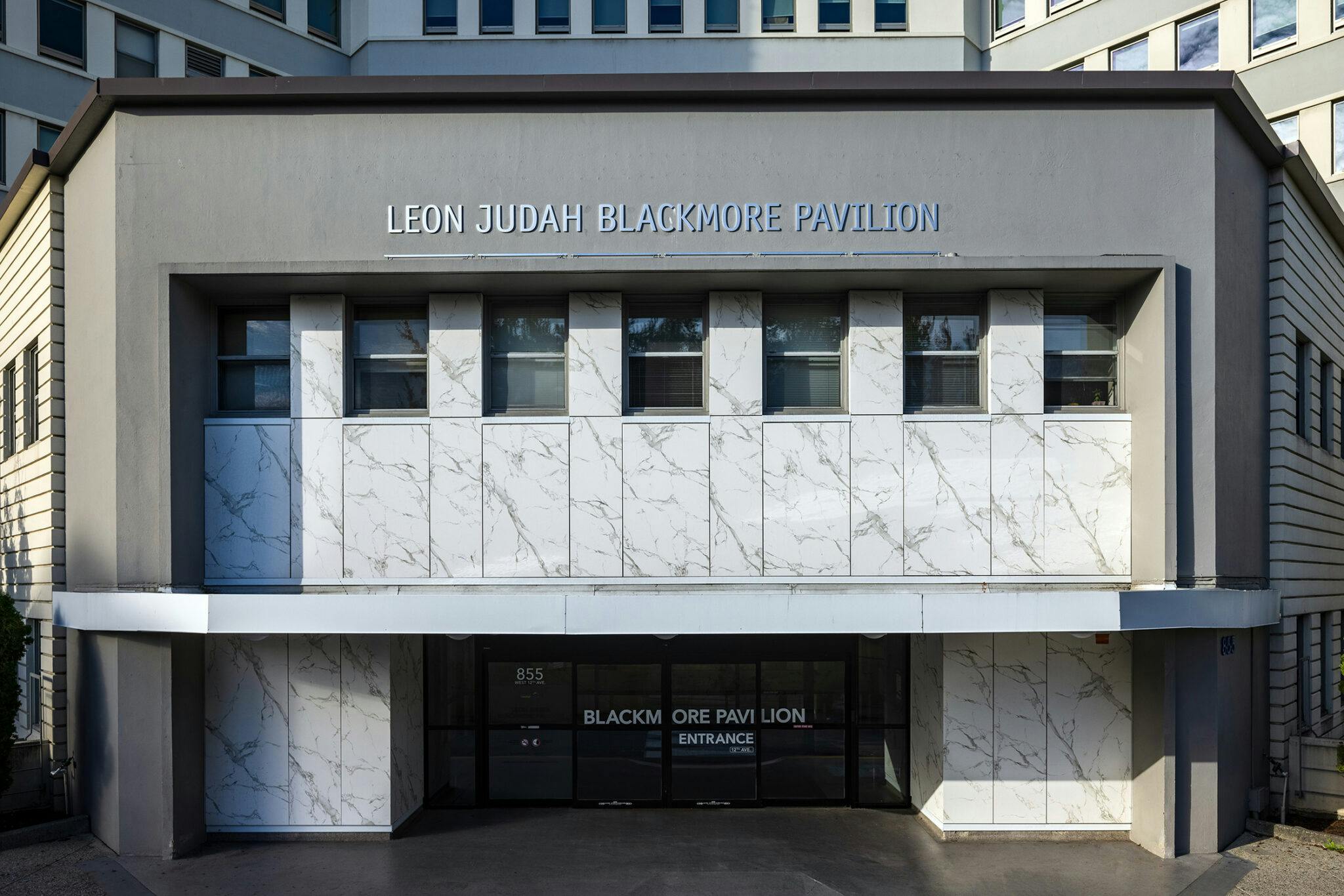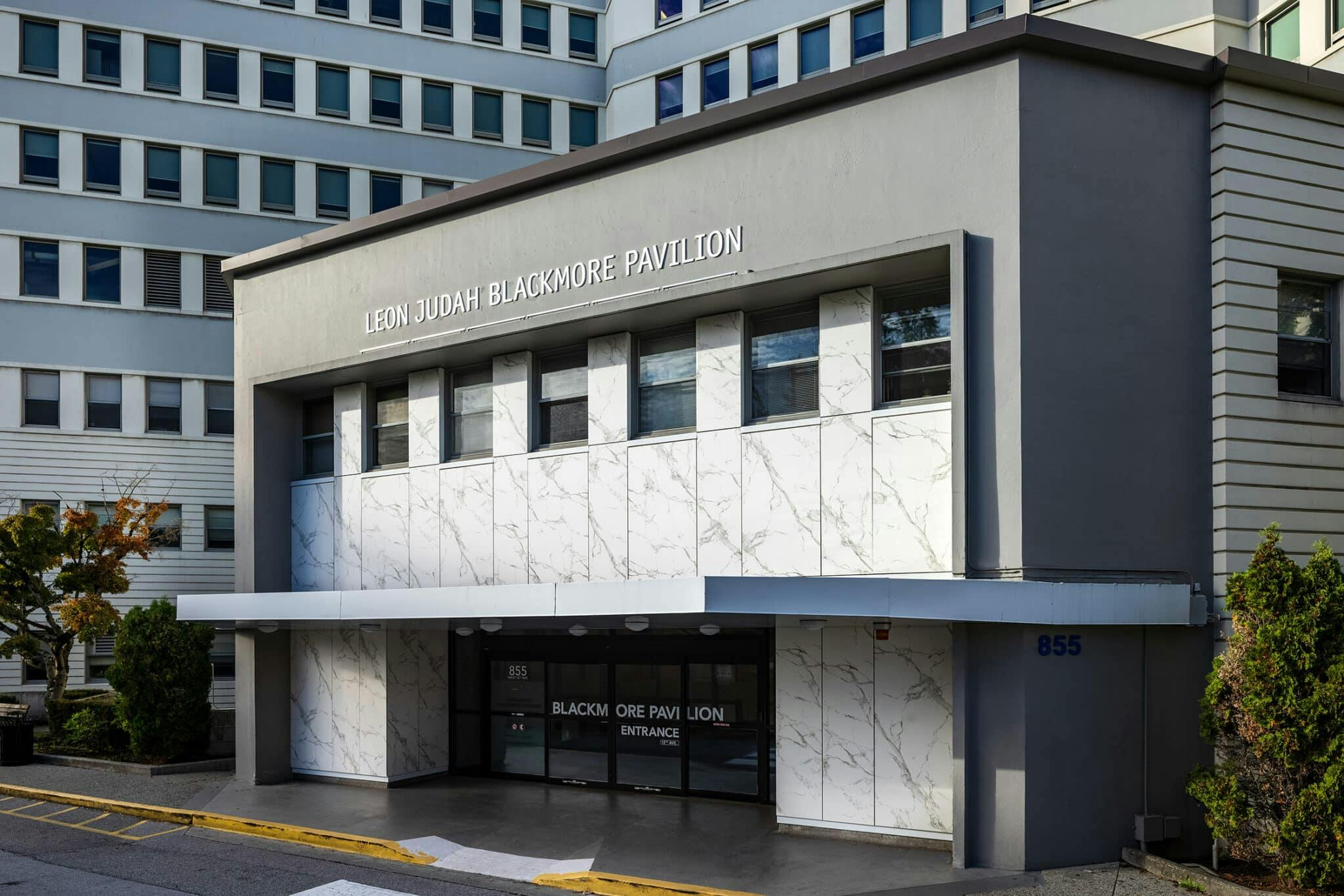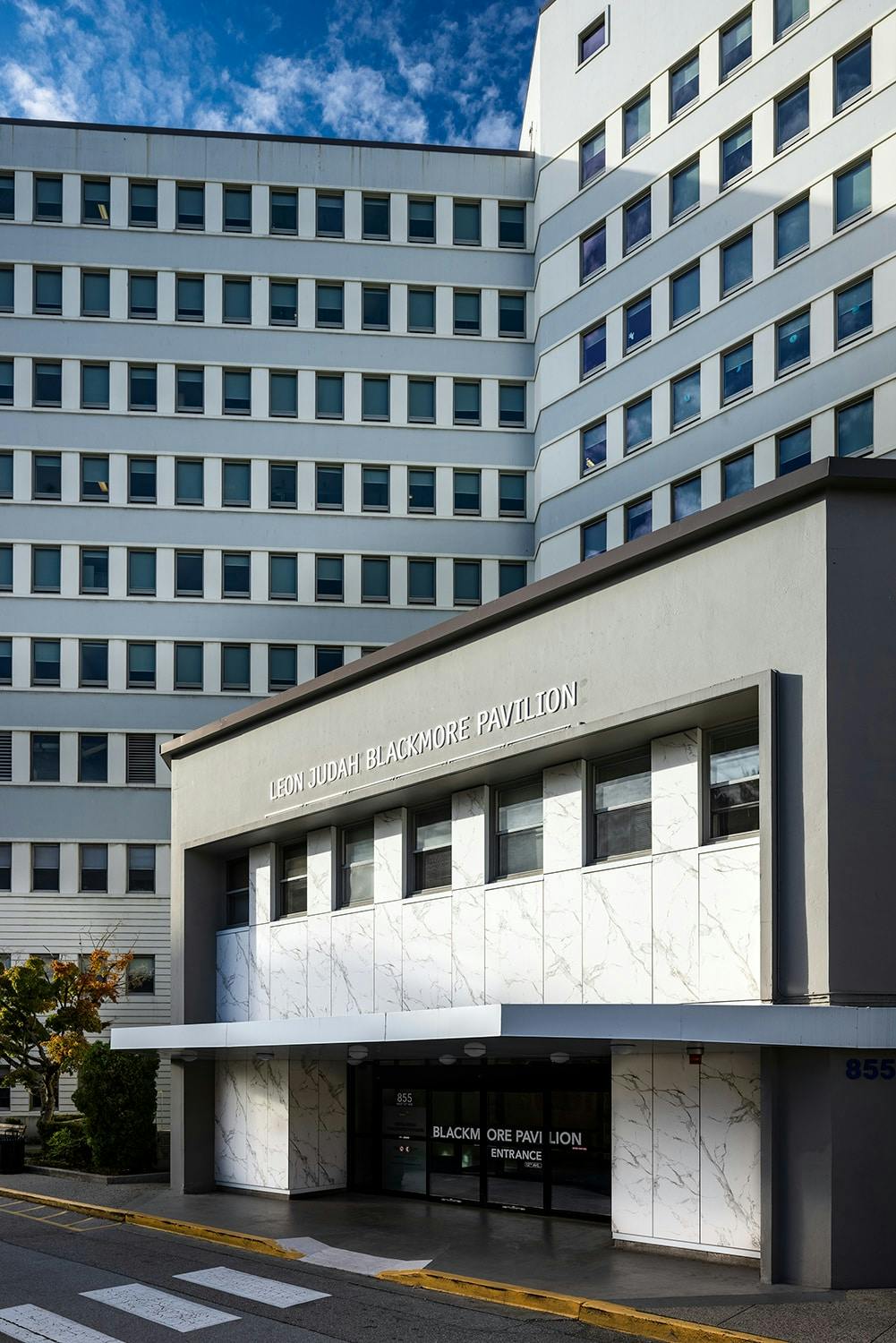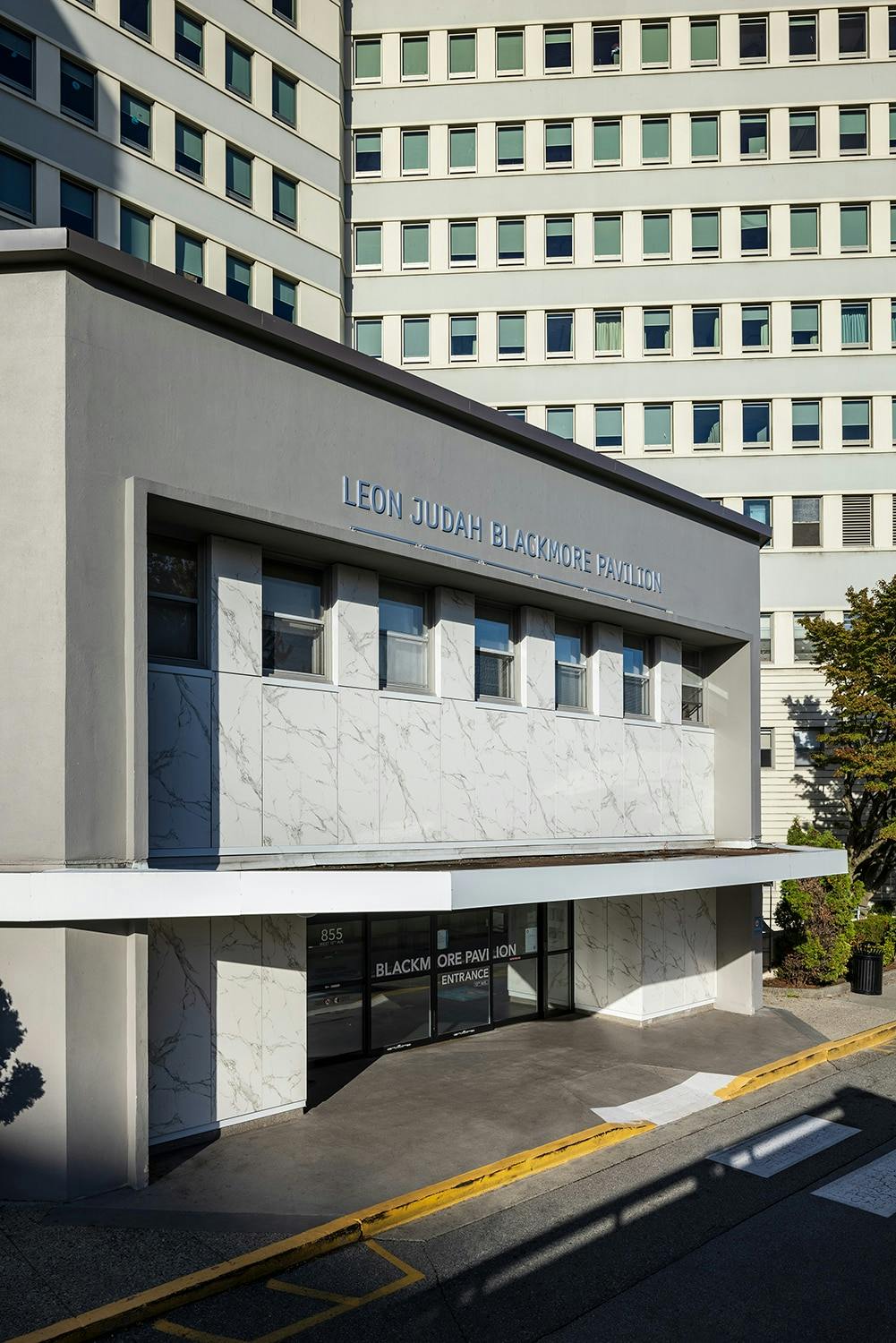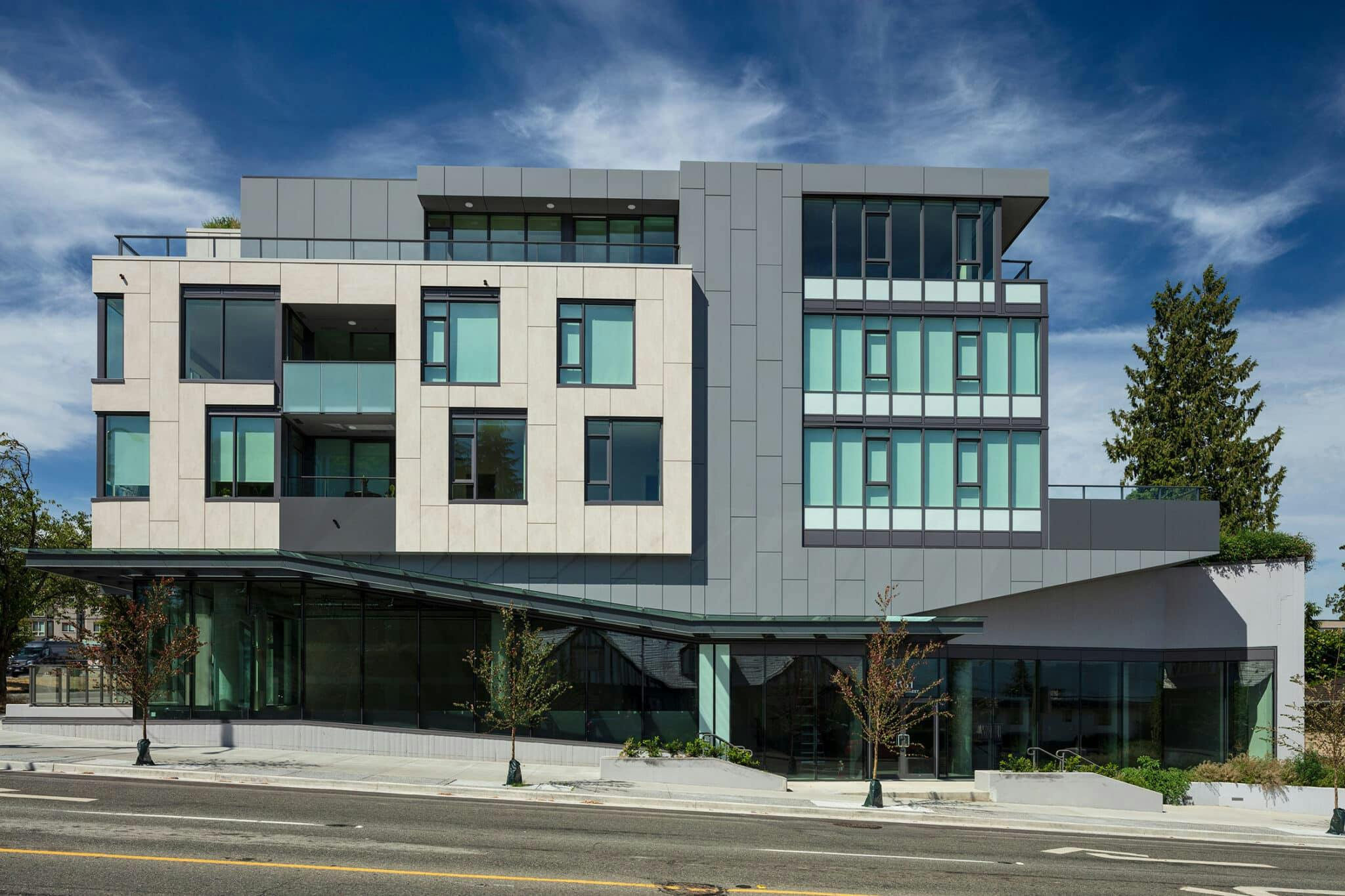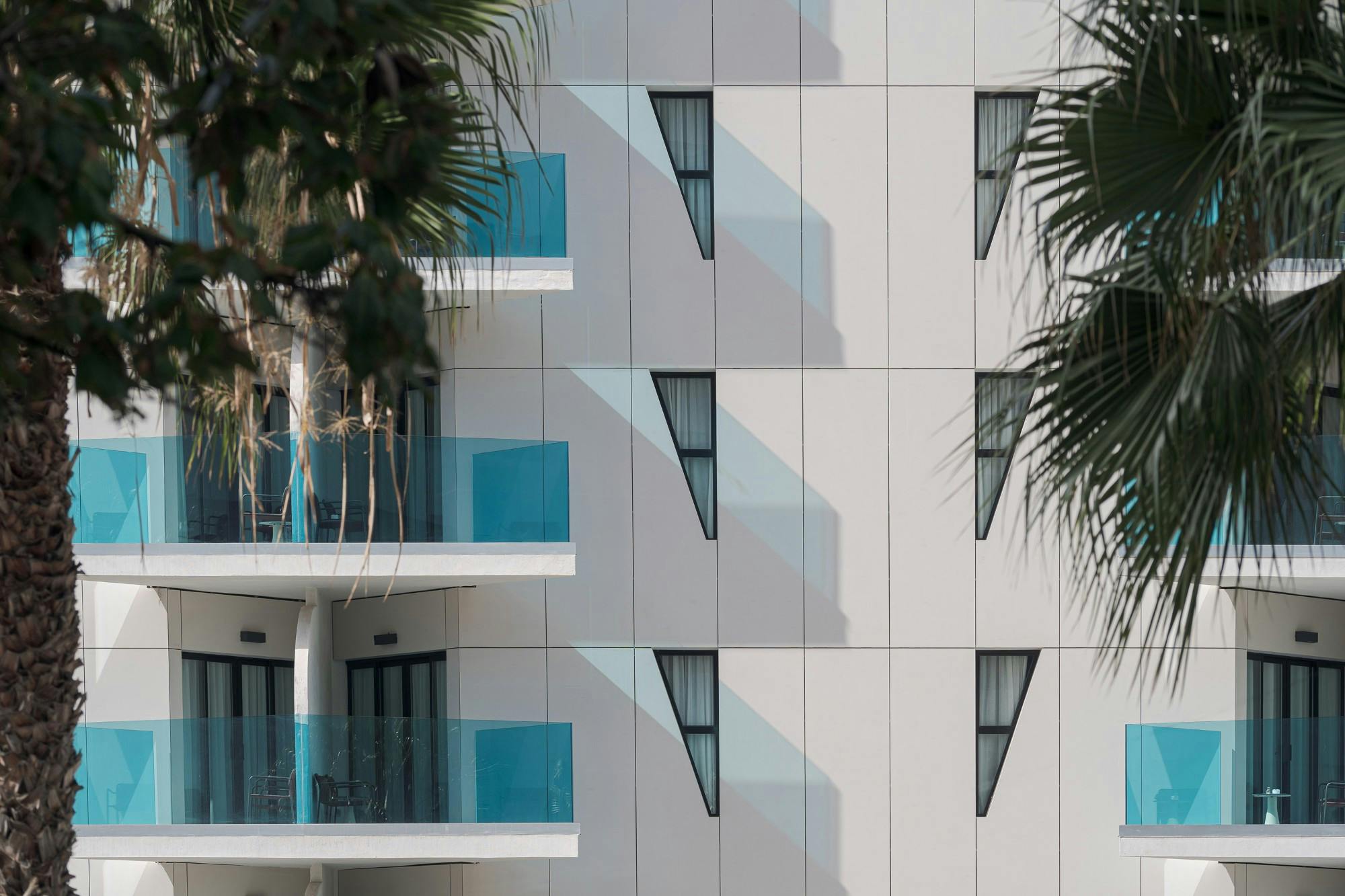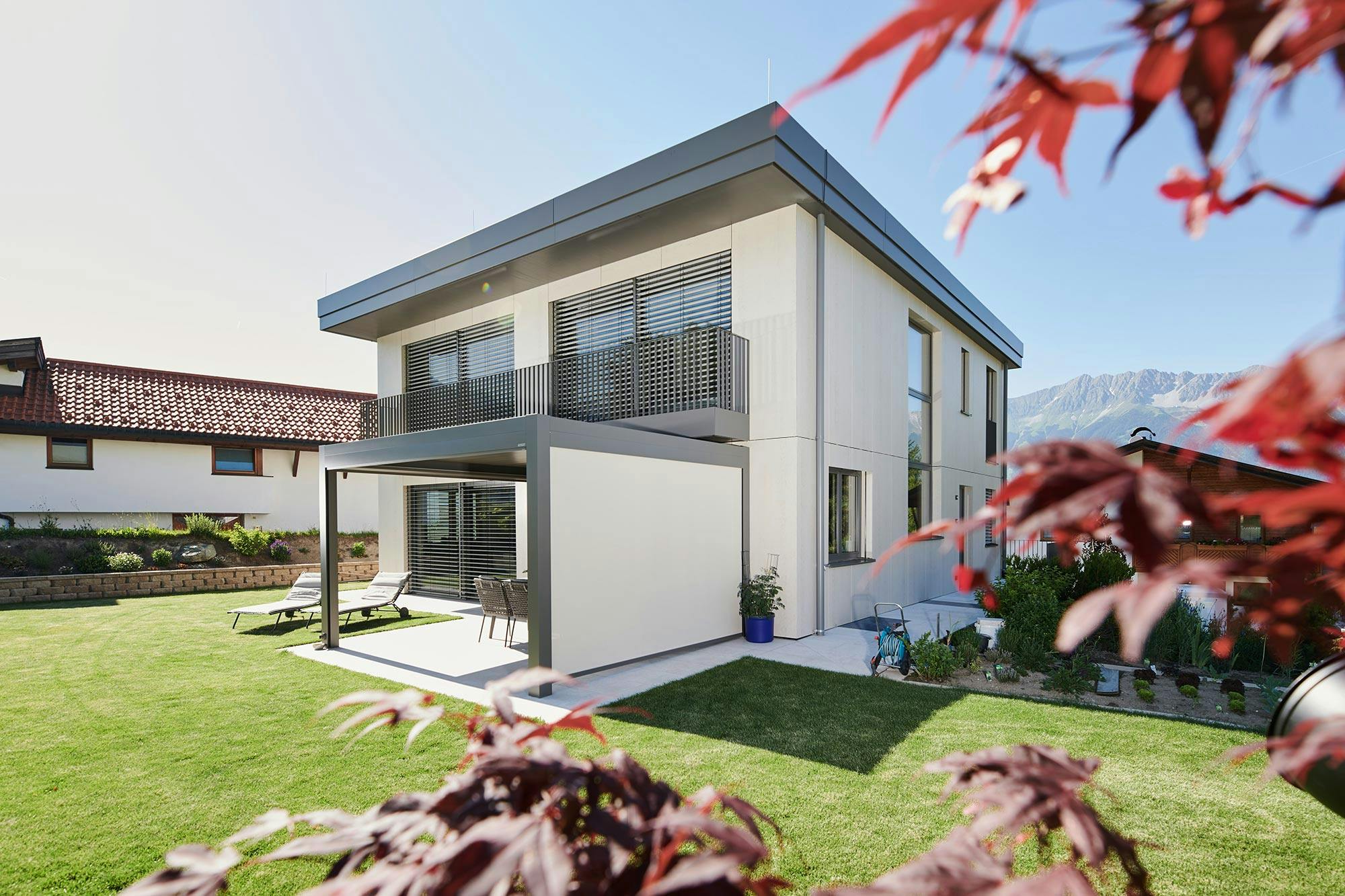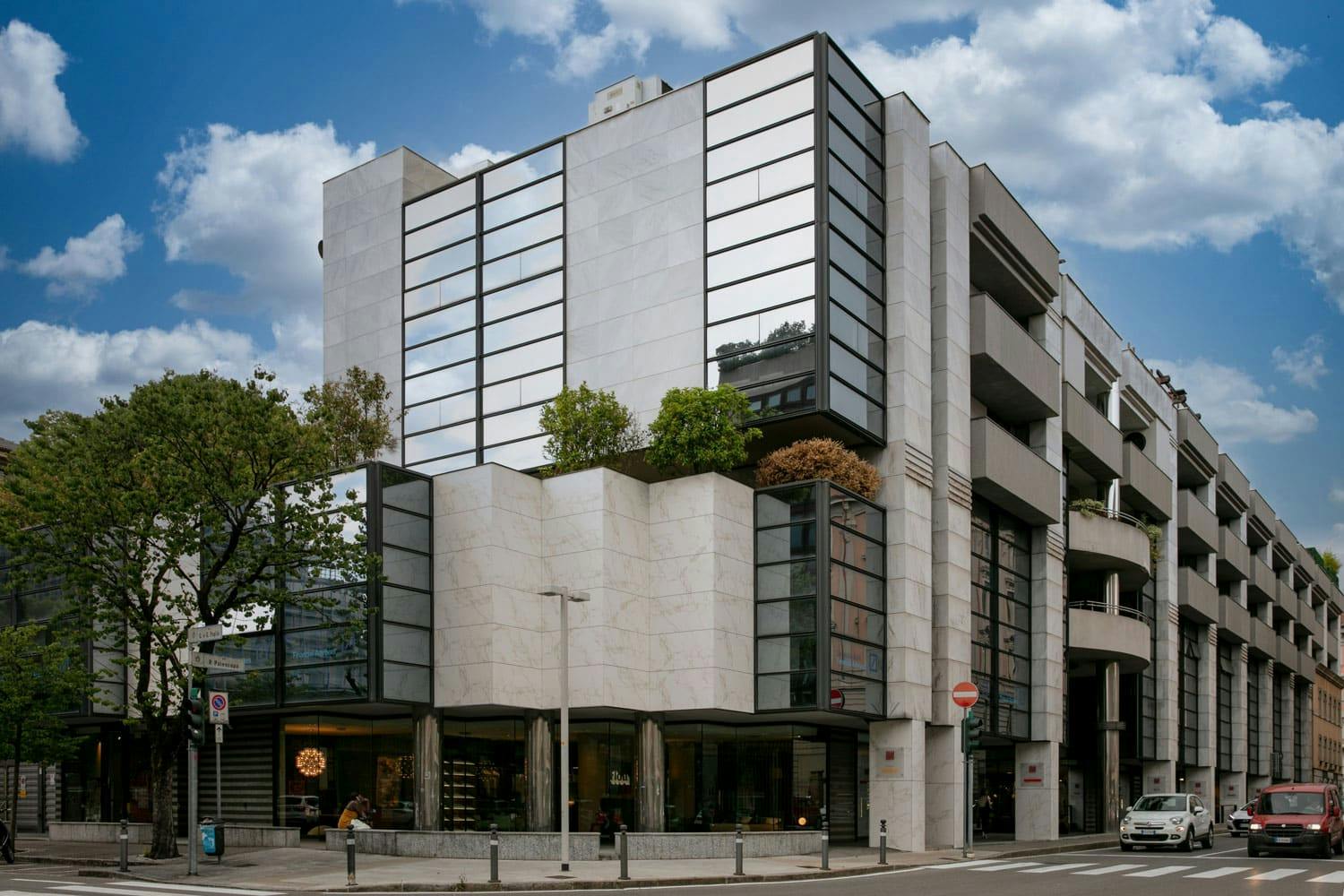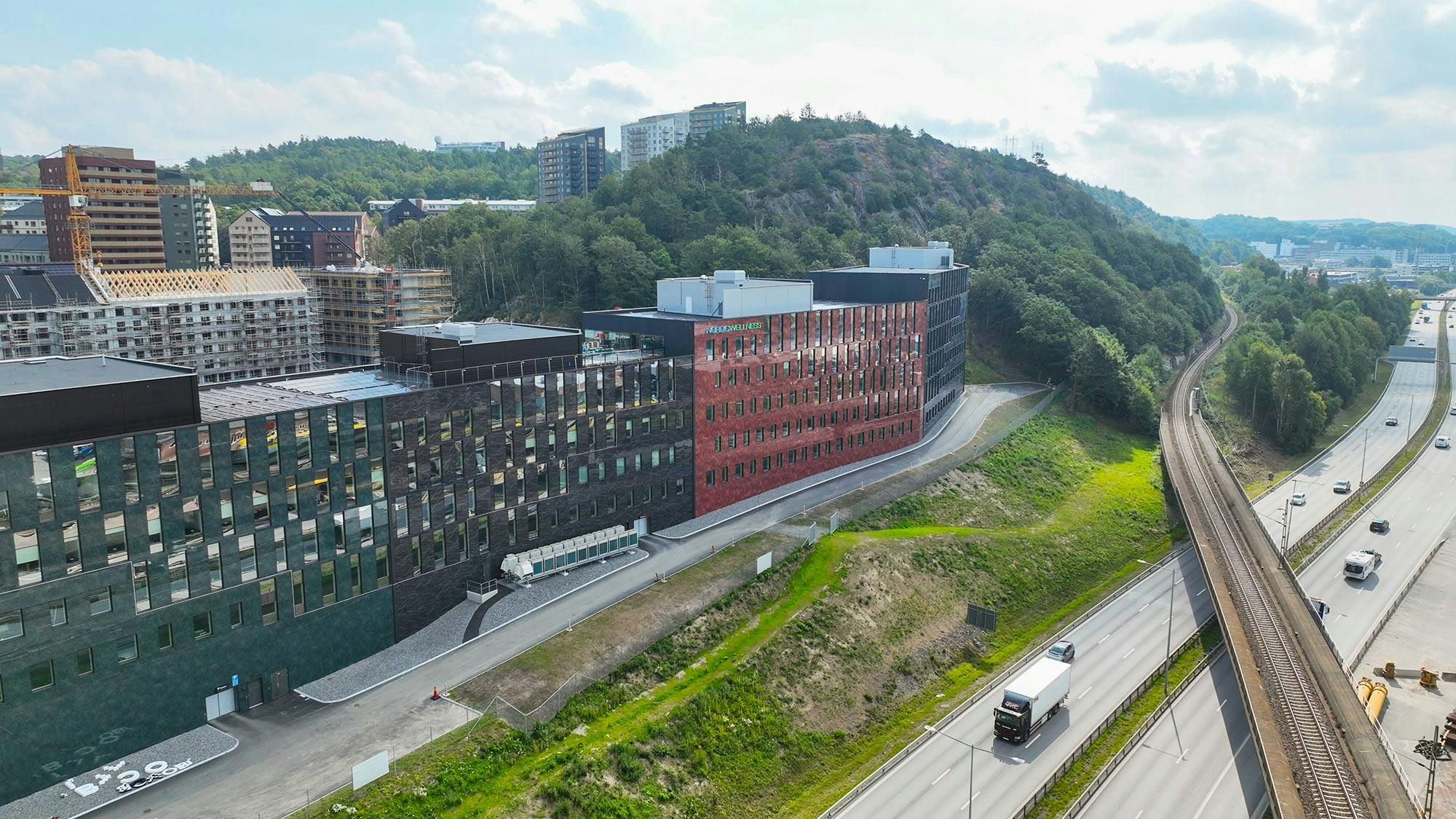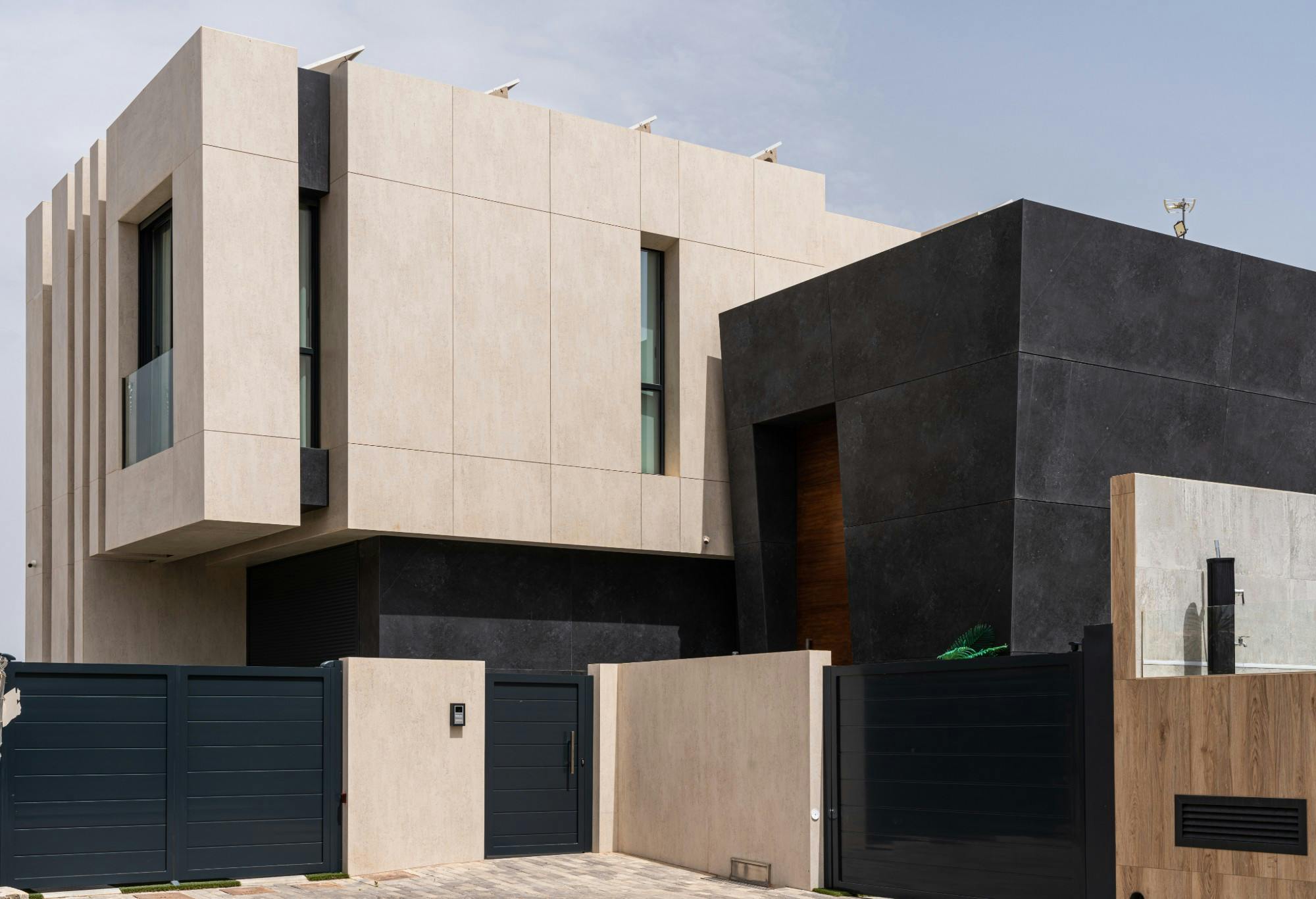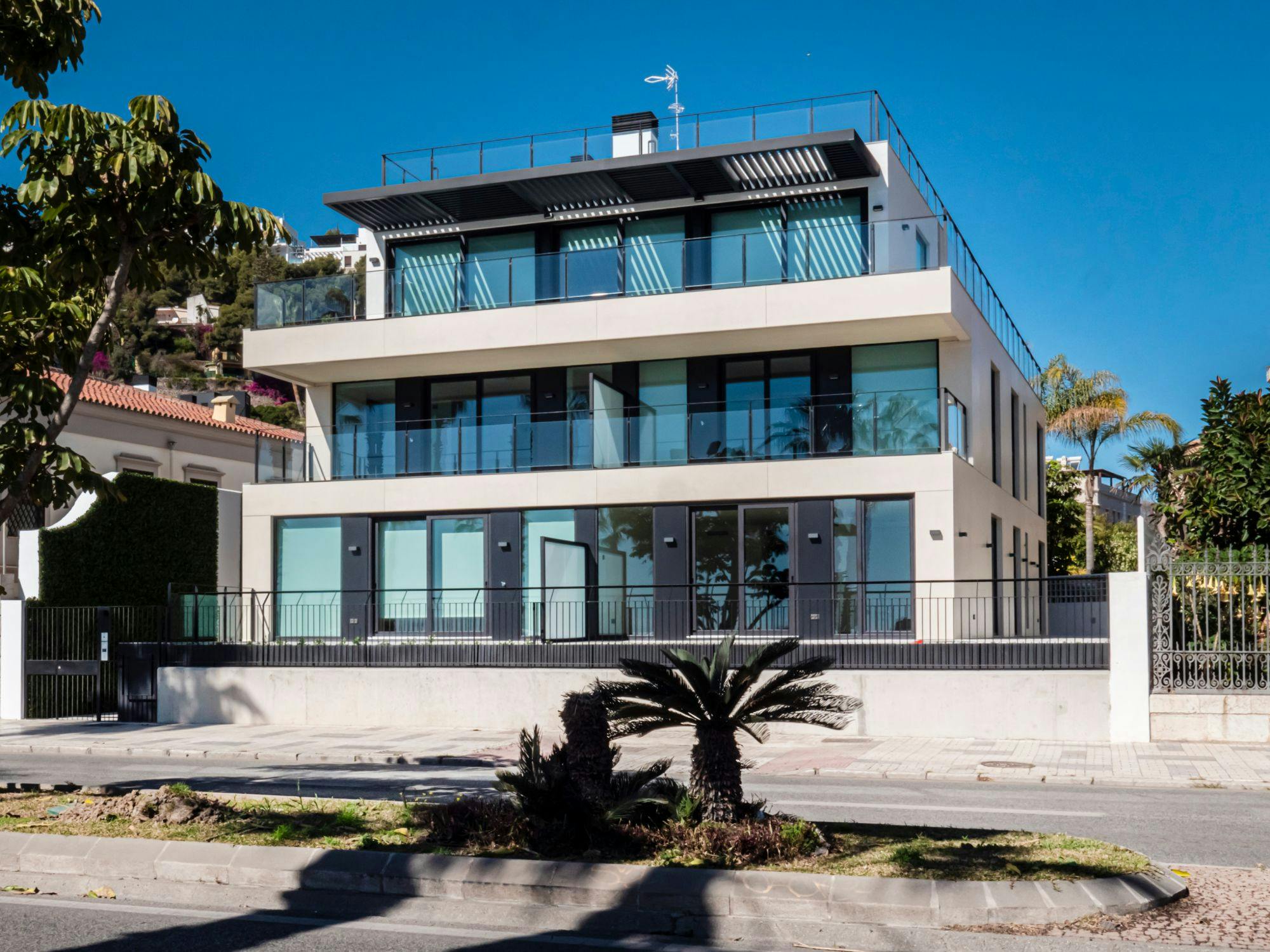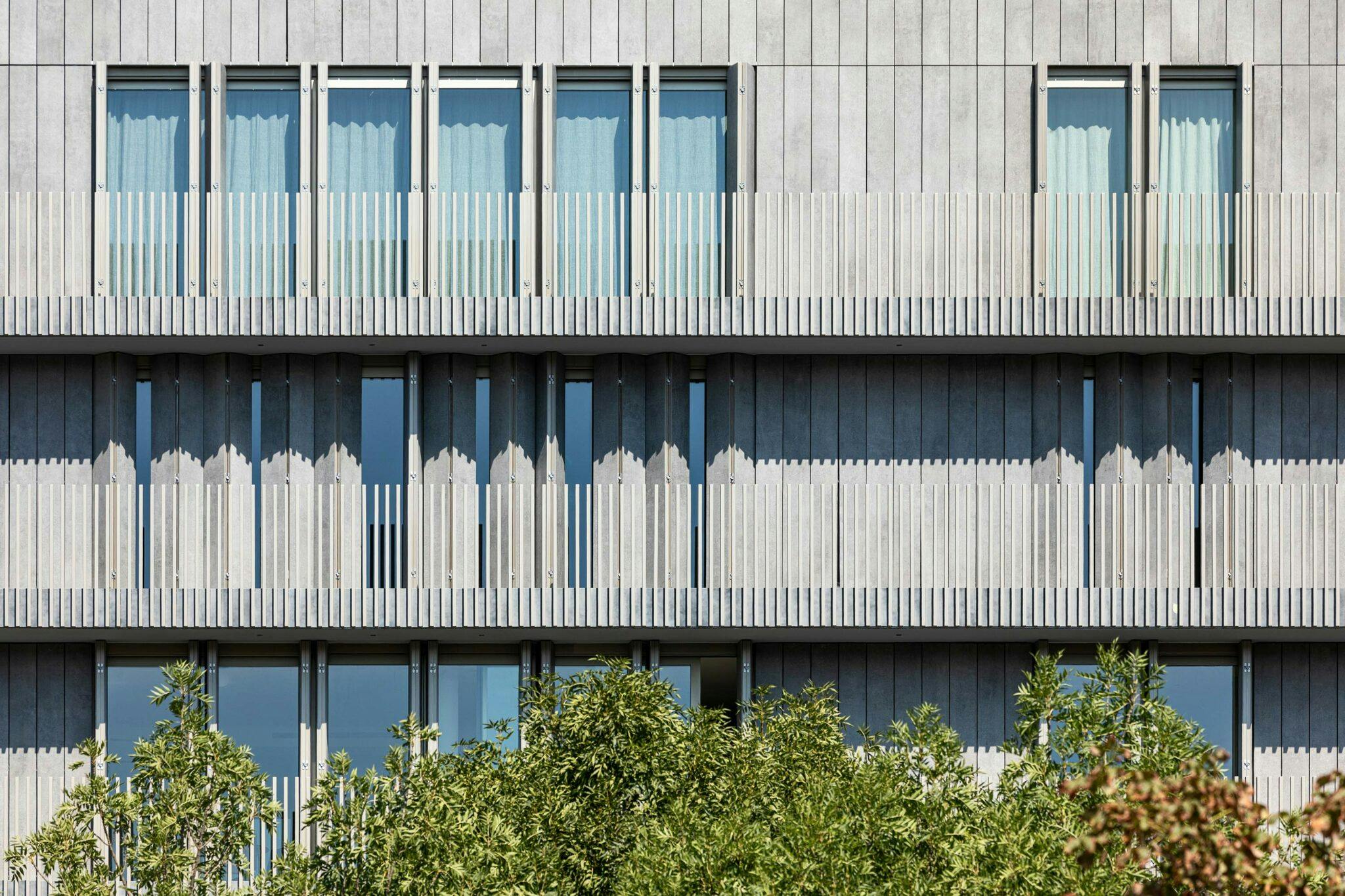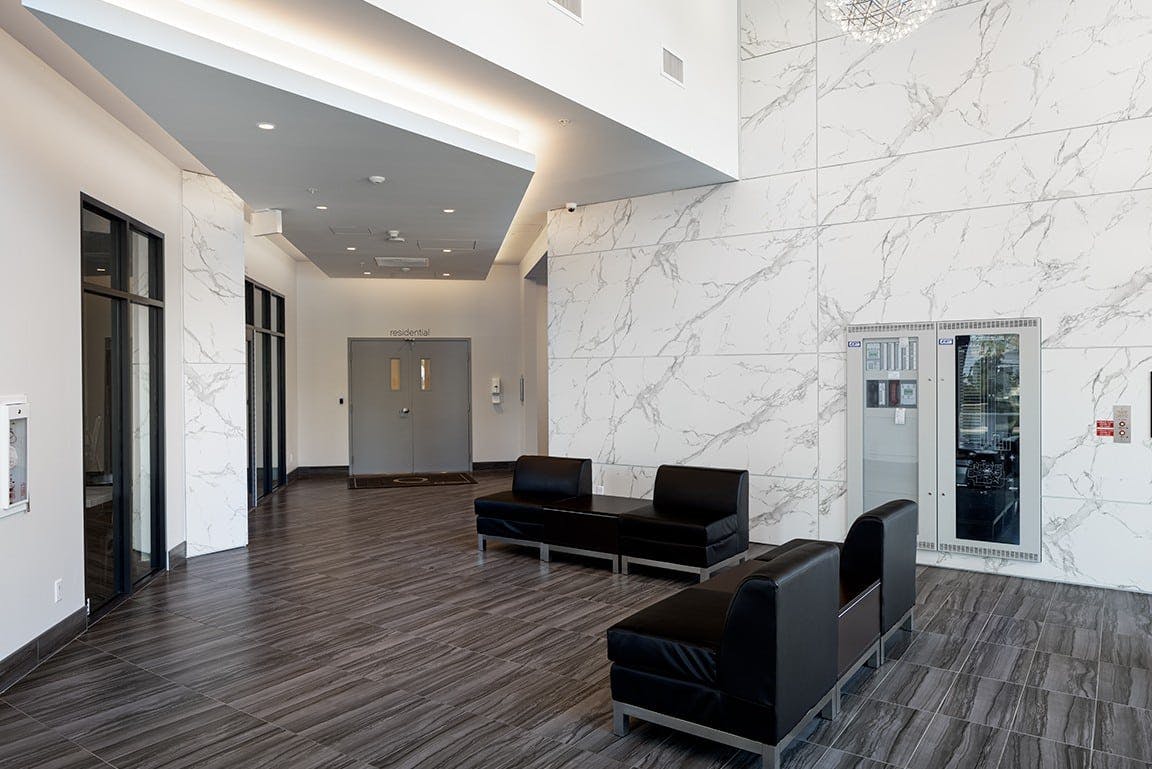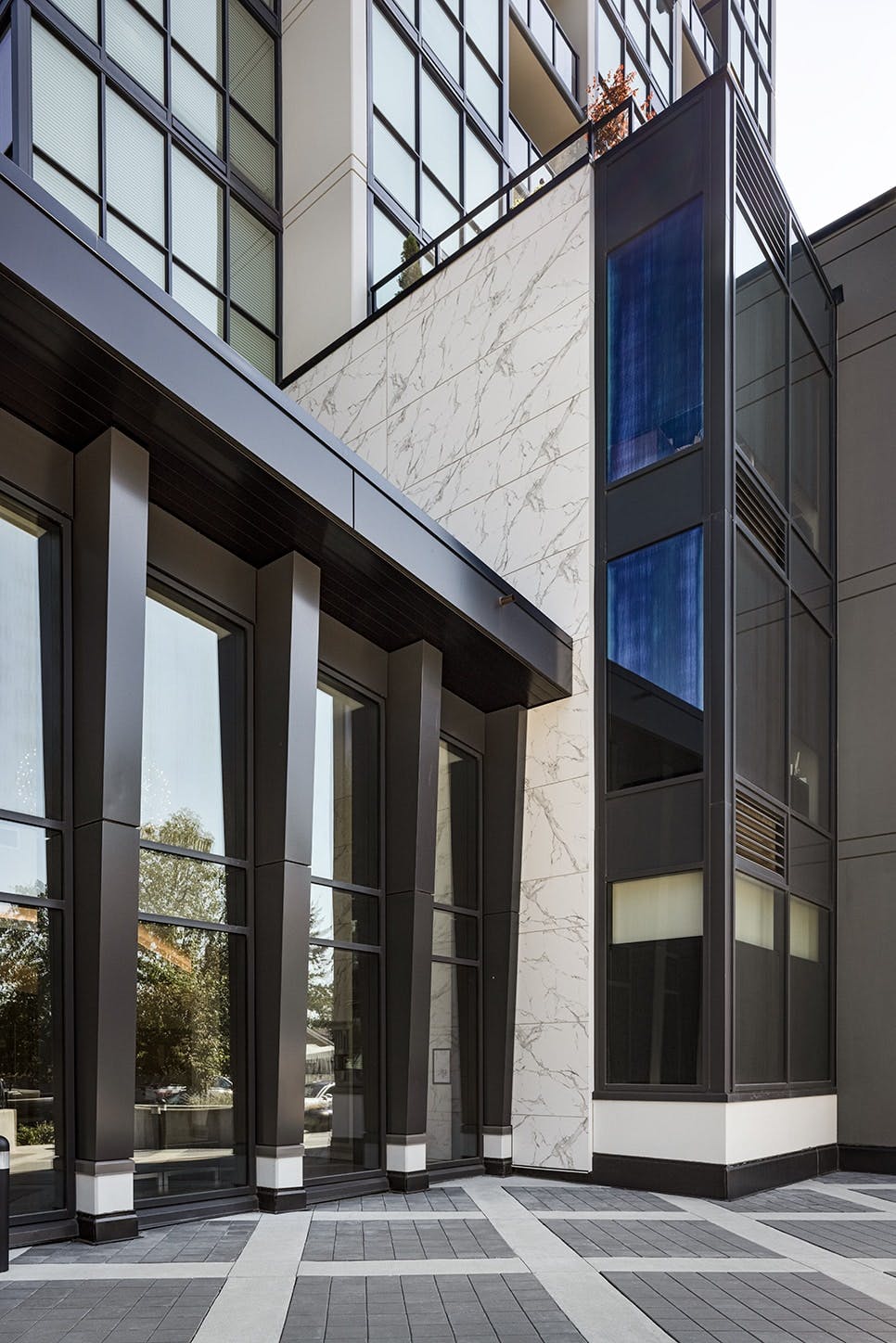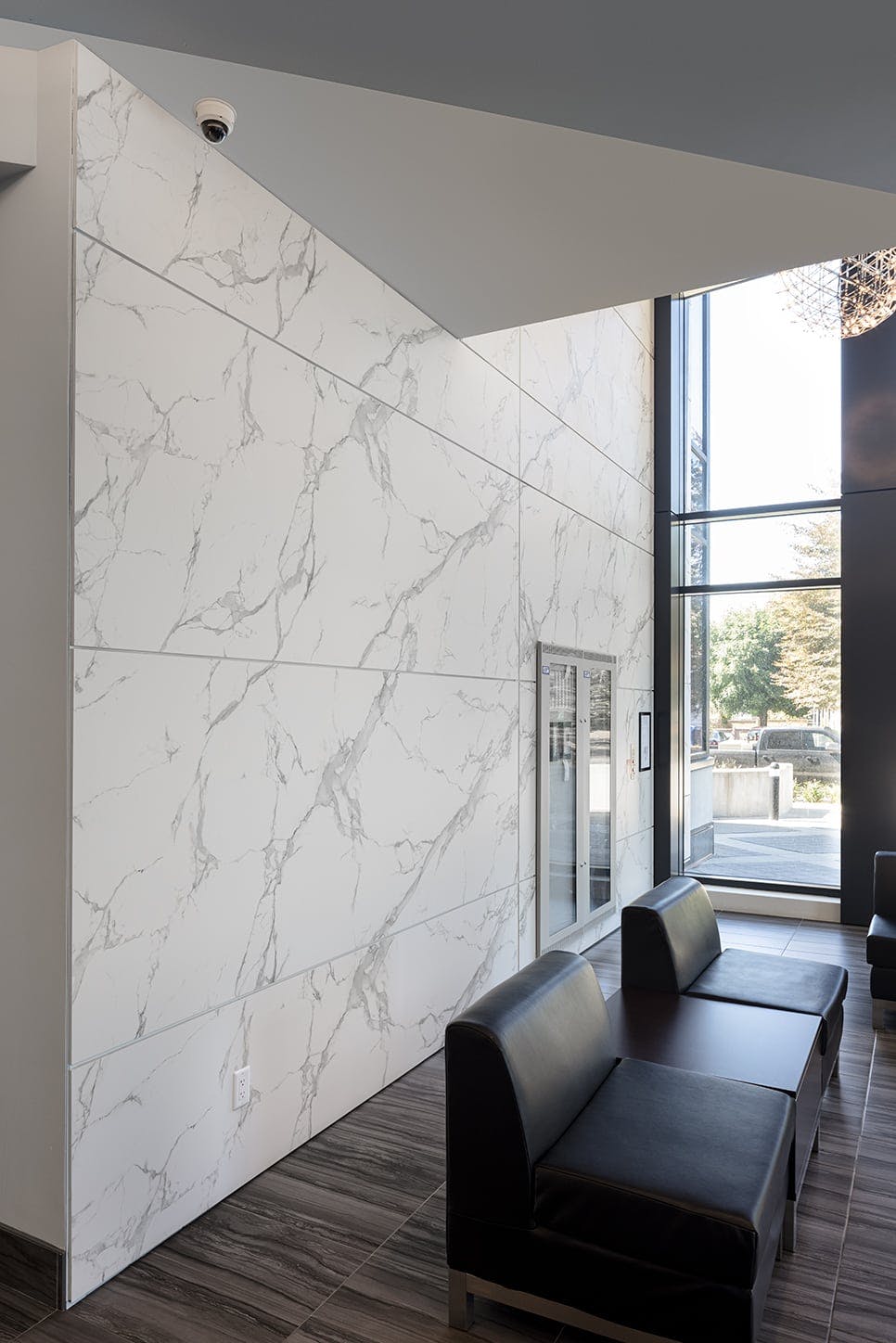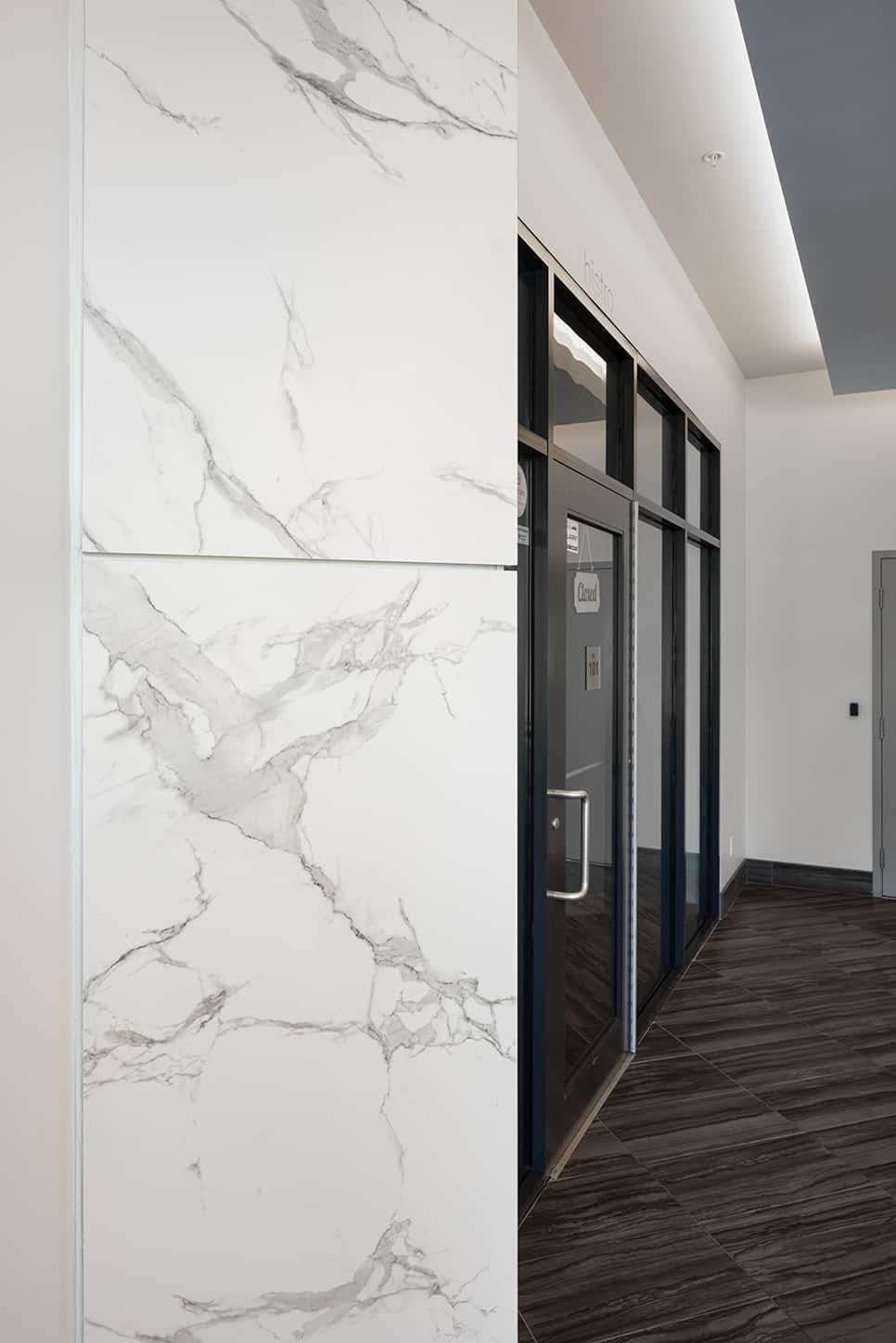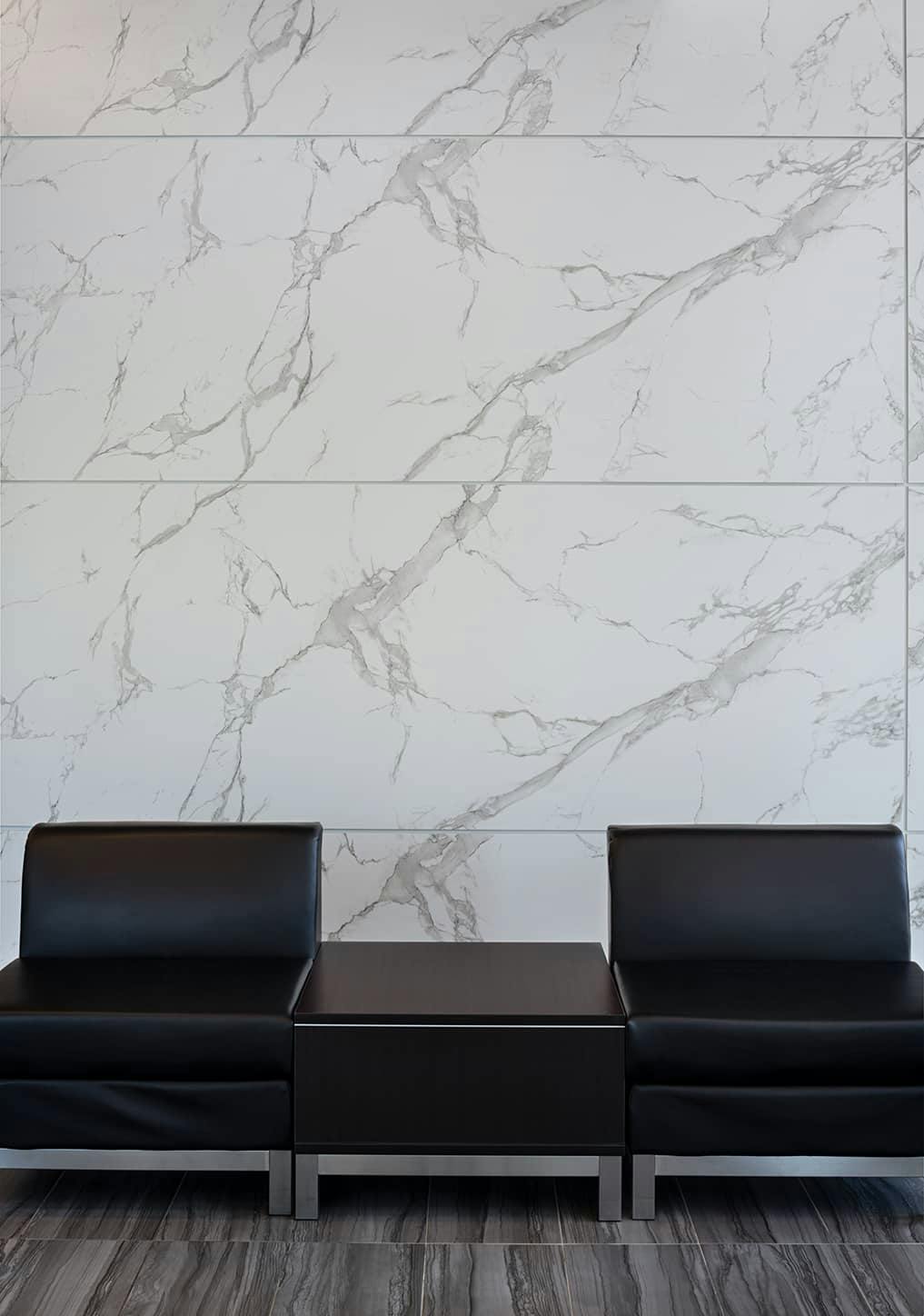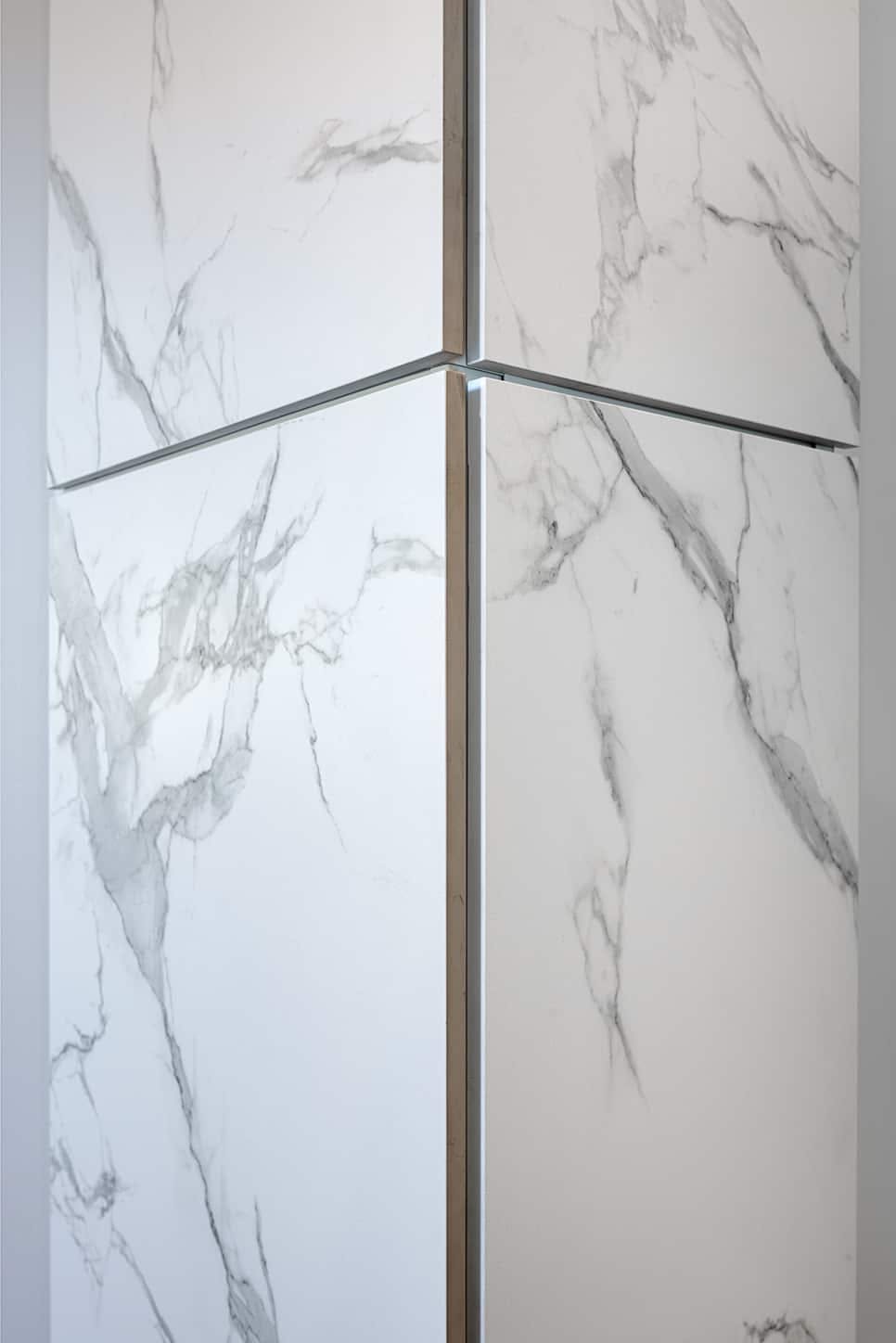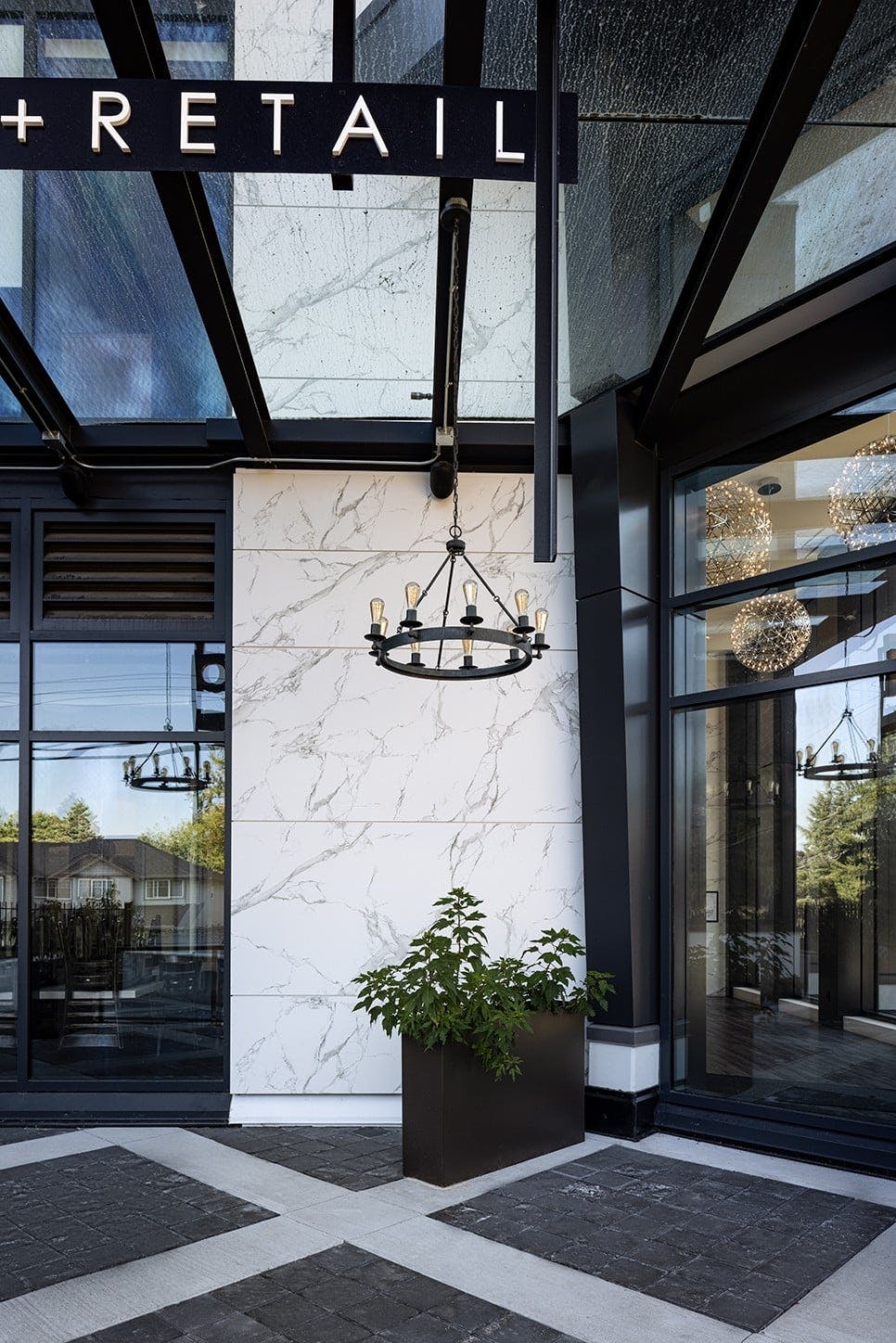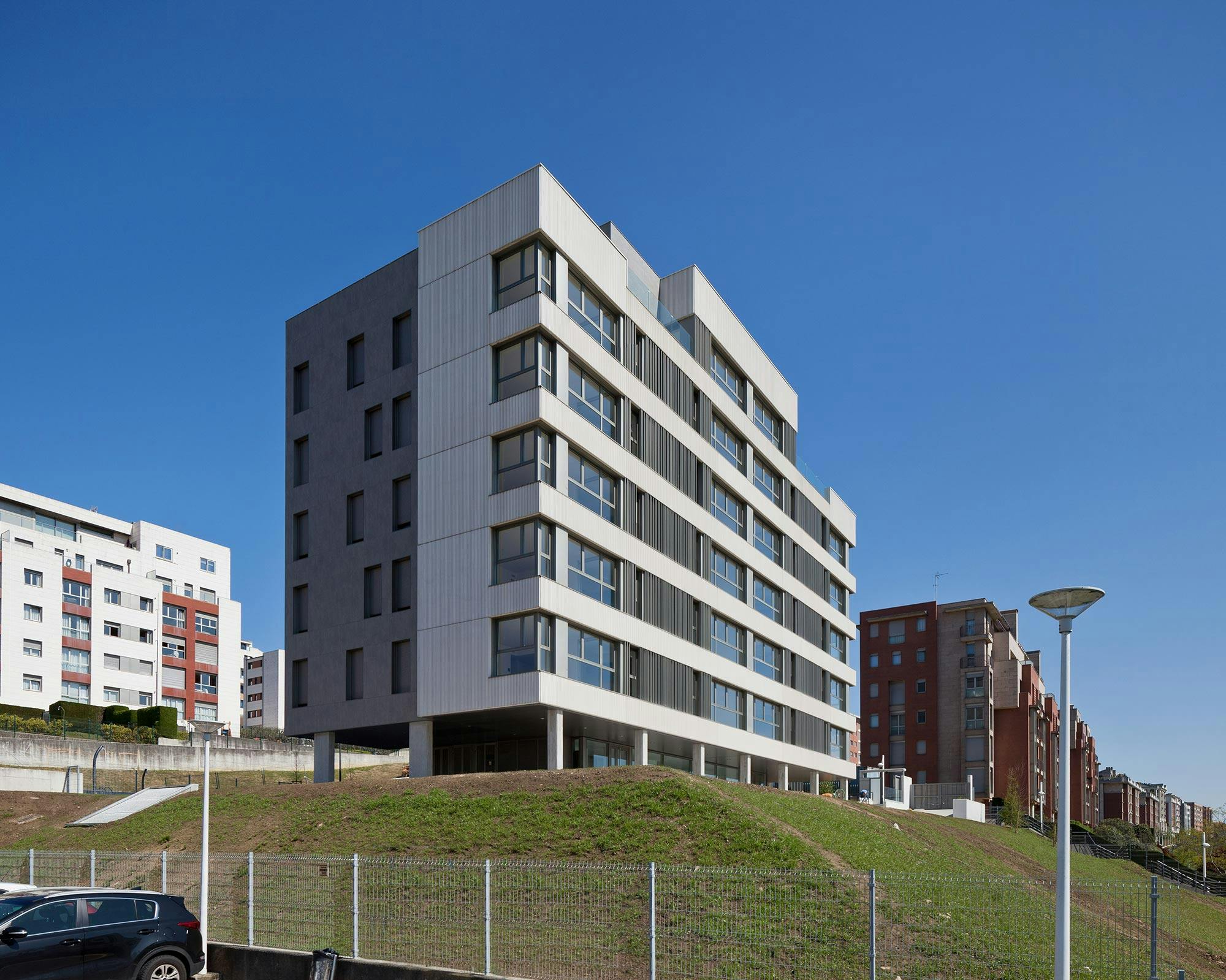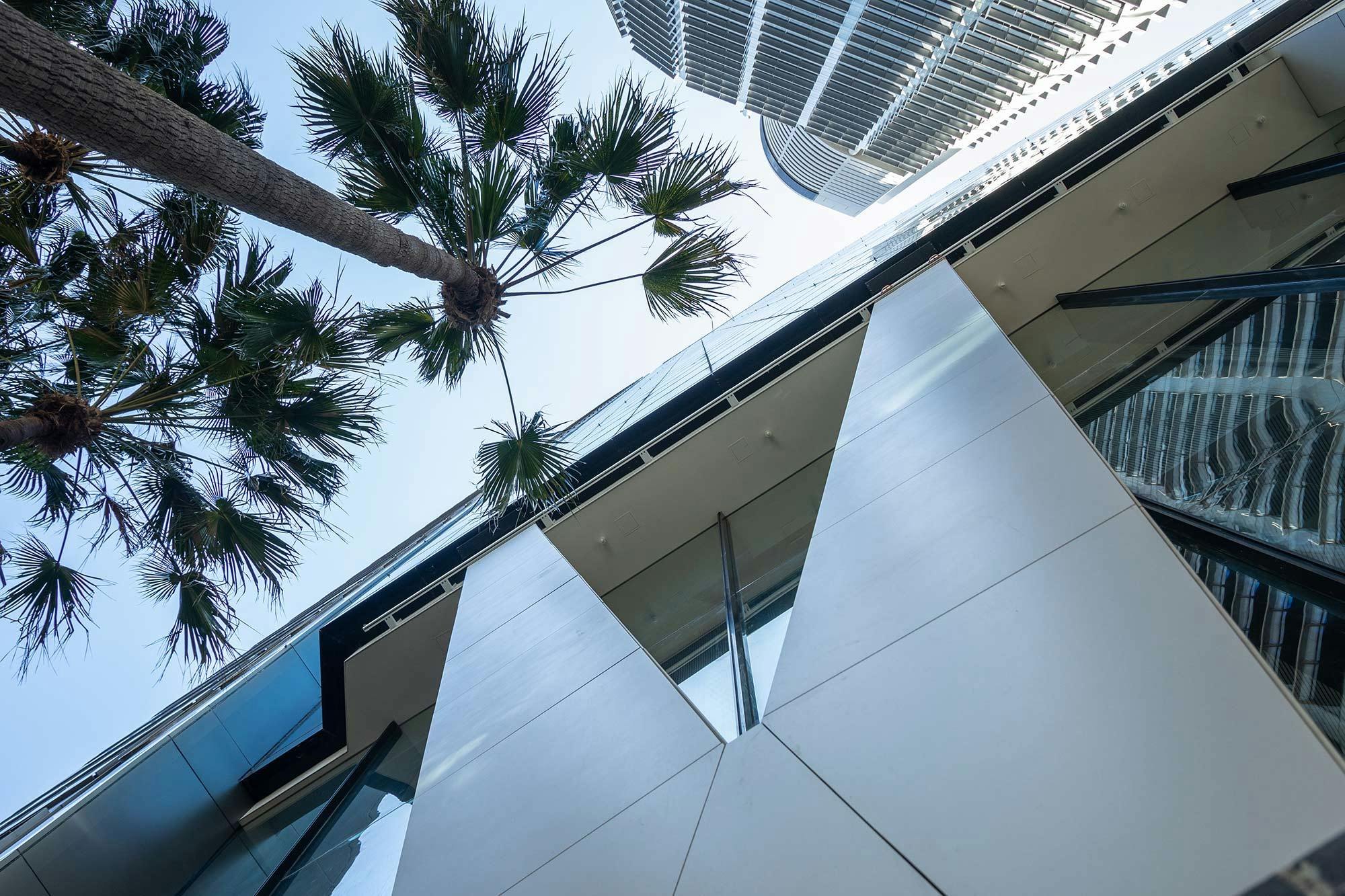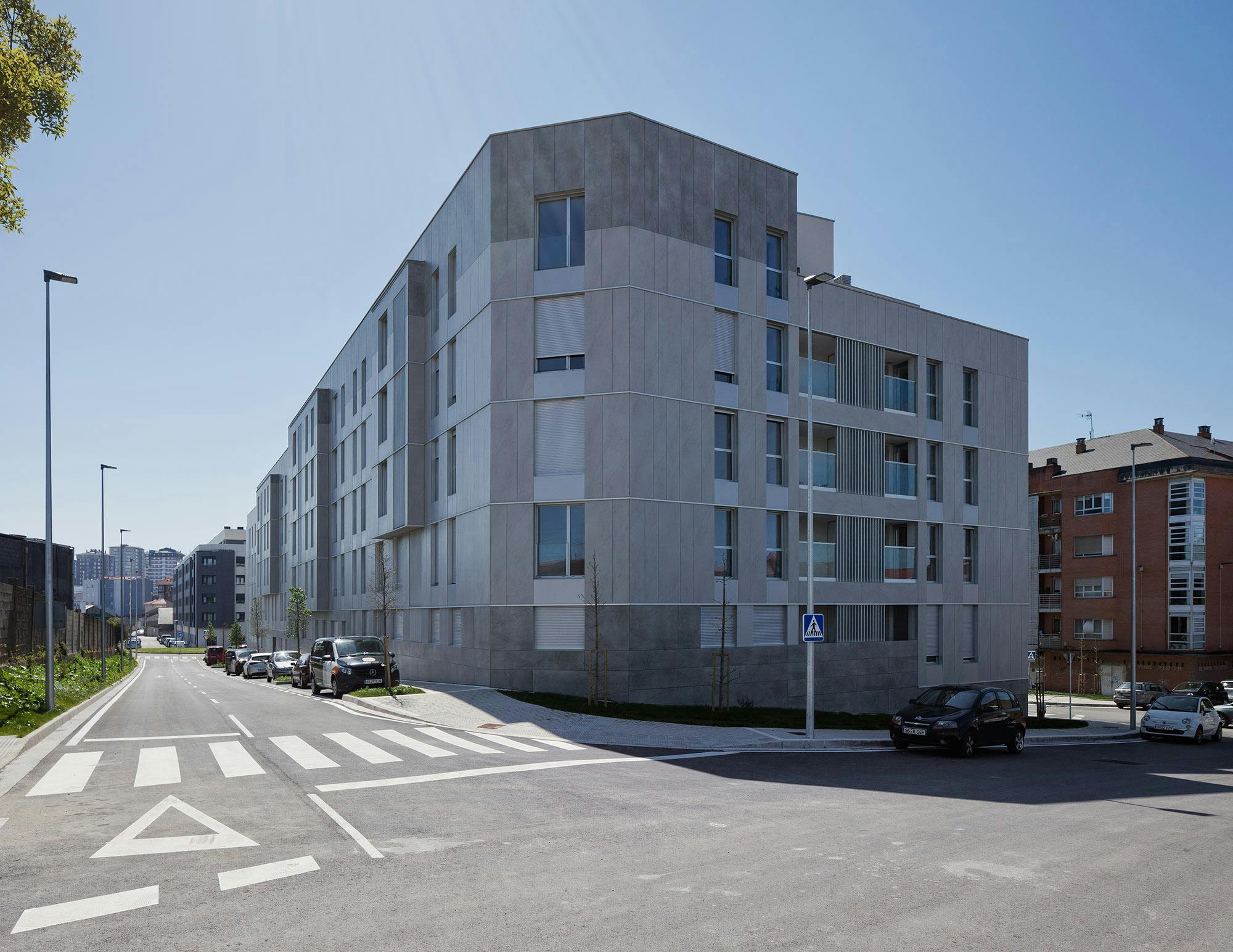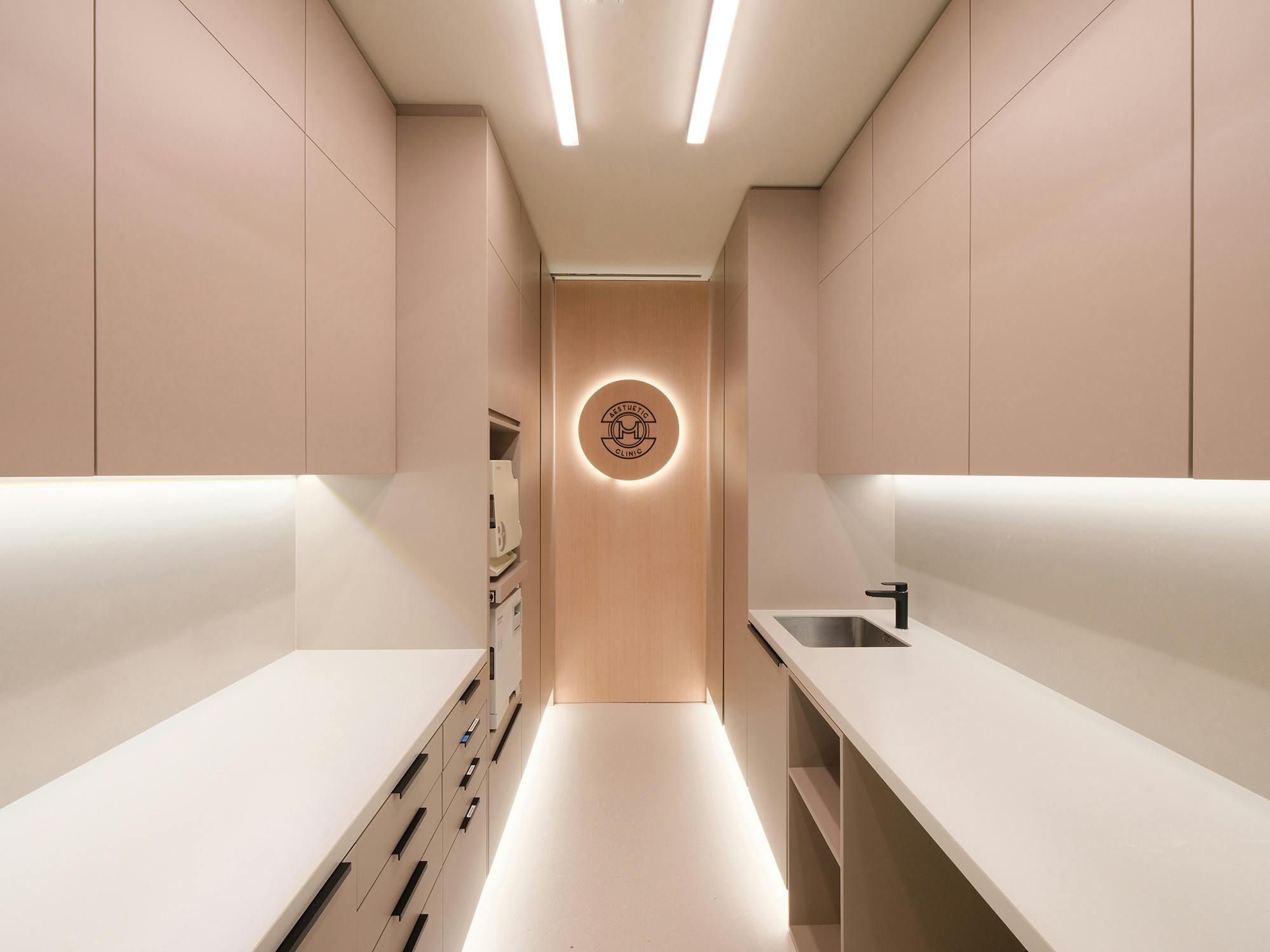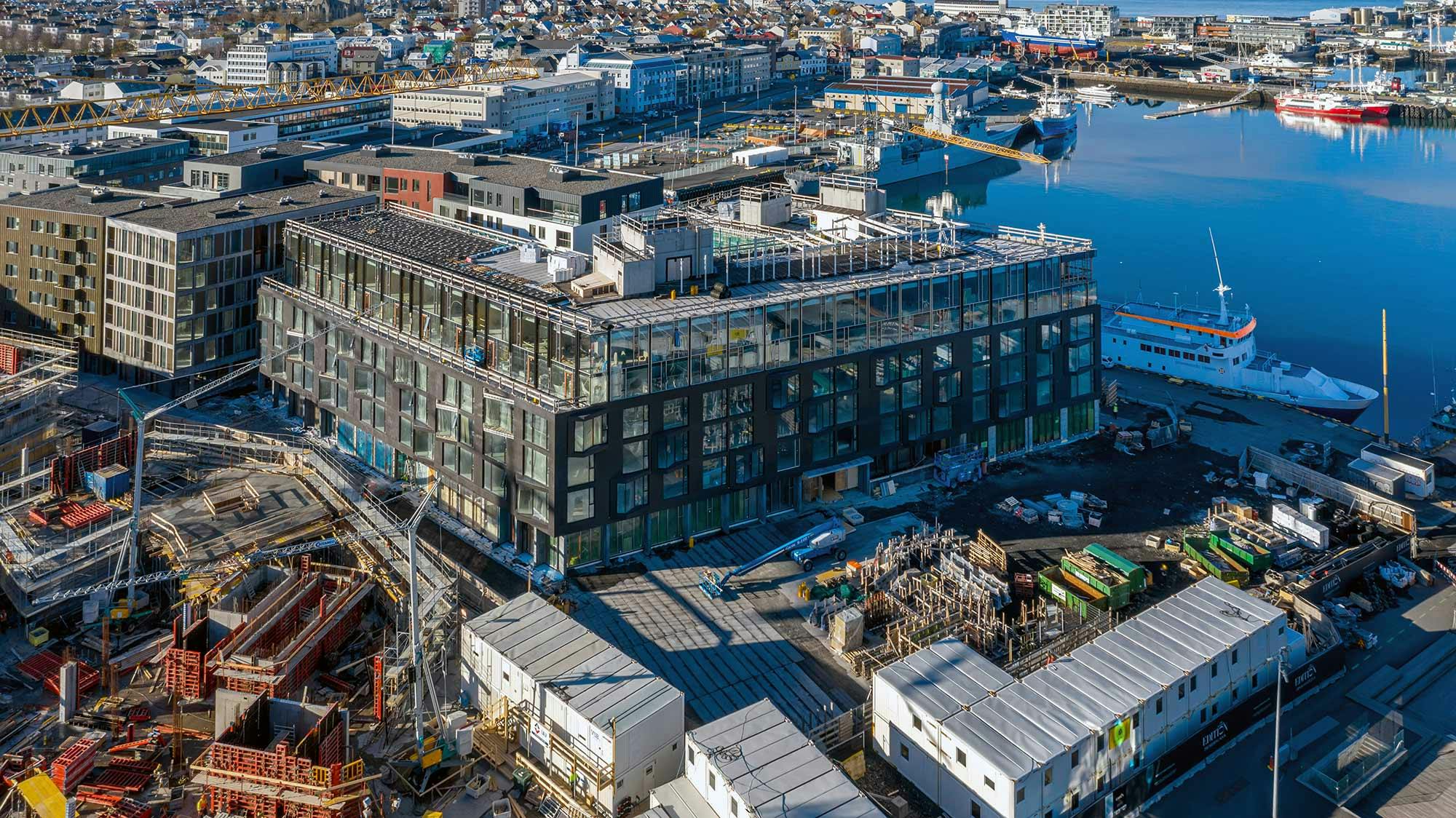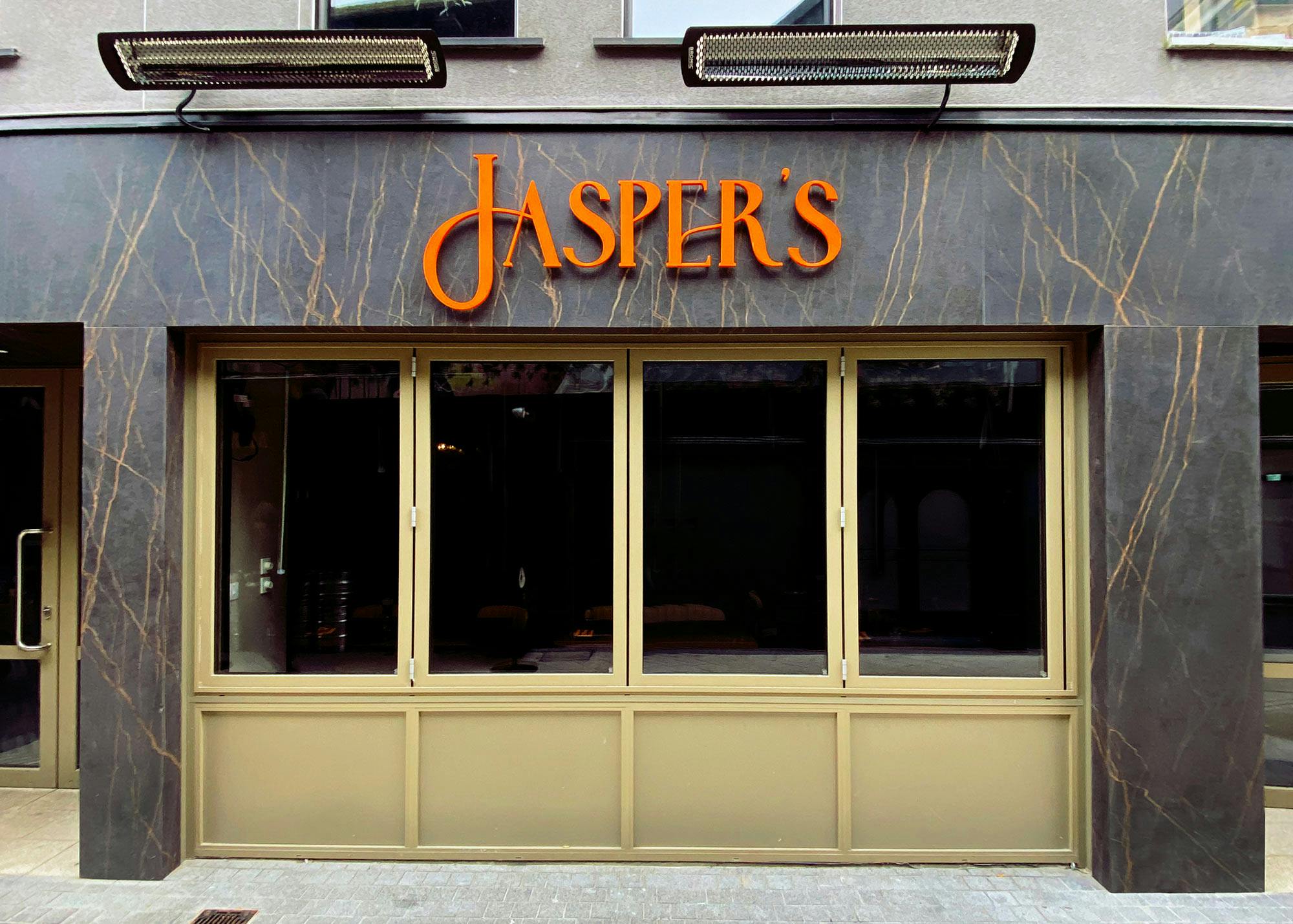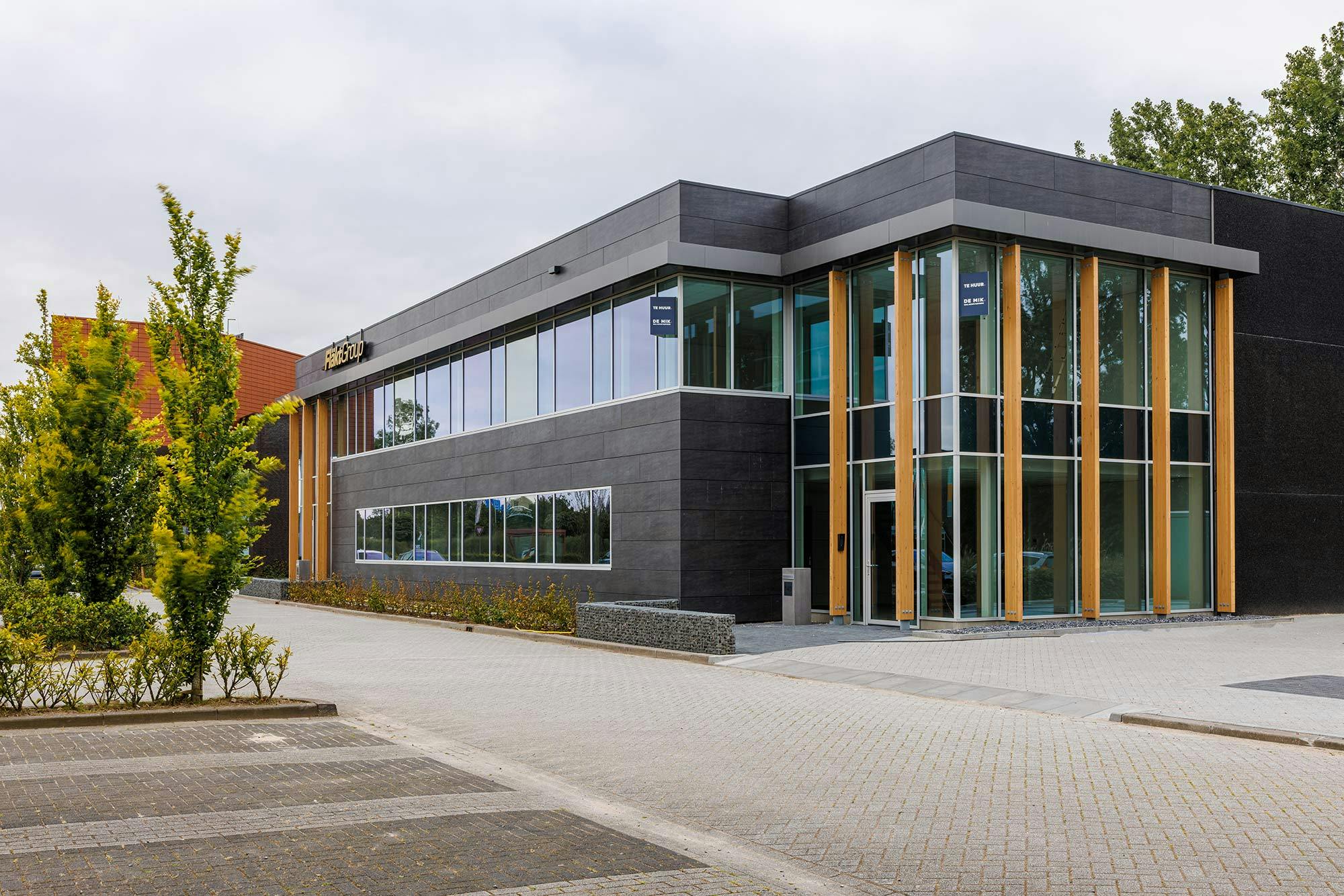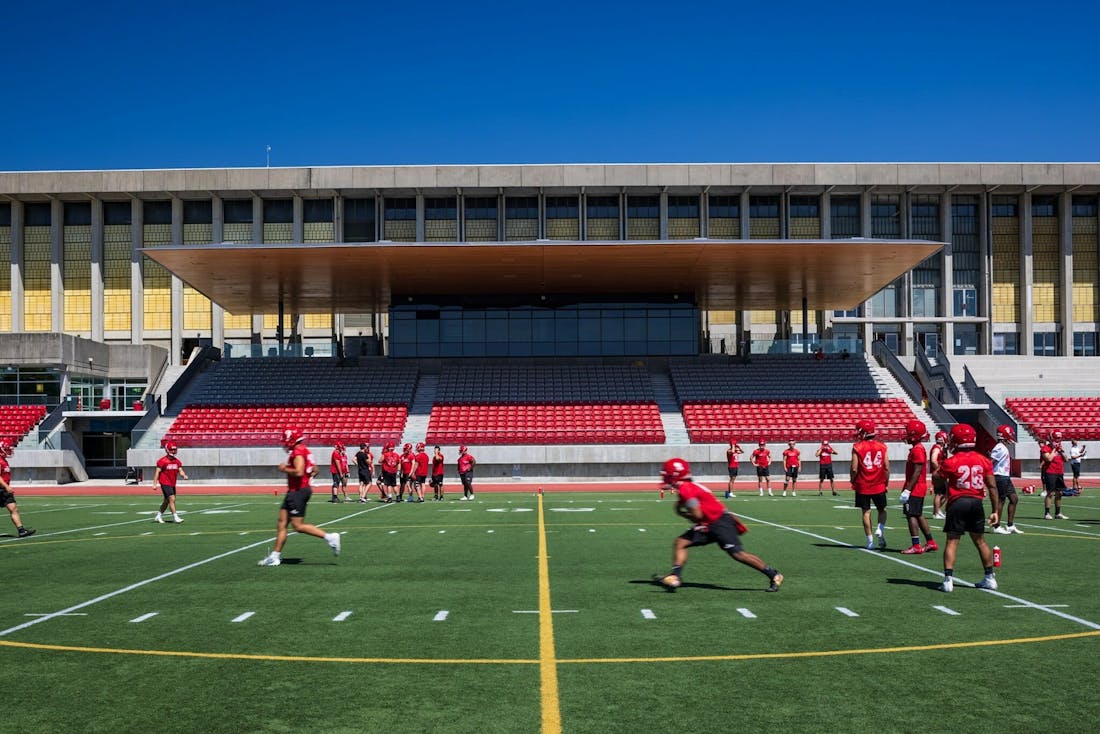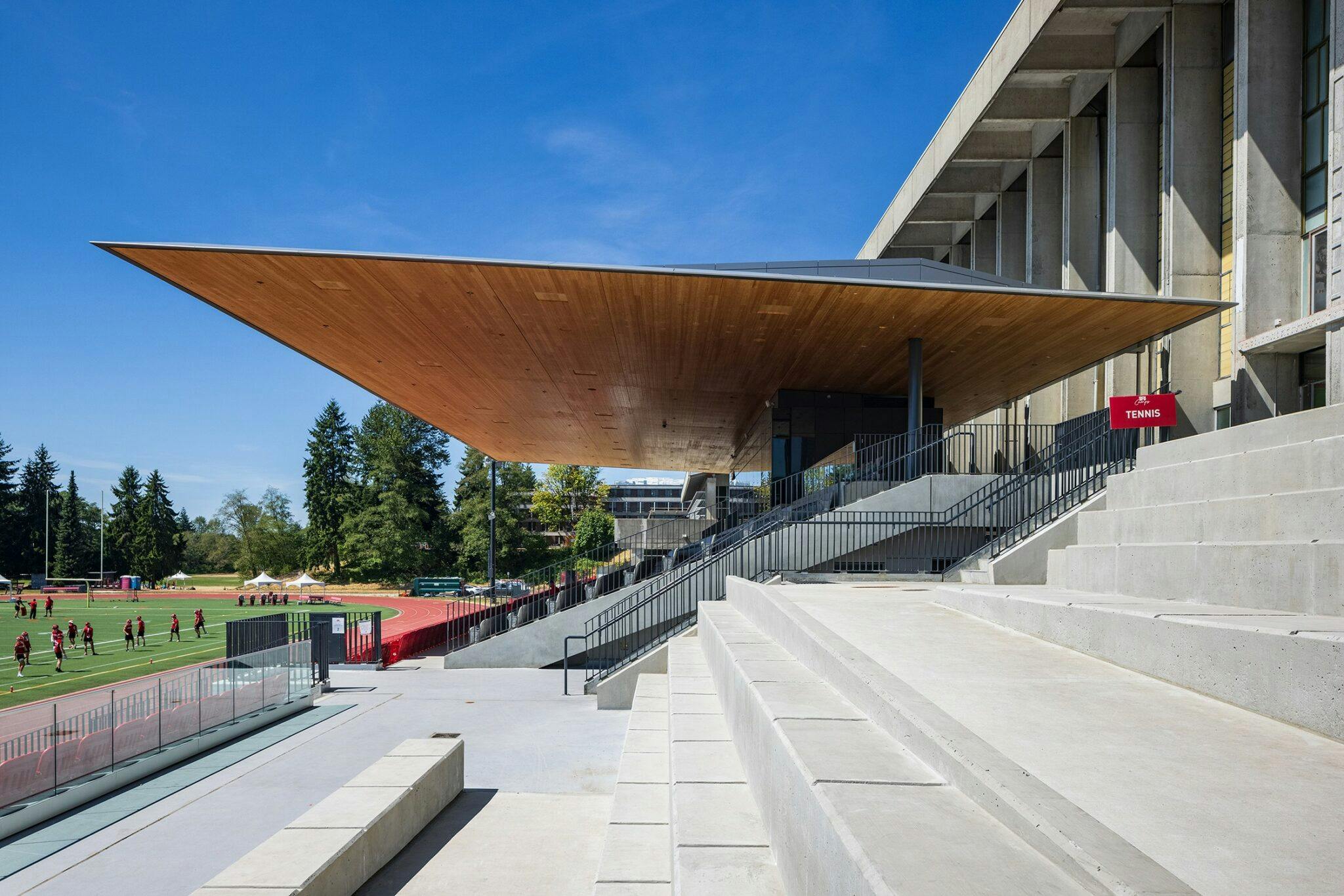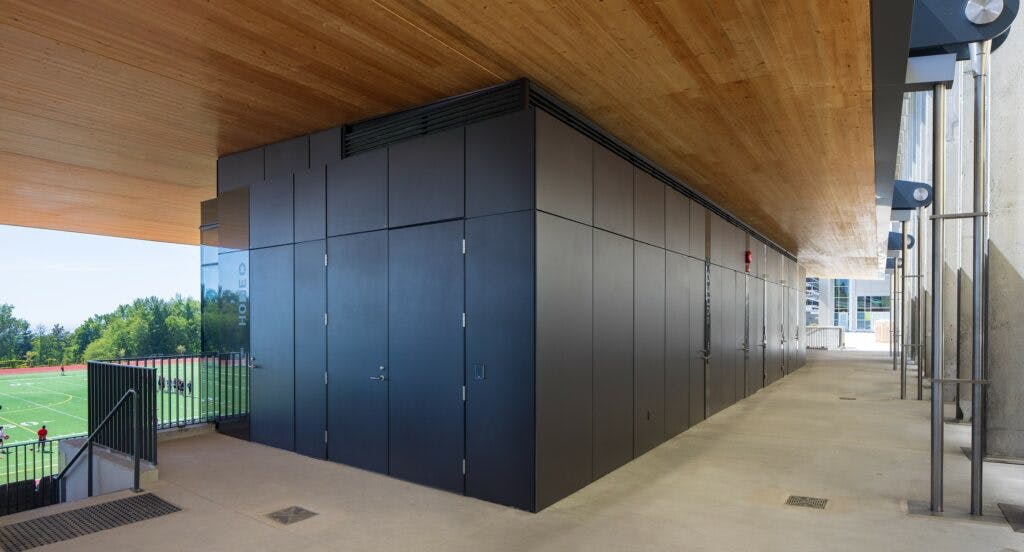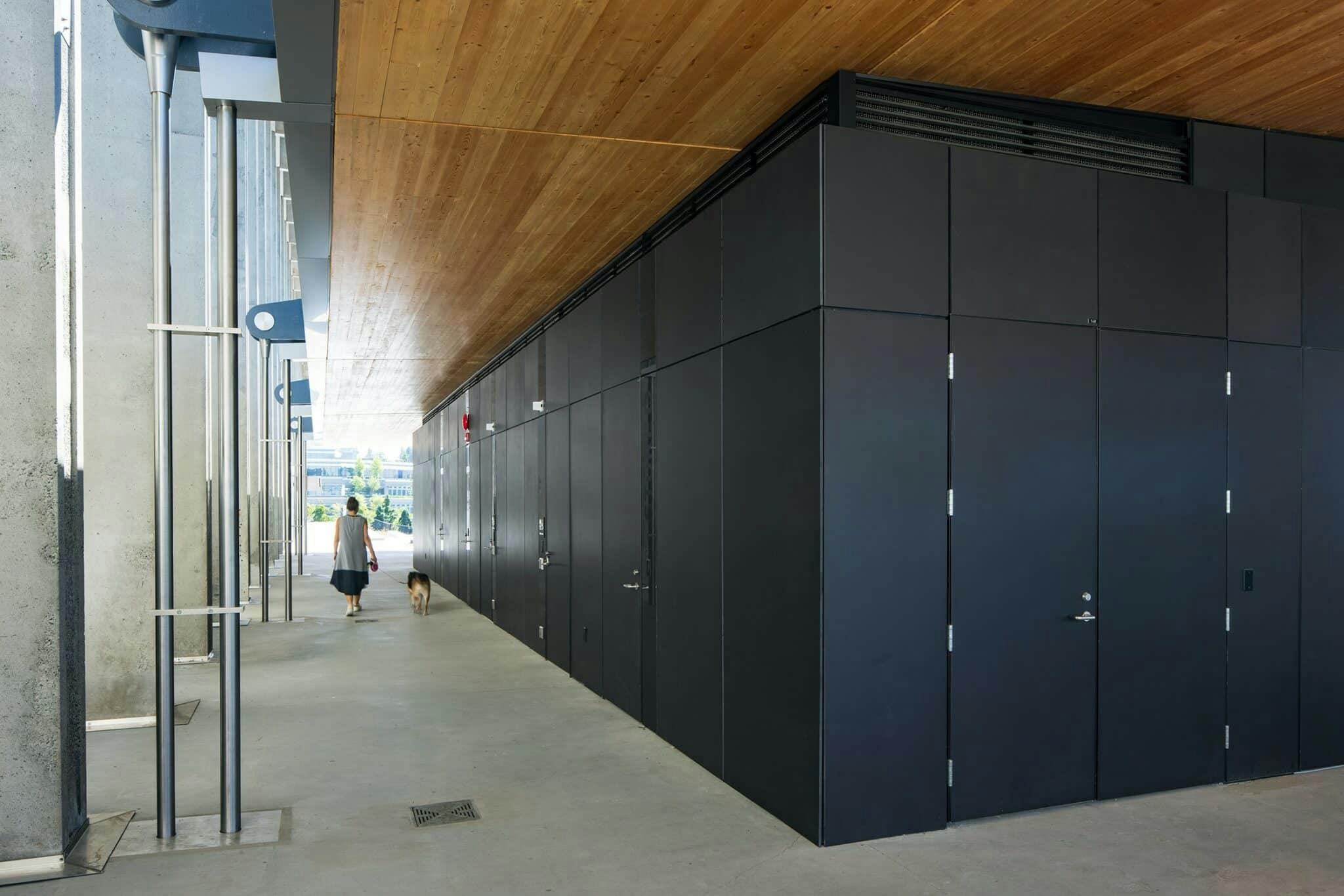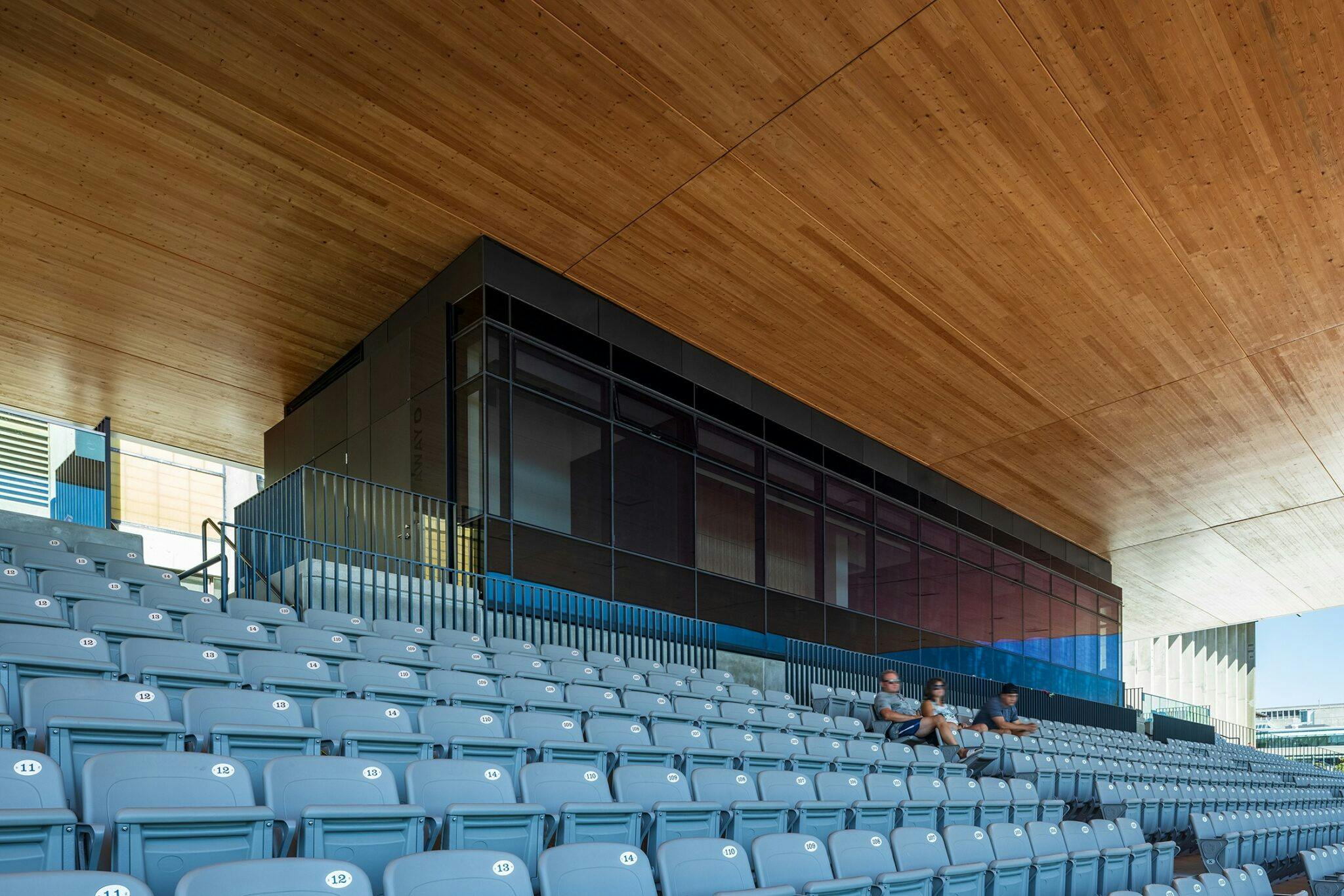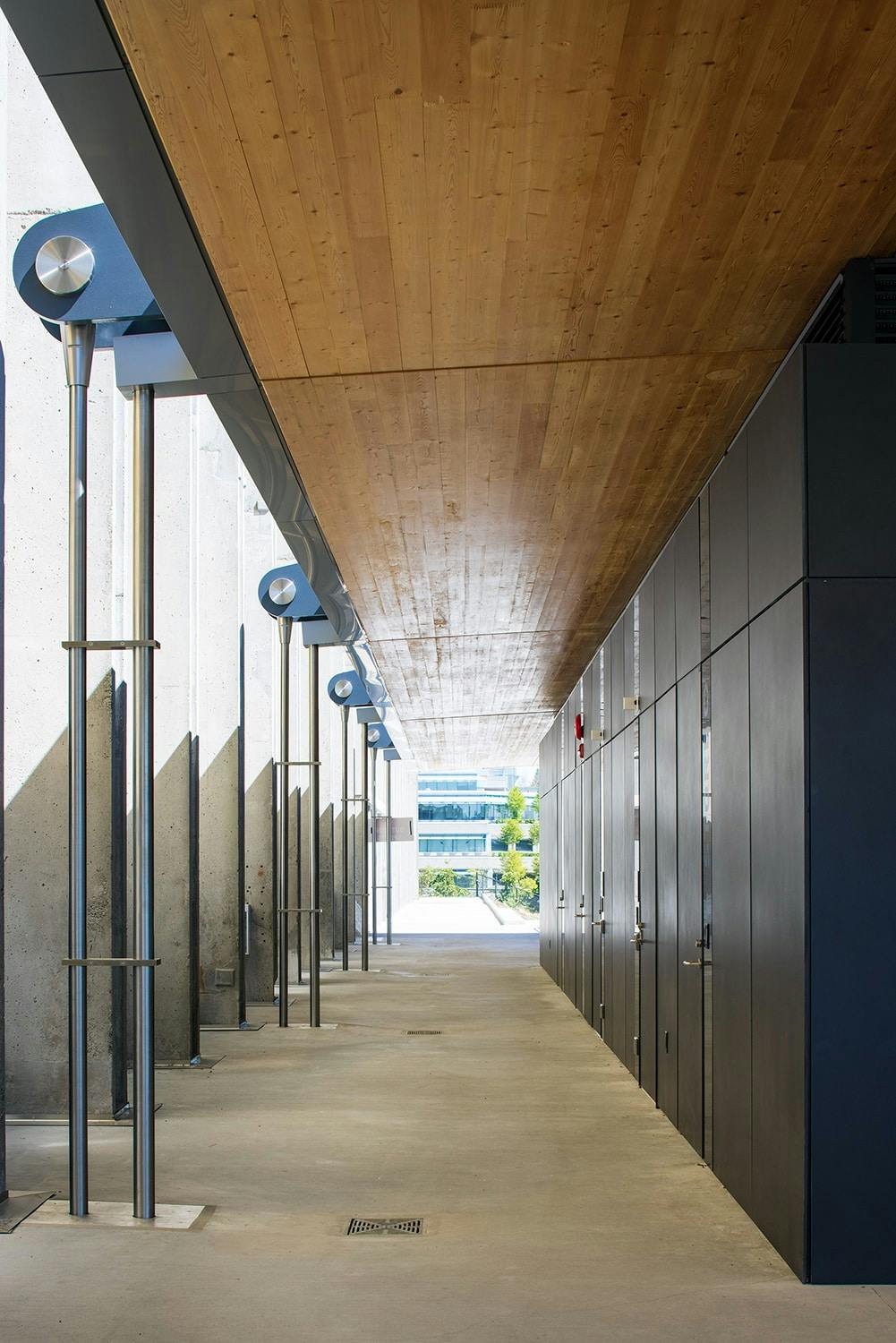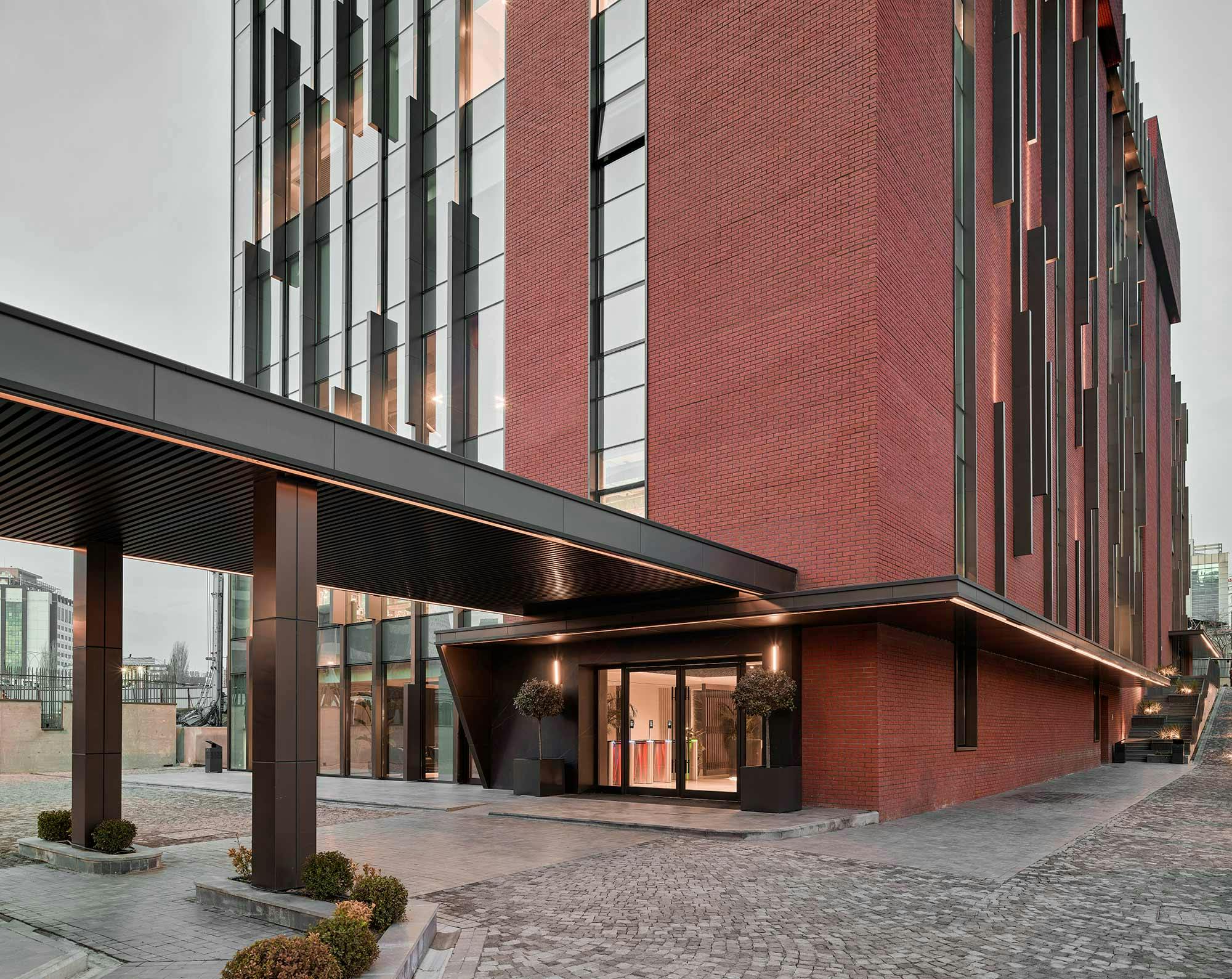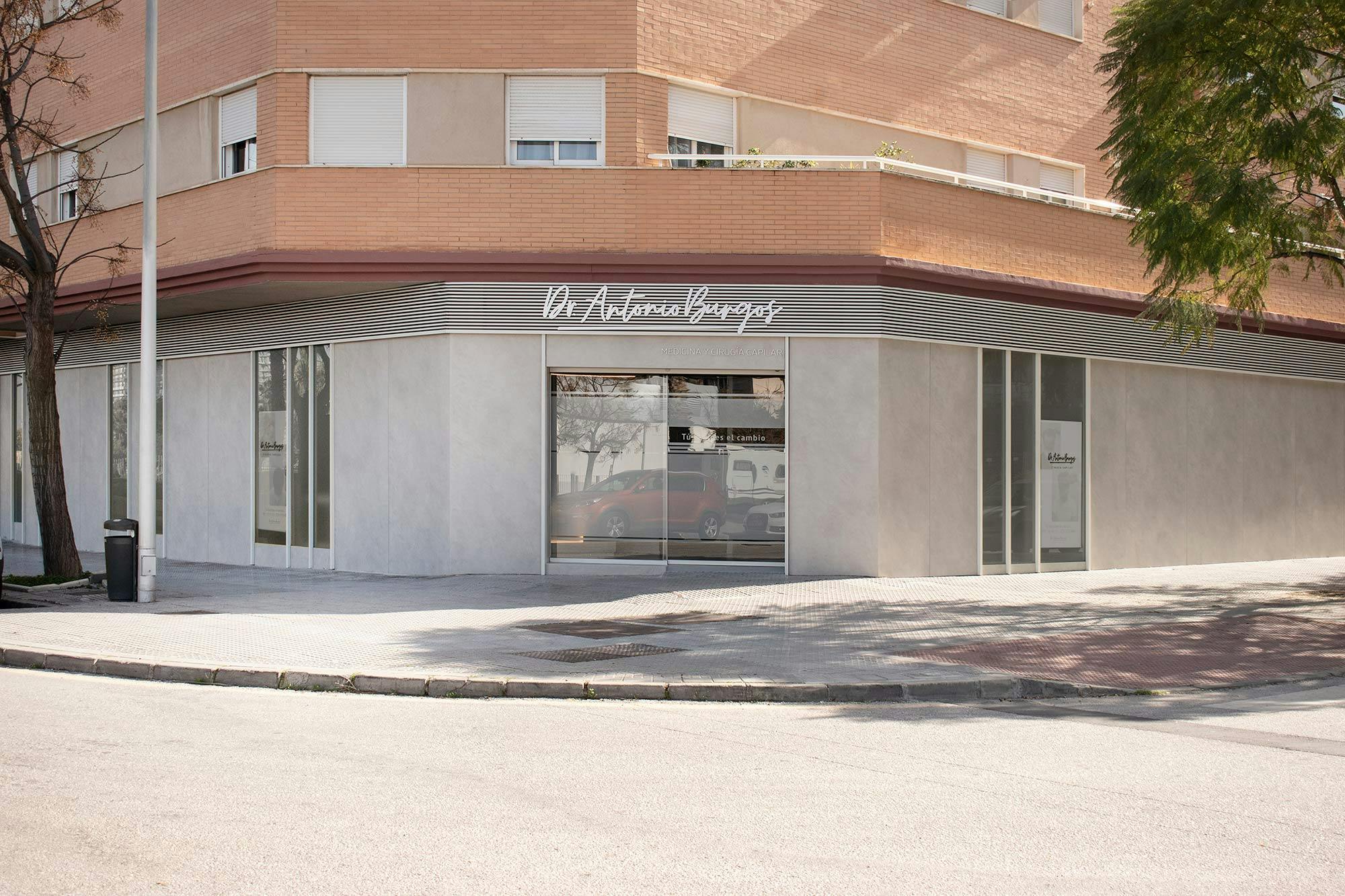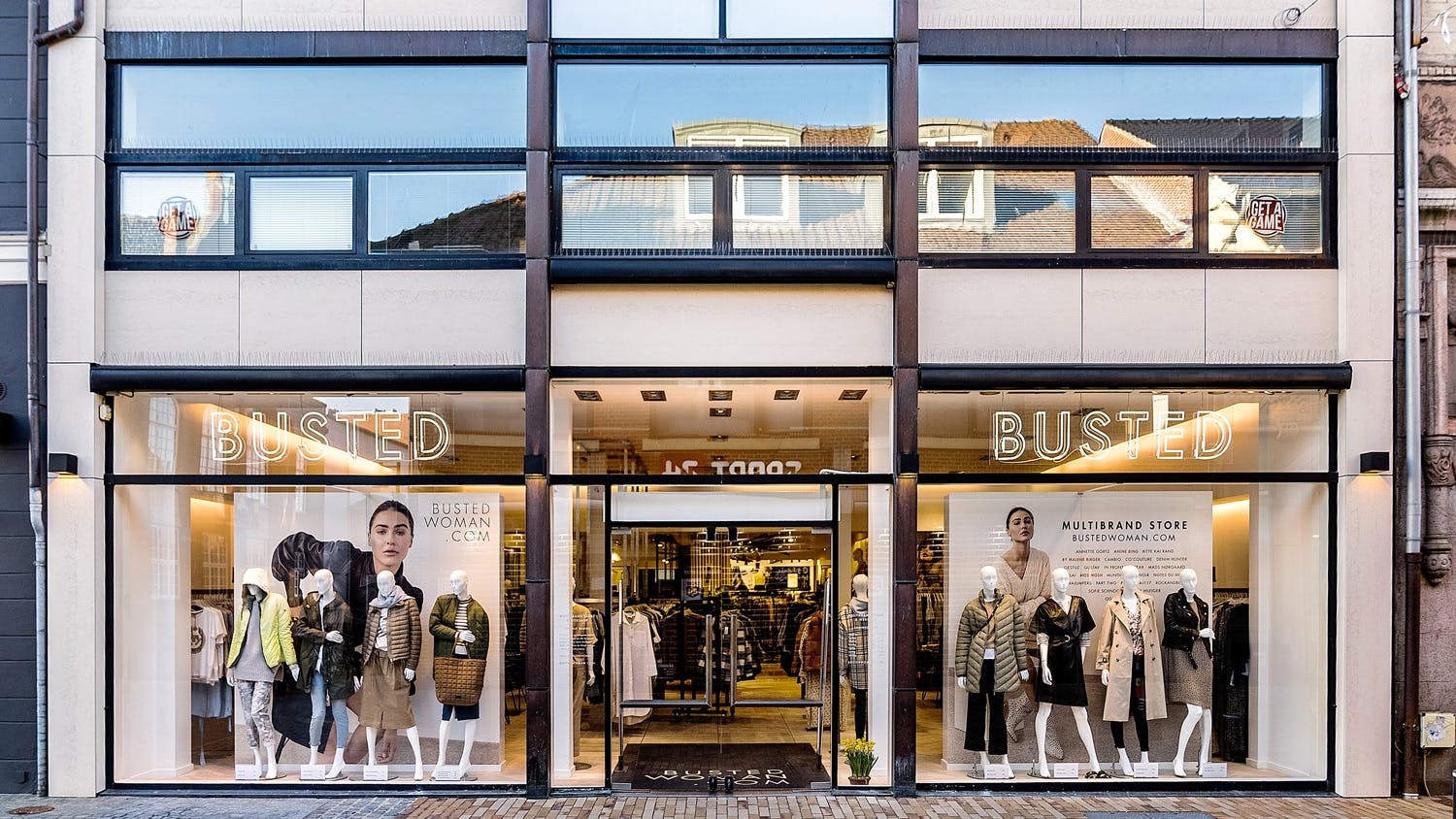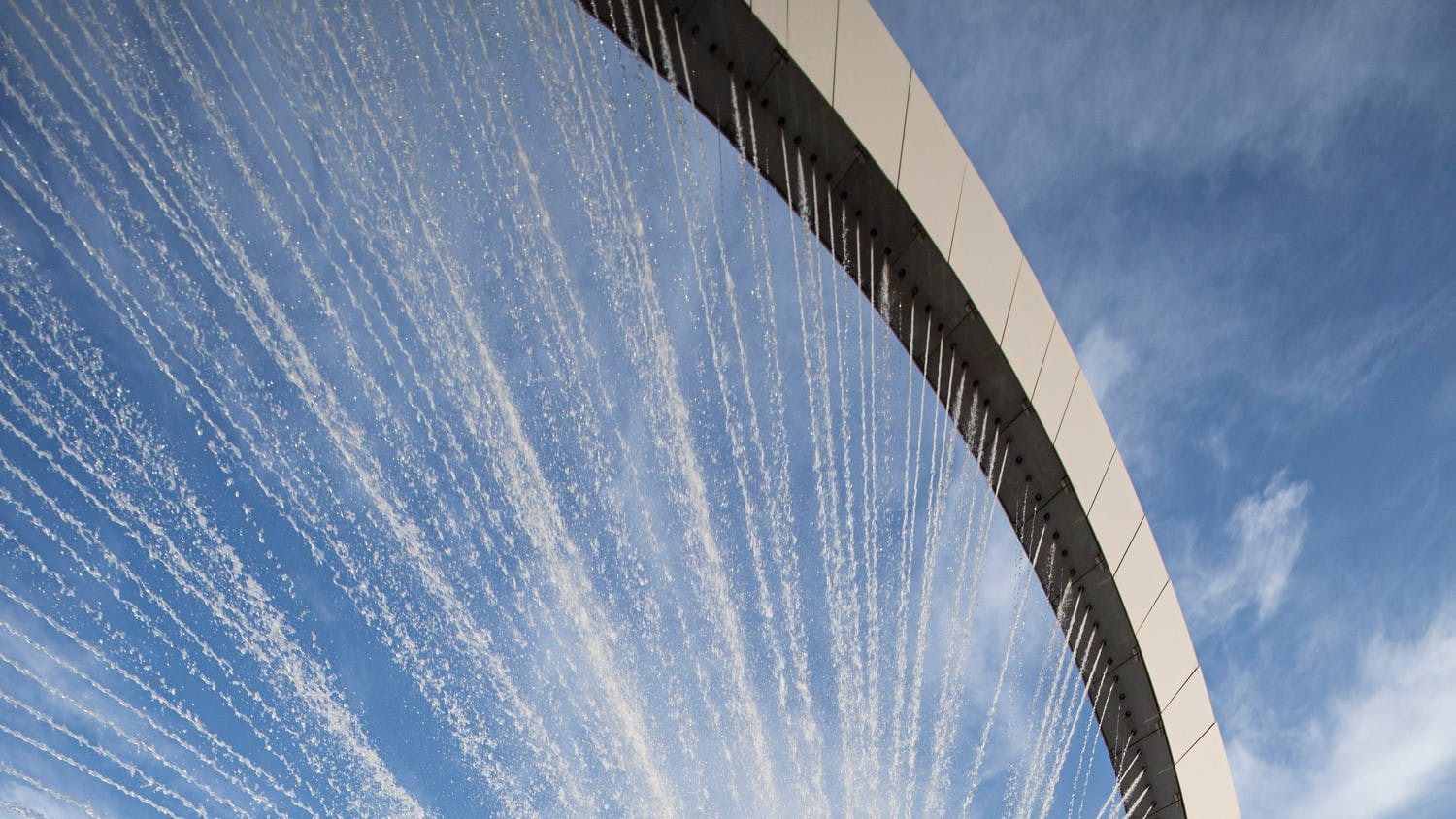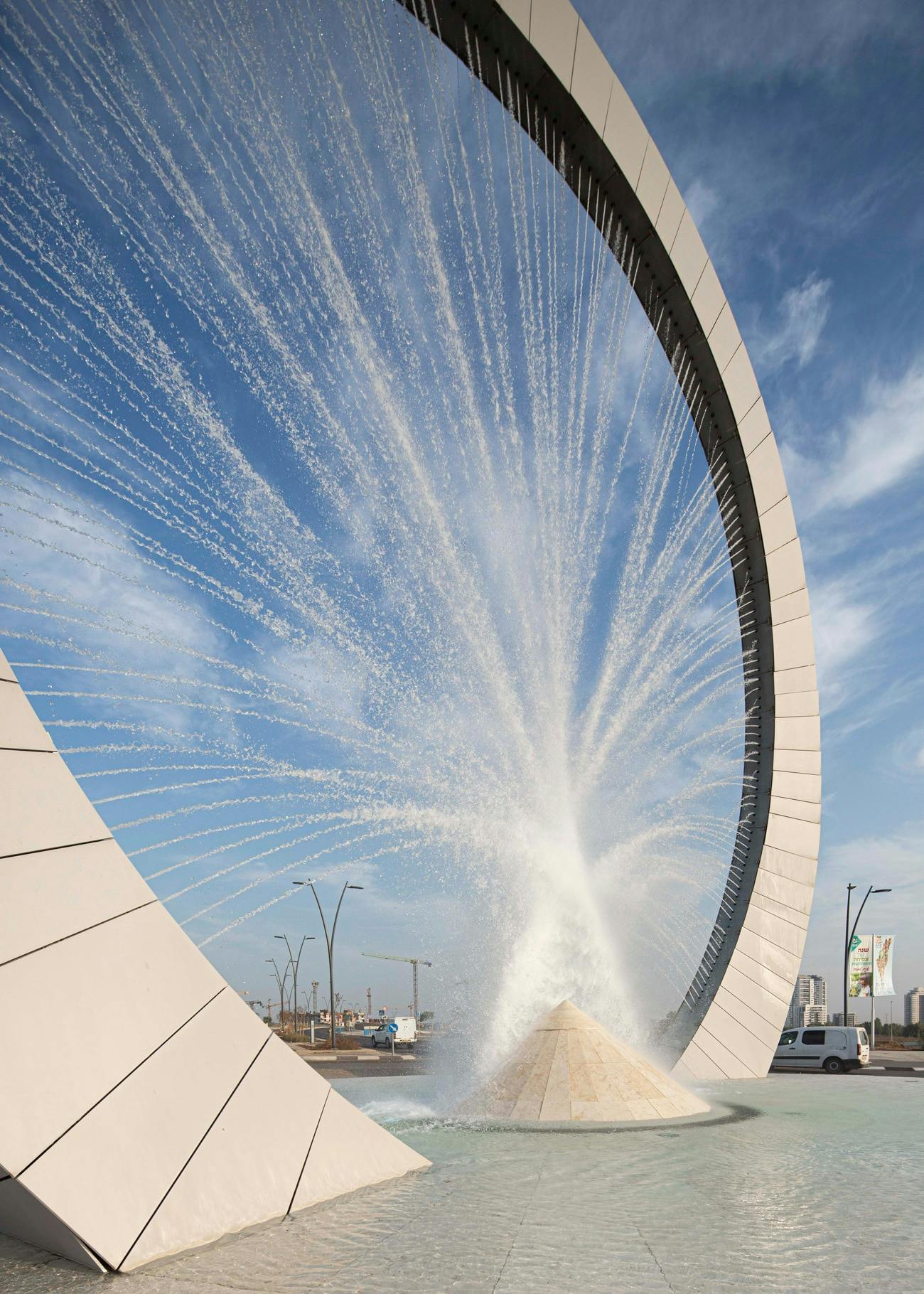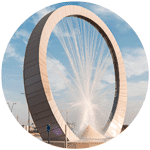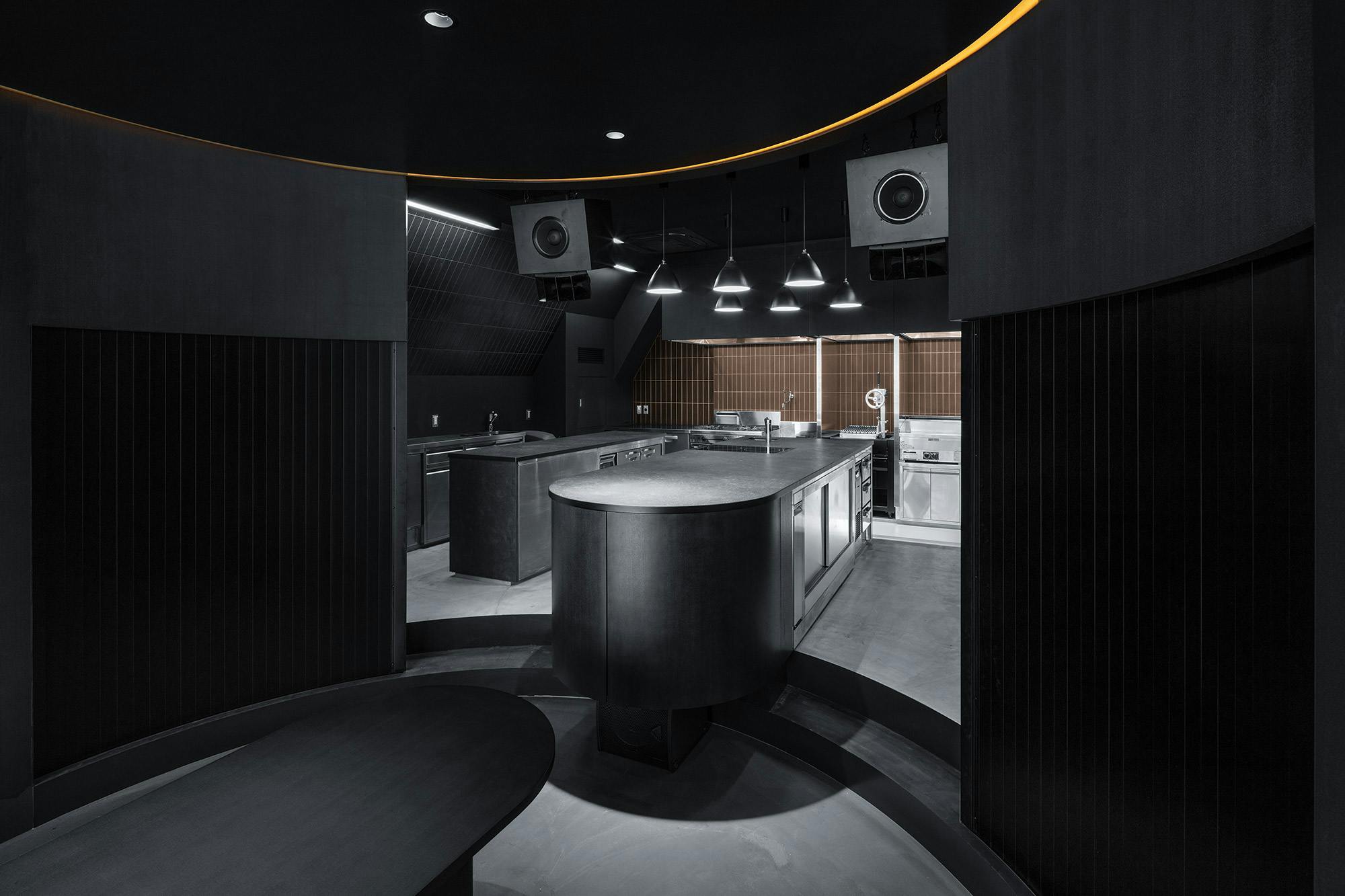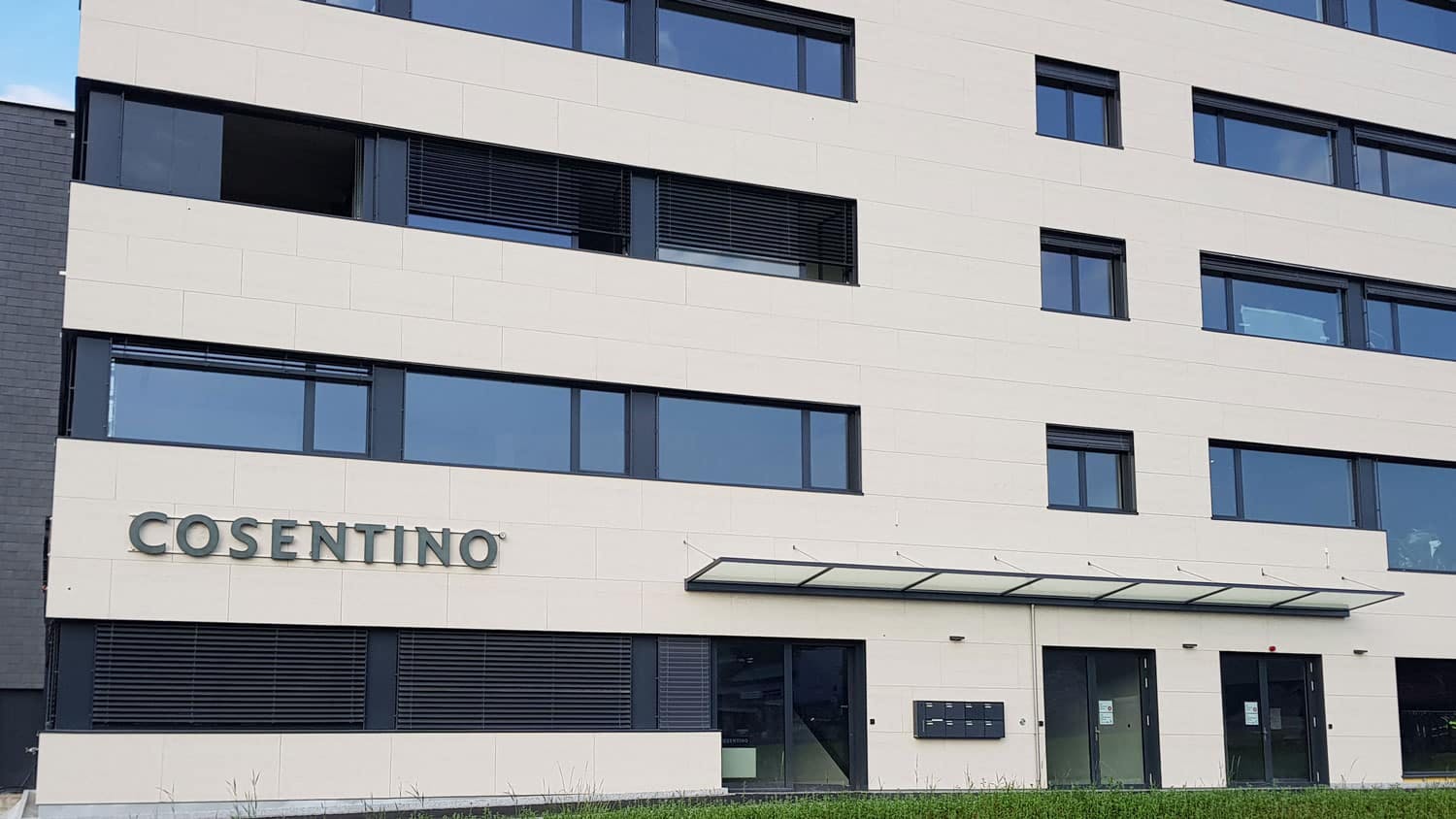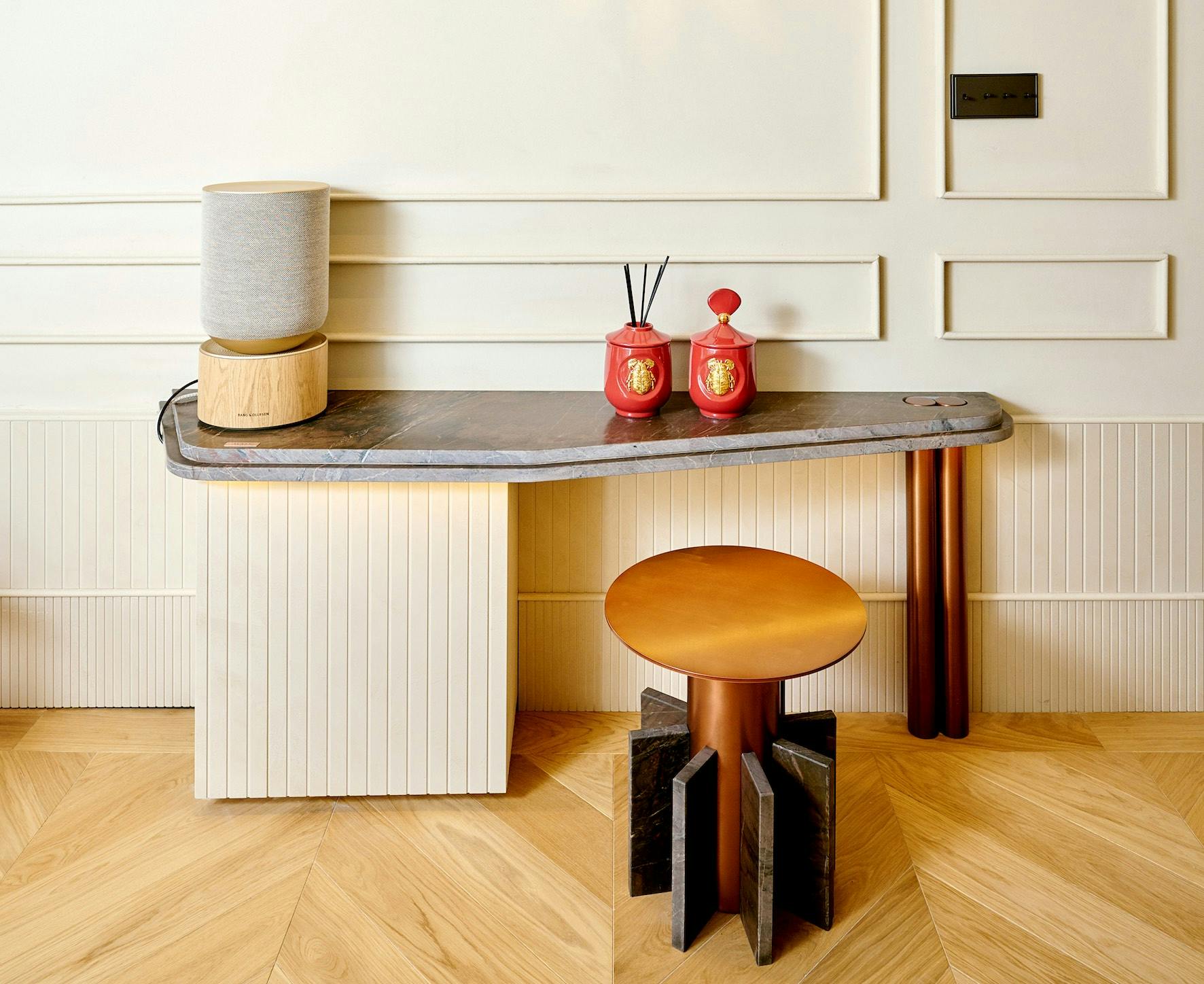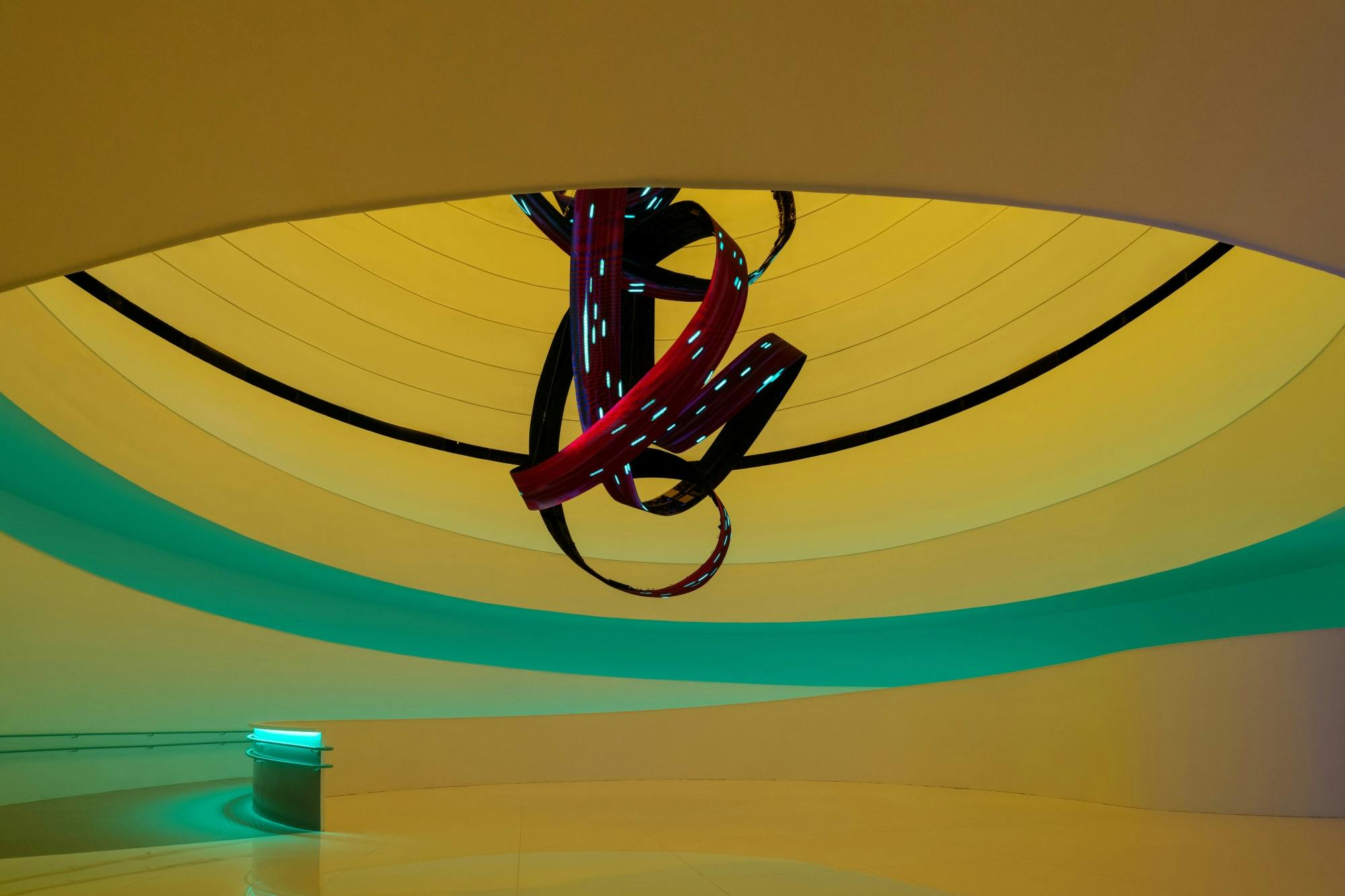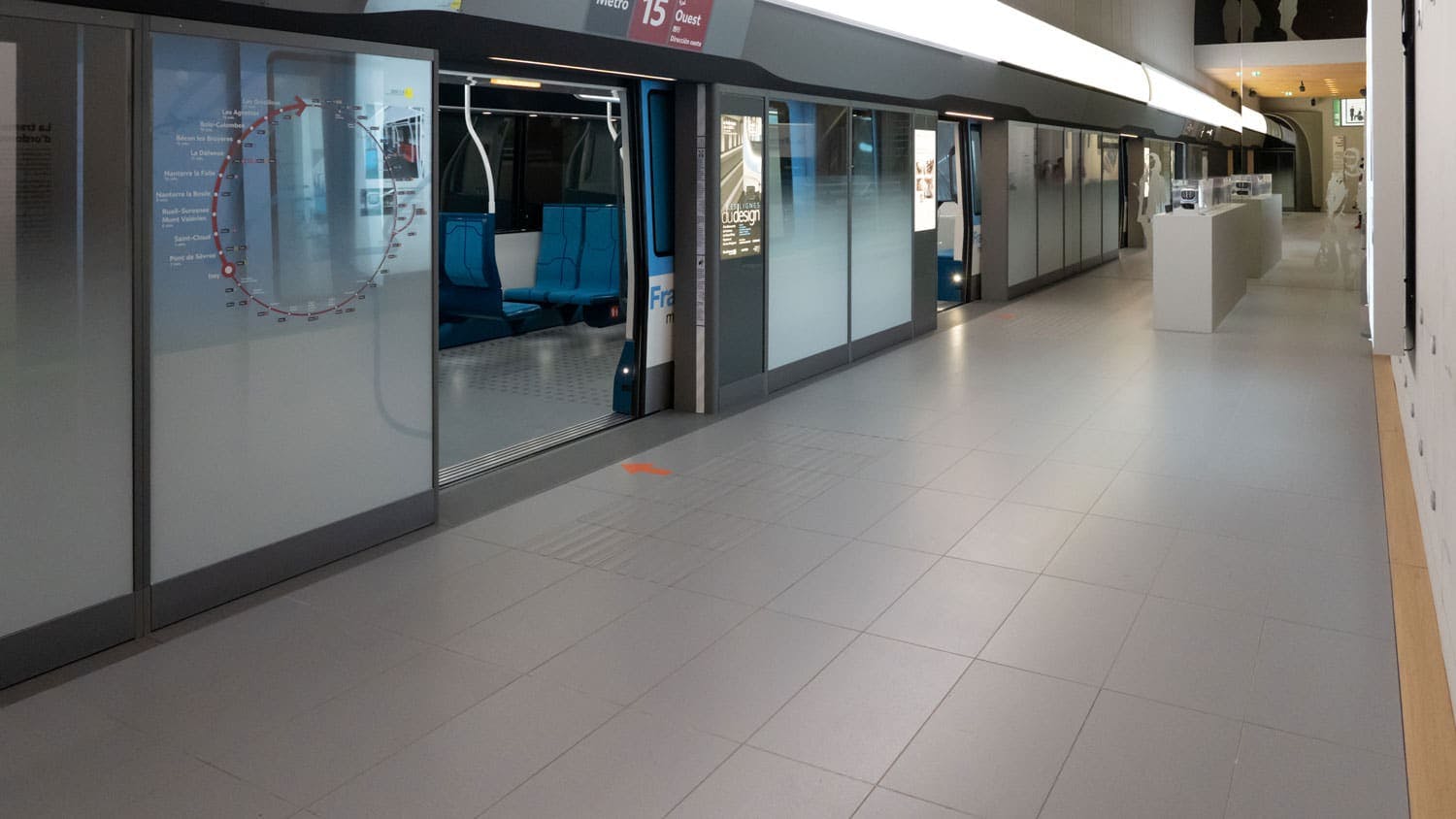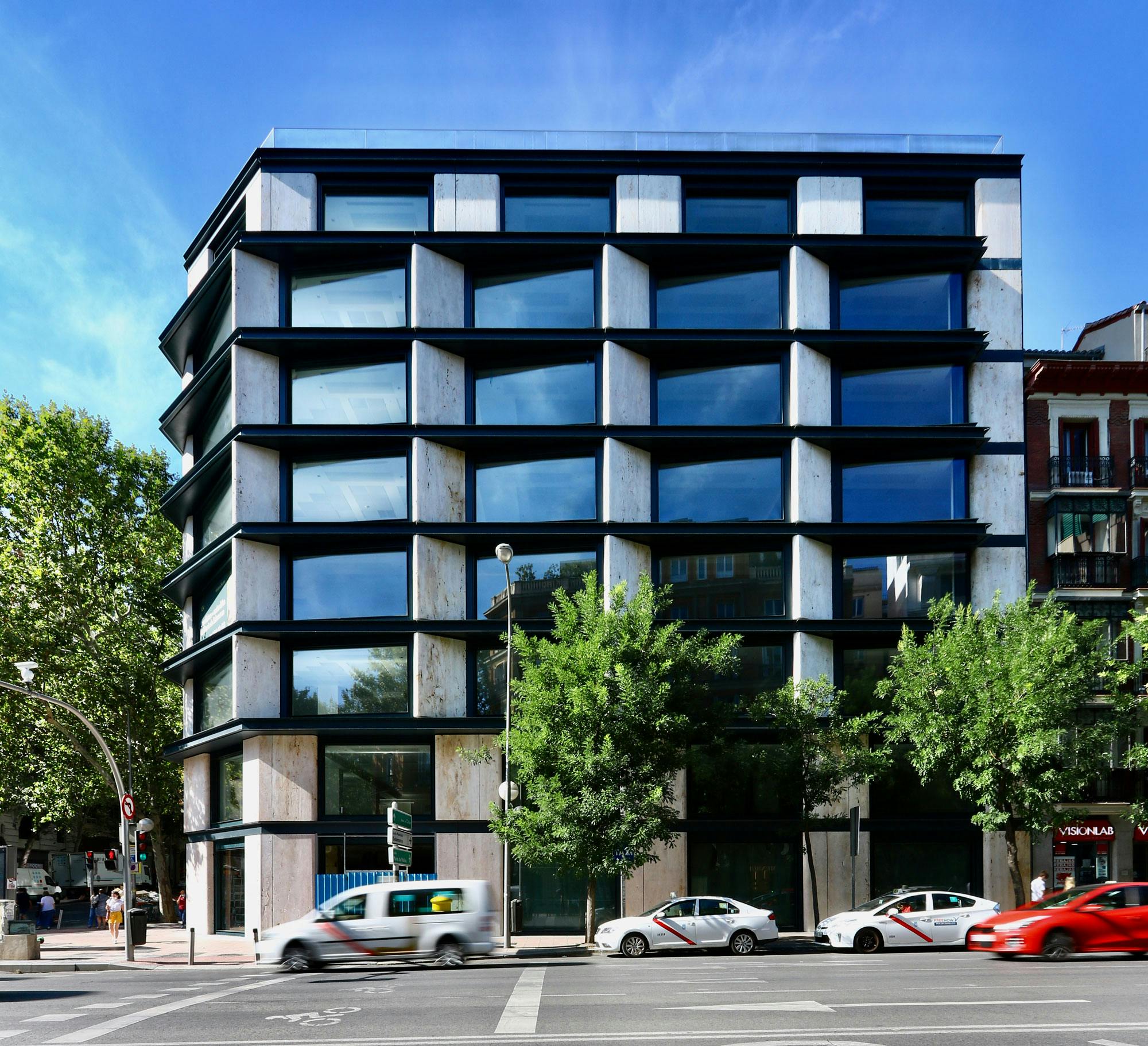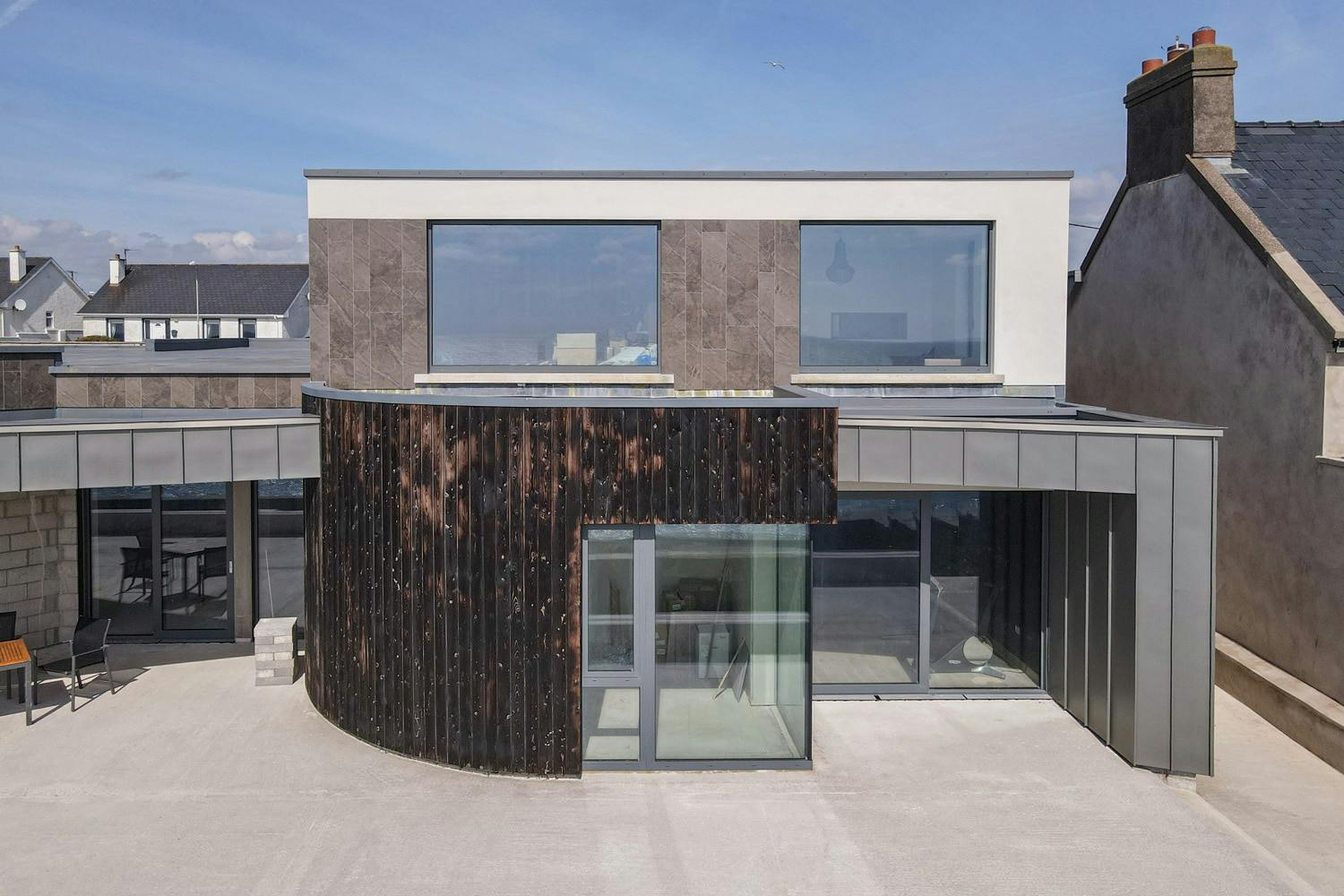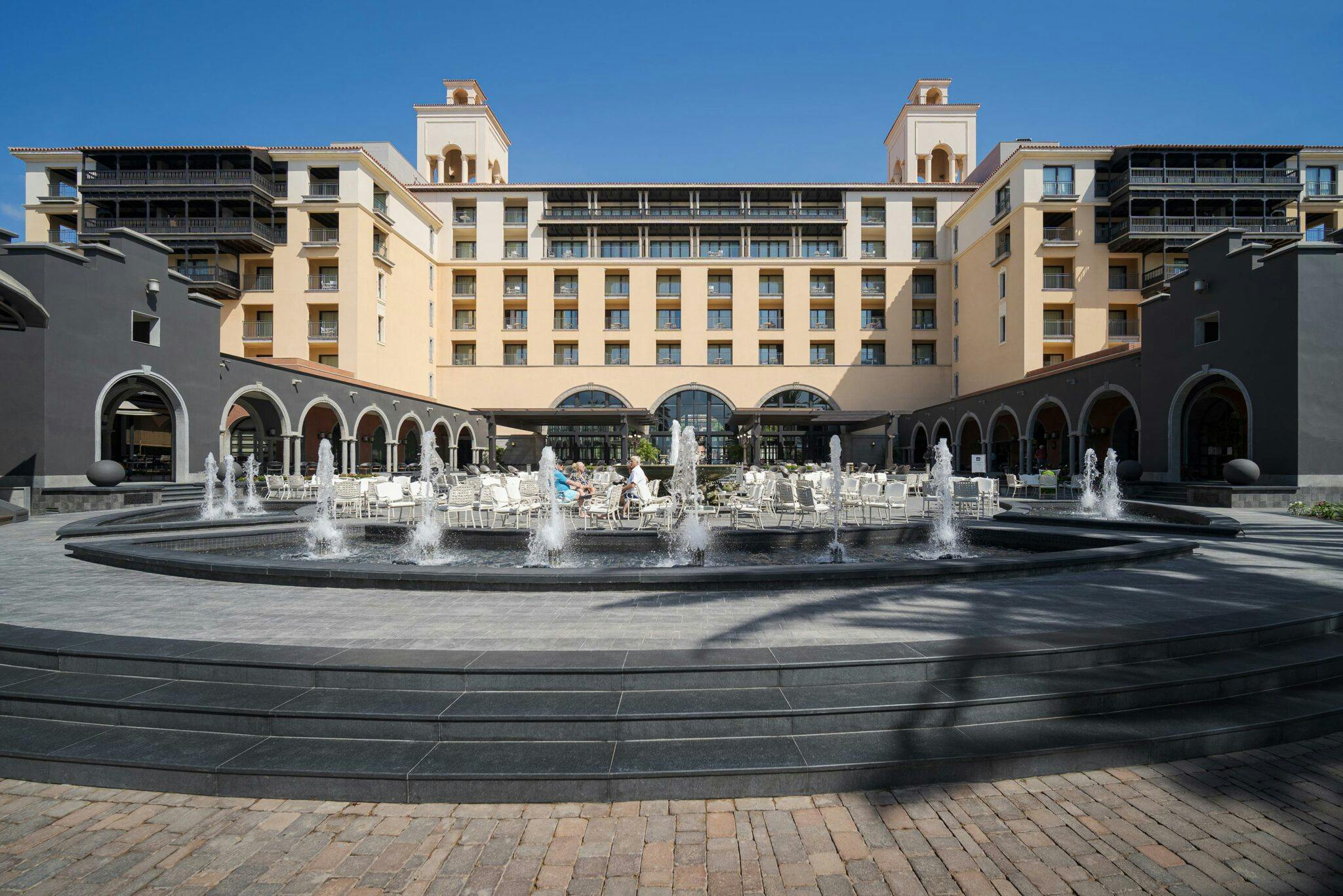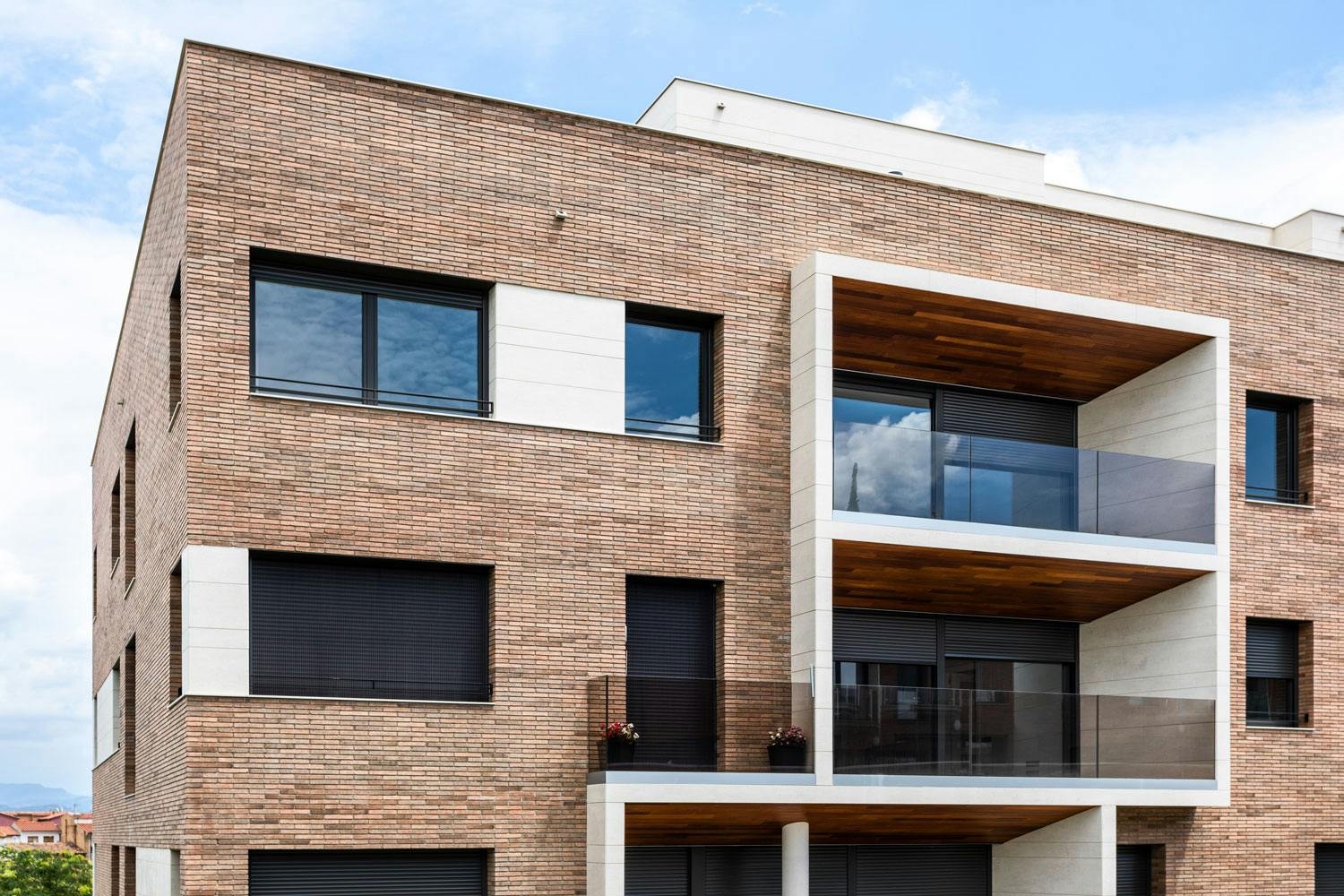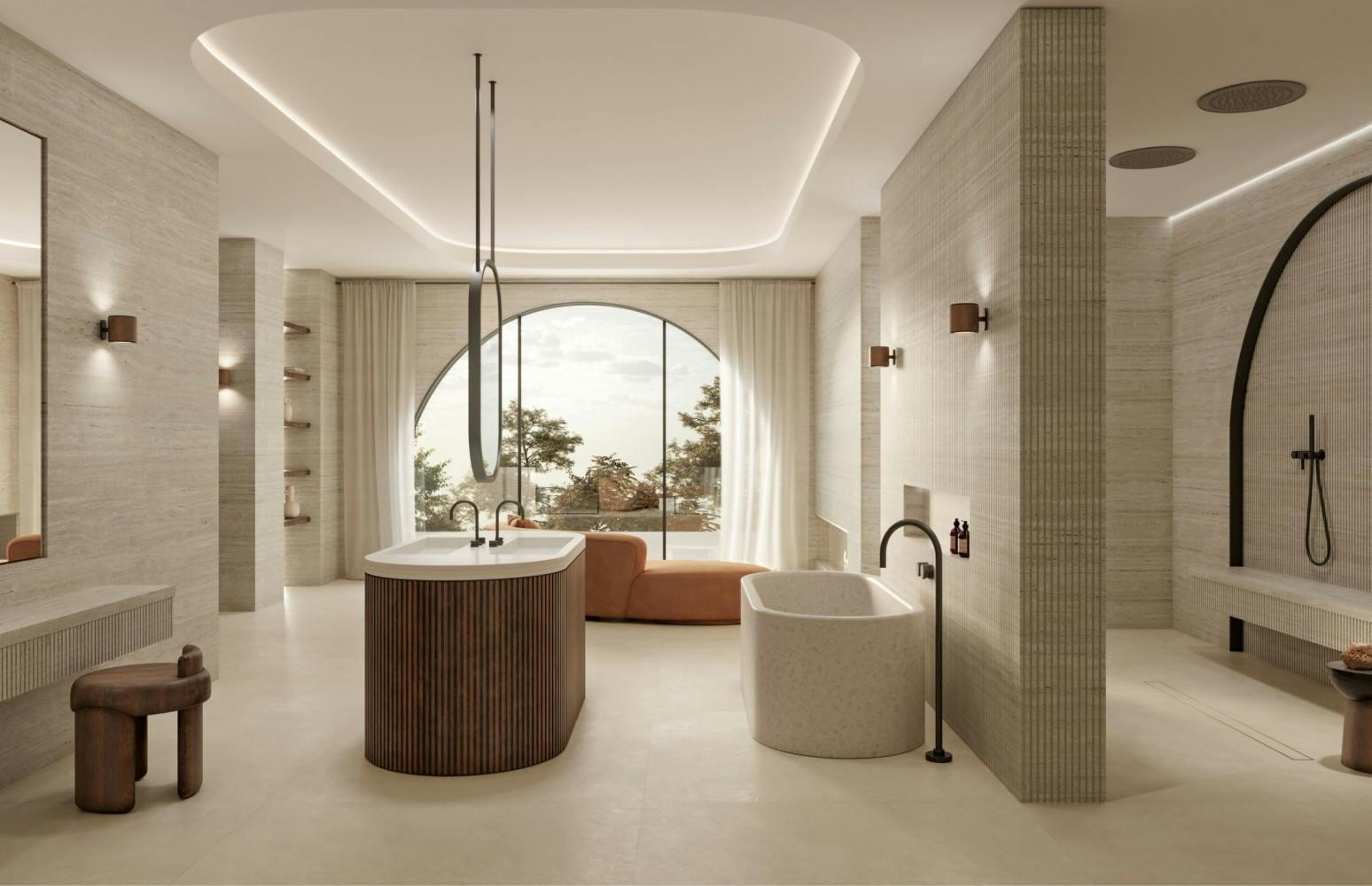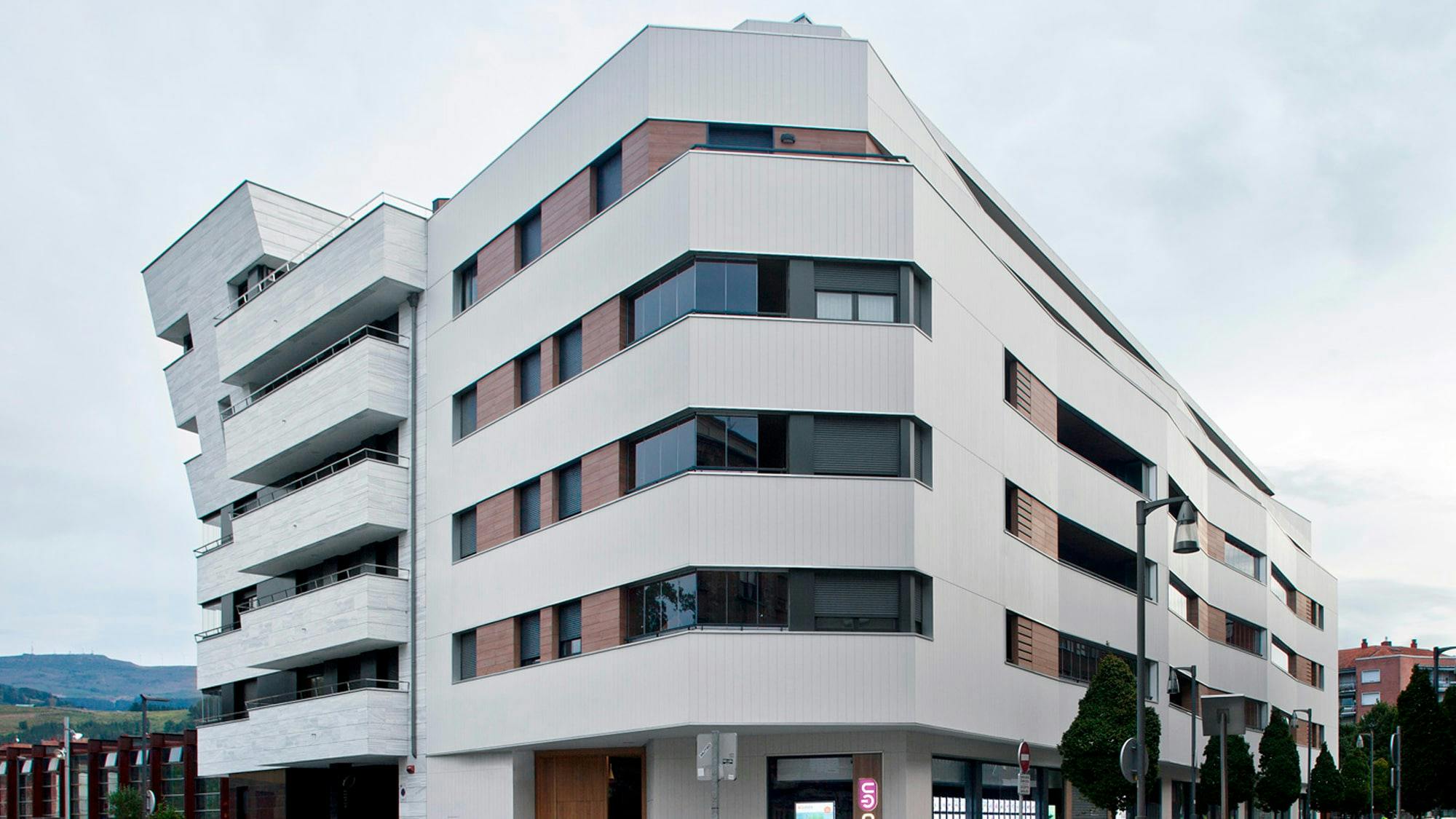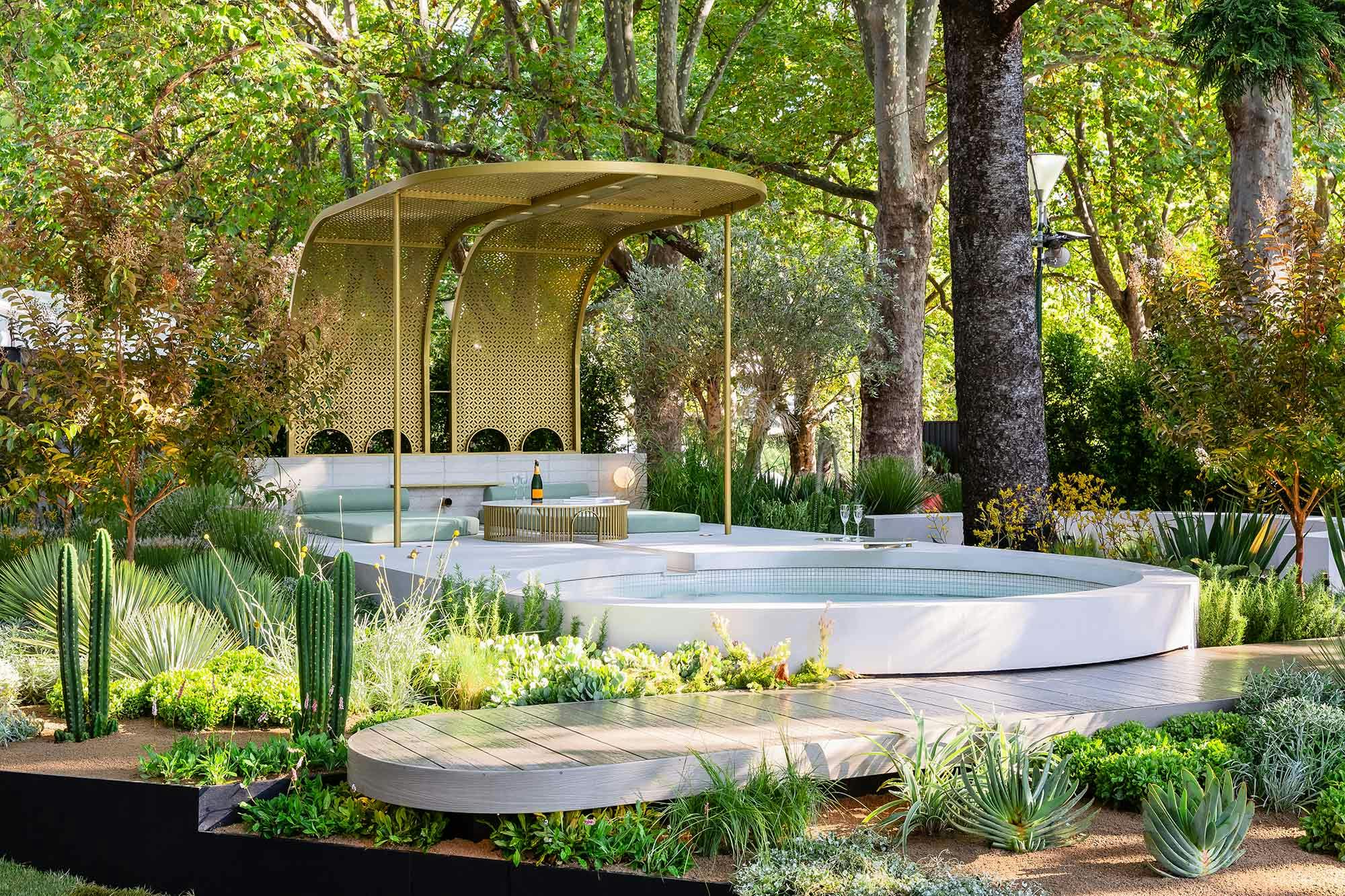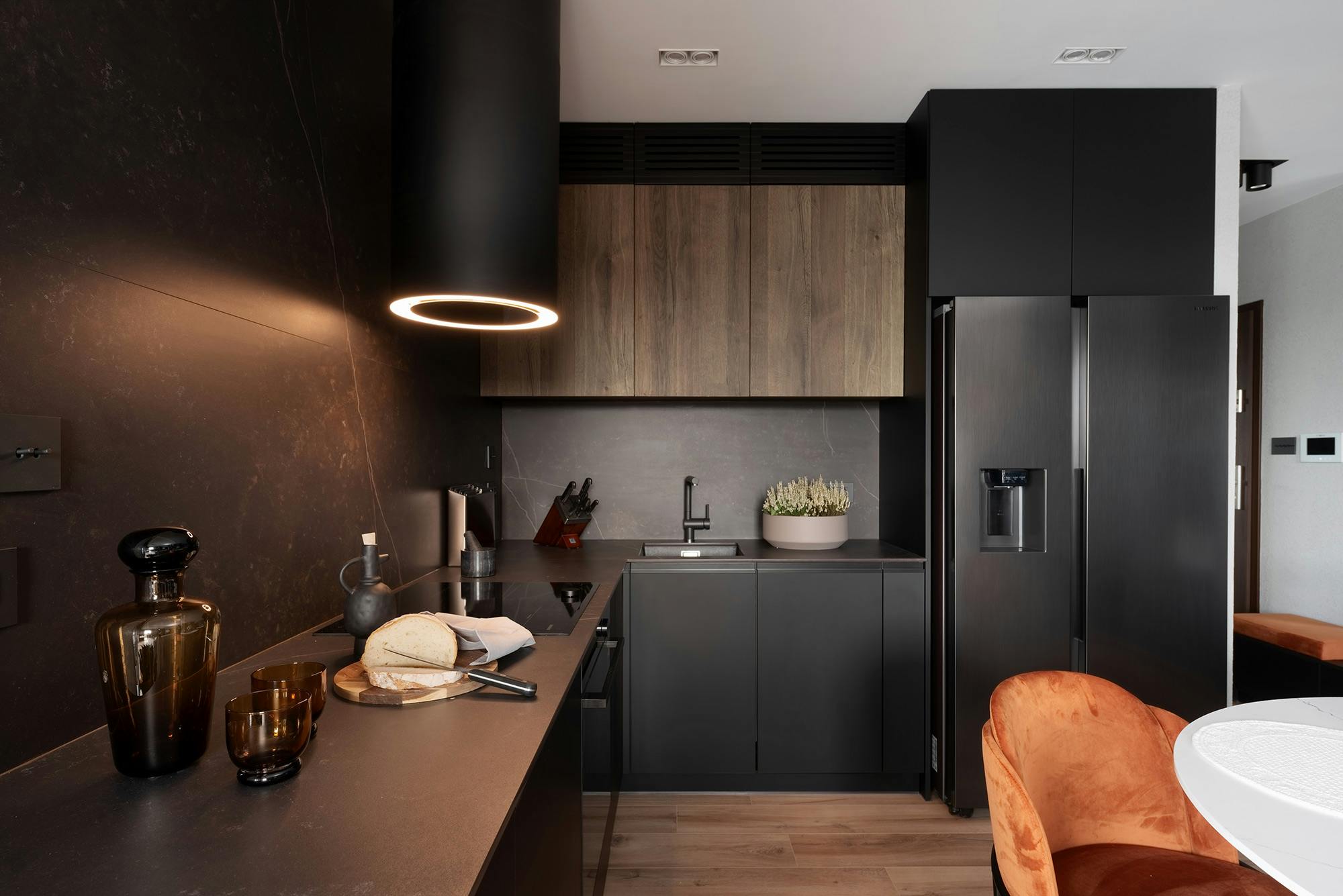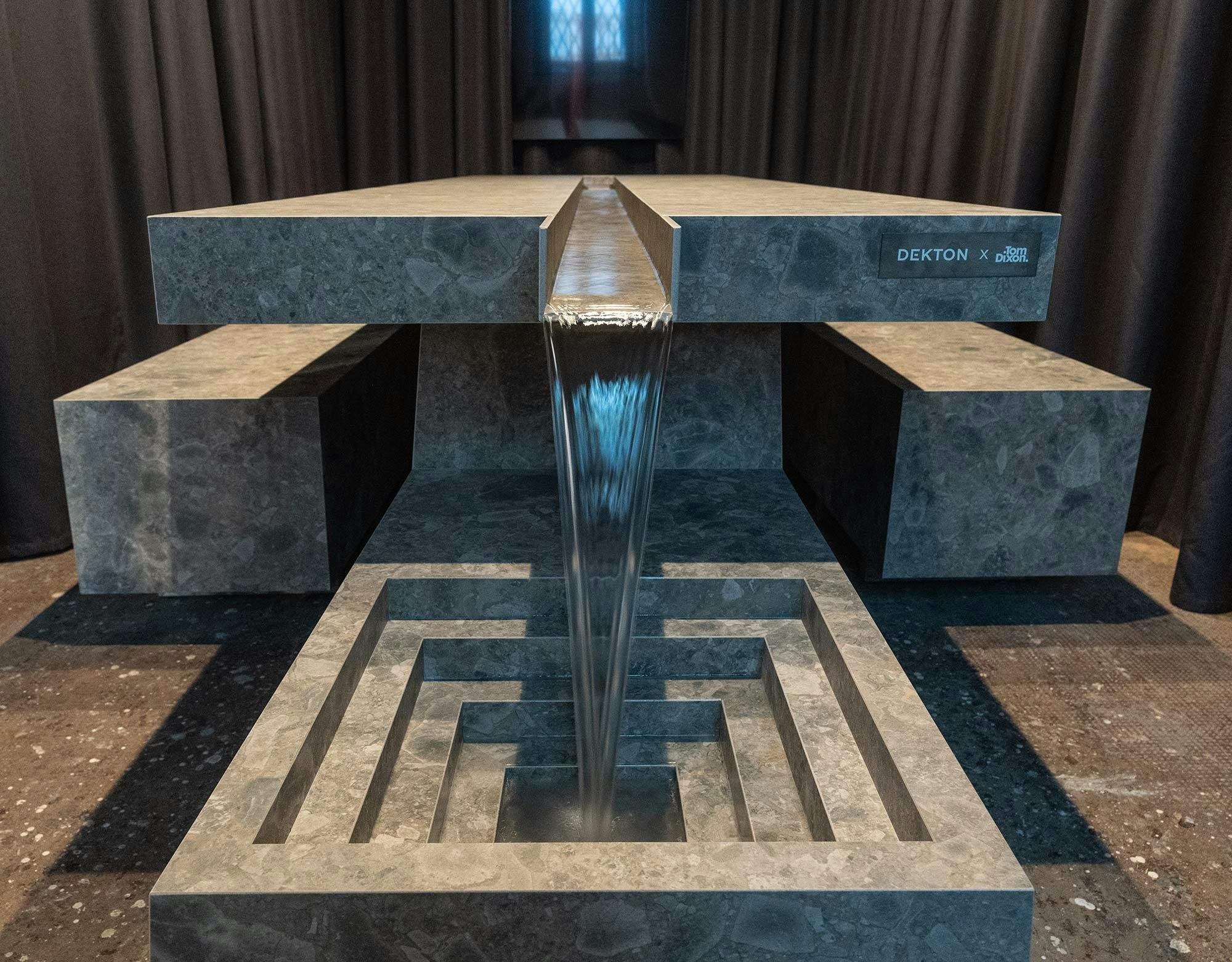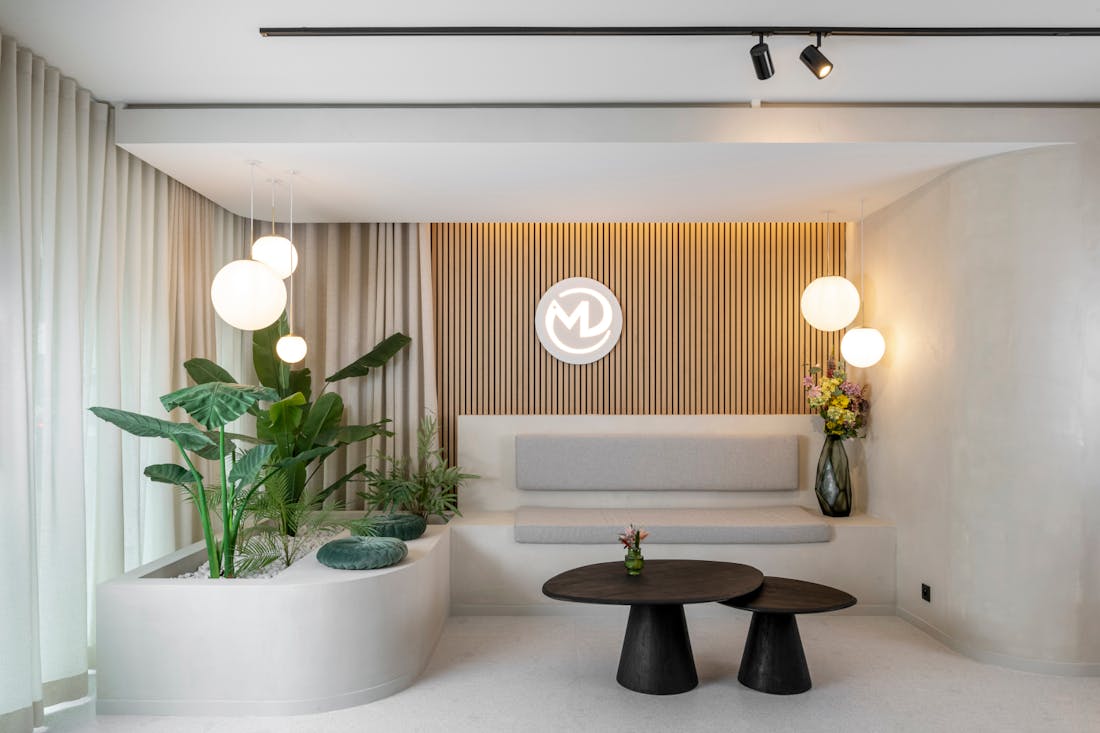
CTOP introduces Ash Studio
L'art de la décoration intérieure durable: l'histoire de la réussite d'Ash Studio

Le parcours de Sophie Andries
La vision de Sophie Andries en tant qu'architecte d'intérieur va au-delà de l'aspect purement visuel. En tant que force motrice d'Ash Studio, elle combine expertise technique et vision esthétique. Après avoir étudié à l'école supérieure Sint-Lucas de Gand, elle s'est retrouvée dans un bureau de dessin, où elle a acquis une expertise en tant que dessinateur technique. Son parcours l'a menée du statut de dessinateur à celui de calculatrice, puis, il y a quatre ans, à celui d'indépendante. Avec son mari, ingénieur en structures, elle travaille sur des projets d'avenir en vue d'unir ses forces dans Ash Studio.
La vision et la méthode de travail d'Ash Studio
Tout a commencé avec un nouveau projet de construction à Saint-Nicolas. En travaillant en étroite collaboration avec le client, Sophie a découvert son don pour comprendre les clients et transformer leurs désirs esthétiques en conceptions fonctionnelles. Elle explique : "Je sens toujours très vite où les gens veulent aller, à quoi ils se heurtent et ont besoin de mon aide. Le résultat final doit être non seulement beau, mais aussi convivial et en phase avec leur mode de vie. Le style de vie du client est un aspect crucial de mon plan d'aménagement intérieur.
L'approche de Sophie en matière de décoration d'intérieur se distingue par l'importance qu'elle accorde aux aspects techniques, à la planification et à la durabilité. Elle insiste sur l'importance d'une bonne base, en combinant son expertise technique en tant que reporter à l'EPB avec l'architecture d'intérieur. En partant des plans de construction et d'une connaissance approfondie du mode de vie, elle crée des espaces adaptés aux besoins du client.

Le premier project de Ash Studio, Krekel
Récemment, elle a alterné de plus en plus entre les projets résidentiels et les projets B2B. La transformation d'un espace vide en un bureau haut de gamme en un peu plus de trois mois a marqué un tournant dans ce domaine. Ce projet B2B exigeant a nécessité une étroite collaboration avec l'architecte Charlotte Pieters et une grande précision dans le choix des matériaux. Ici, dans la cuisine, Sophie a choisi un plan de travail Cosentino Dekton Lunar dans une couleur identique à celle du revêtement en microciment. La correspondance exacte des couleurs a été possible grâce à la large sélection d'échantillons fournis par Cosentino, qui ont été testés à la lumière du jour afin d'assurer une transition transparente.
B2B project Medizorg
La durabilité comme fil conducteur
La collaboration avec Cosentino n'a pas été un événement ponctuel ; Sophie s'est engagée en faveur du développement durable et le fait savoir depuis l'aménagement intérieur jusqu'à la sélection des matériaux. L'engagement à long terme de Cosentino en faveur de la neutralisation des émissions de CO2, des énergies renouvelables et du recyclage en fait un partenaire logique : "Cosentino est vraiment à l'avant-garde en matière de plans de travail. La durabilité est un facteur important dans ma pratique ; à la fois la durée, c'est-à-dire la durée du projet, et la durabilité du processus lui-même. Dekton et Silestone en sont de parfaits exemples", explique Sophie.
Elle utilise régulièrement les produits Cosentino dans les cuisines et les salles de bains. Lors du processus de sélection, la serviabilité de l'équipe Cosentino et la disponibilité de ses échantillons constituent également un atout majeur.
Un regard vers l'avenir
Pour ce qui est de l'avenir, le succès des commandes précédentes a mis Ash Studio sous les feux de la rampe, avec de nouveaux projets B2B en cours de développement. En termes d'esthétique, elle constate une évolution vers des matériaux plus froids, des couleurs métalliques, du plexiglas et des éléments naturels, bien qu'elle ne veuille certainement pas trop s'appuyer sur ces tendances elle-même, l'accent étant mis sur des designs intemporels qui correspondent au style de vie et aux goûts uniques de ses clients.
Avec une profonde compréhension de ses clients, des prouesses techniques et une forte orientation vers la durabilité, Ash Studio est un nom à suivre dans le monde de la décoration d'intérieur !
Photos Anneleen Jegers


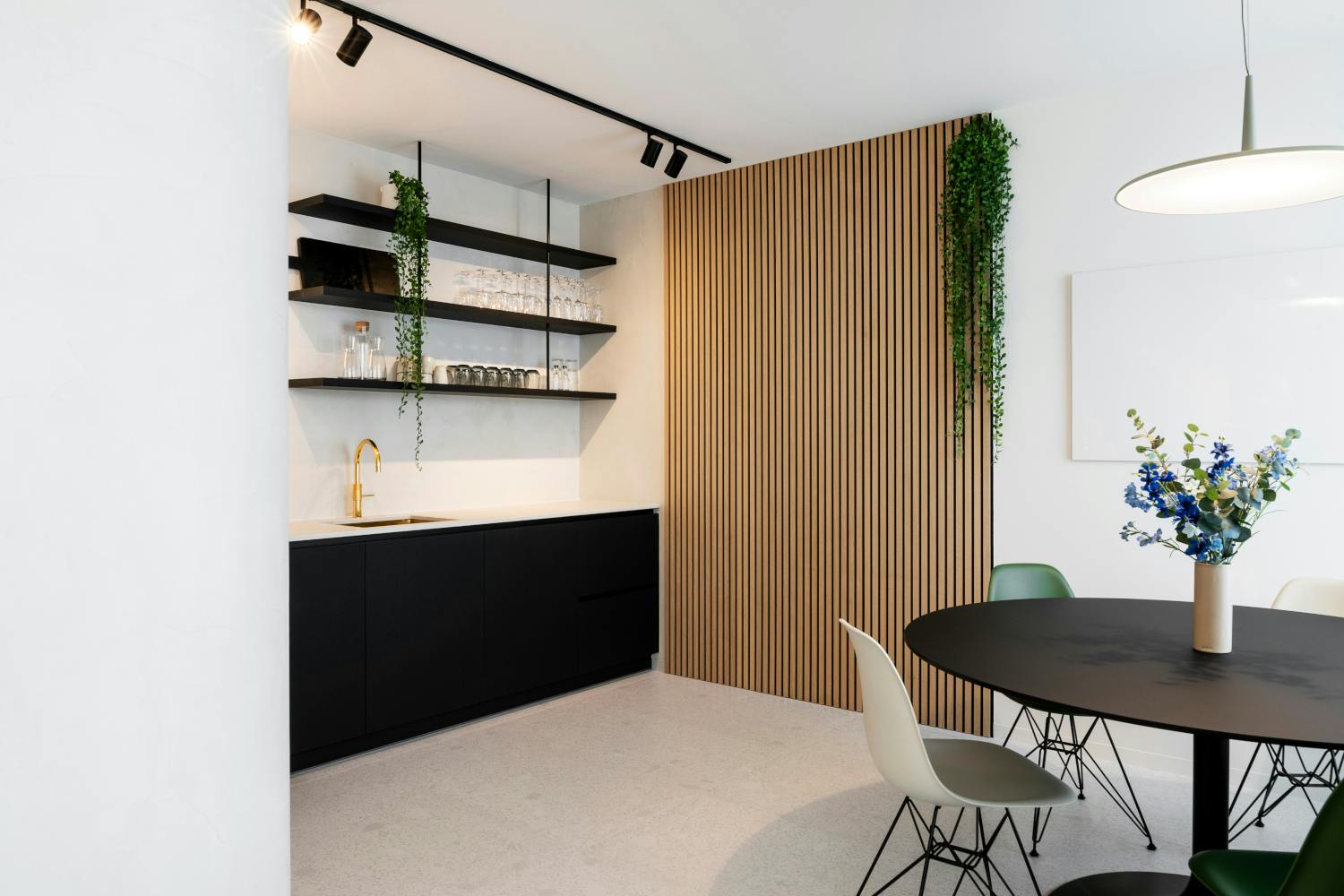
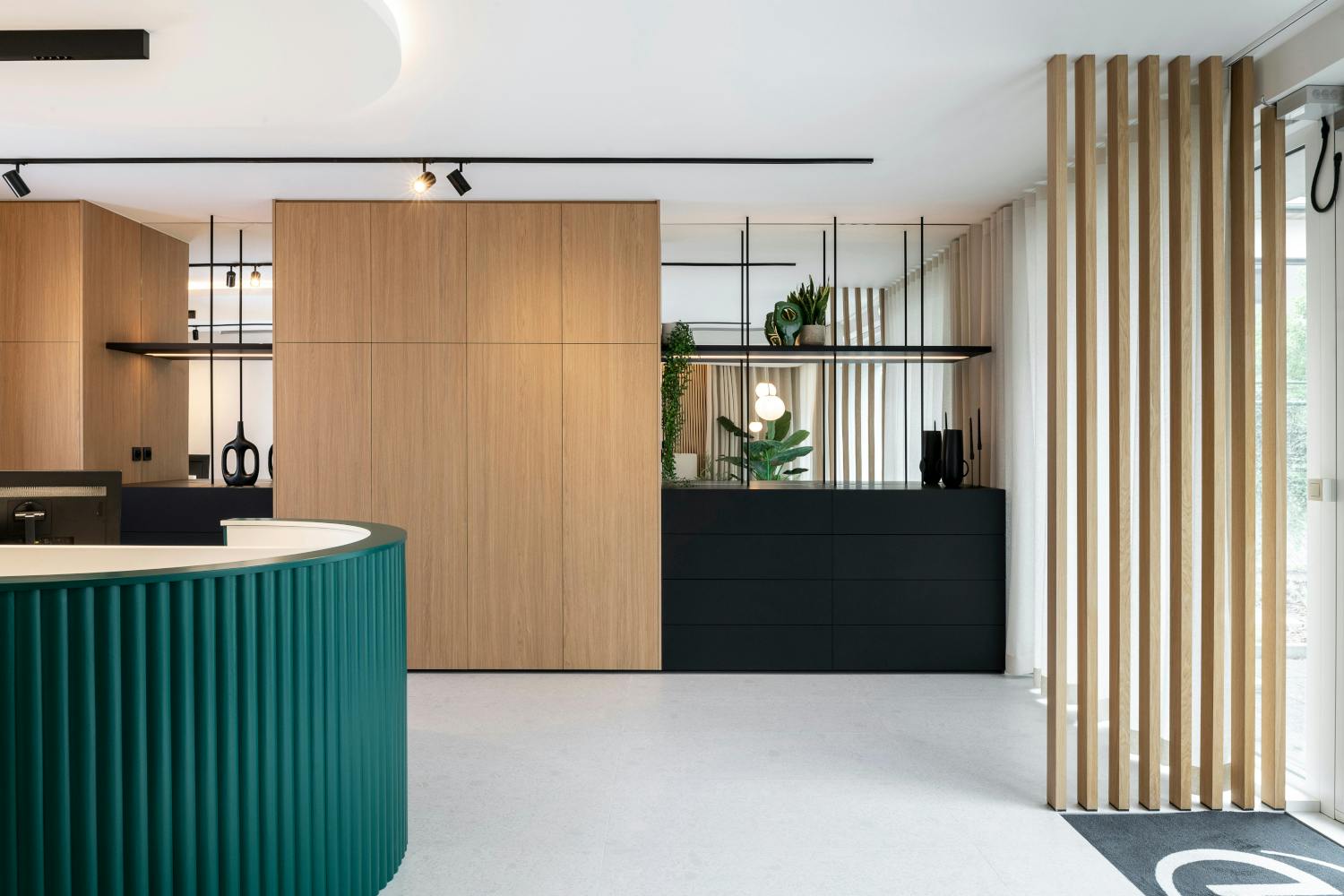

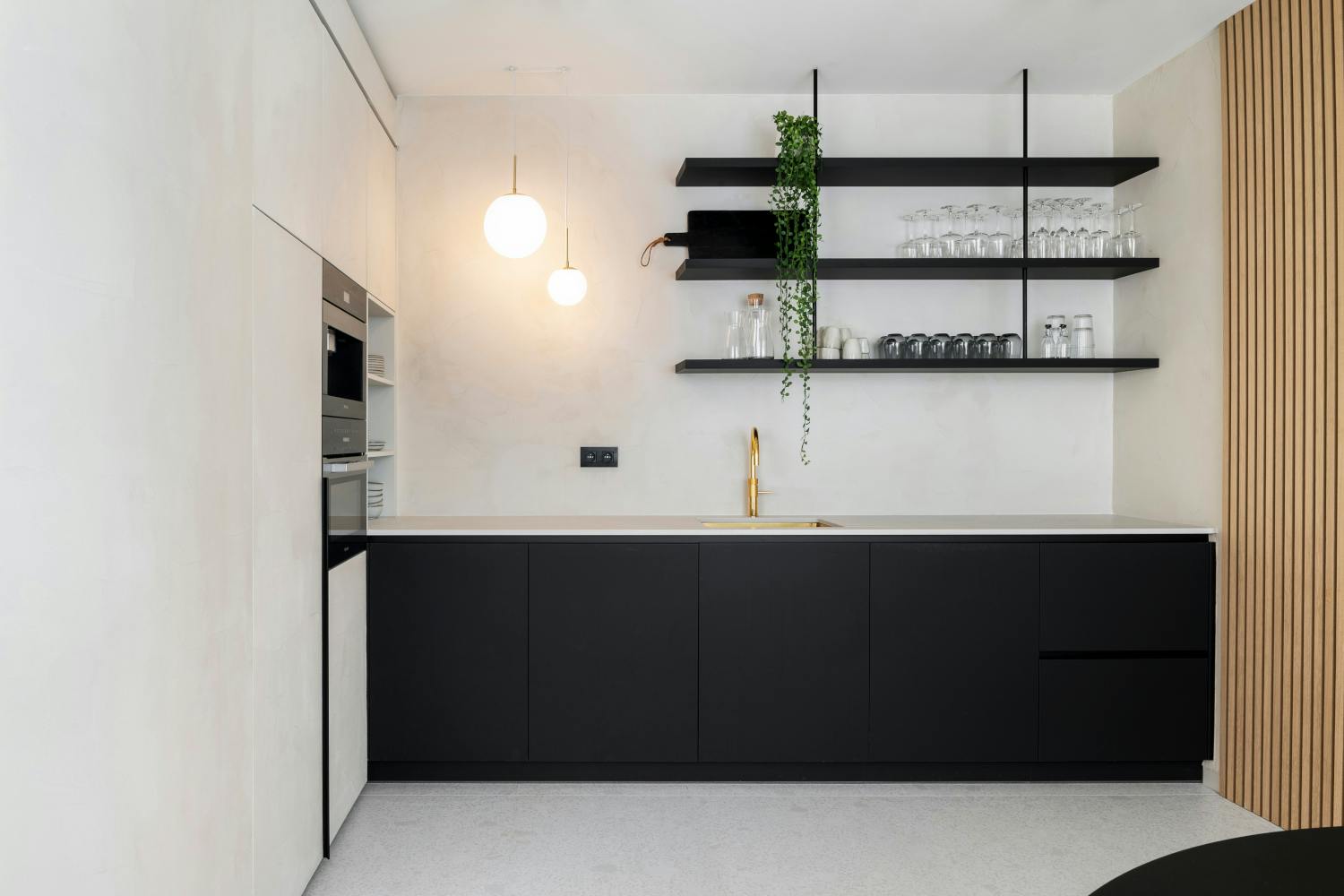

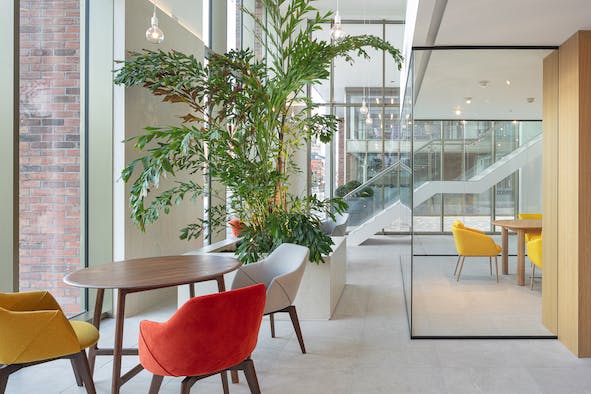
![2-Salboy-3Z7A7574-1024x683[1] Numéro d'image 42 de la section actuelle de Salboy Manchester de Cosentino France](https://imgix.cosentino.com/fr-be/wp-content/uploads/2022/03/2-Salboy-3Z7A7574-1024x6831-1.jpg?auto=format%2Ccompress&ixlib=php-3.3.0)
![5-Salboy-3Z7A7592-1024x683[1] Numéro d'image 43 de la section actuelle de Salboy Manchester de Cosentino France](https://imgix.cosentino.com/fr-be/wp-content/uploads/2022/03/5-Salboy-3Z7A7592-1024x6831-1.jpg?auto=format%2Ccompress&ixlib=php-3.3.0)
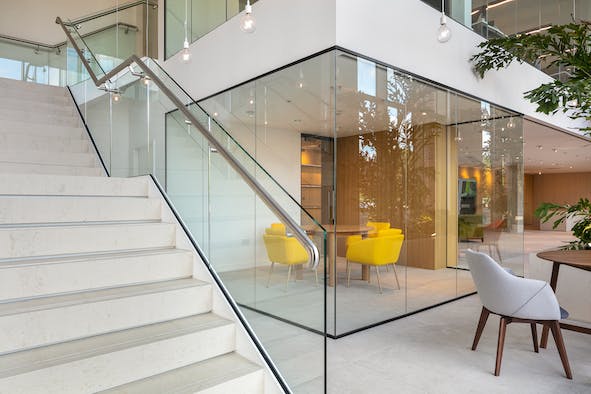
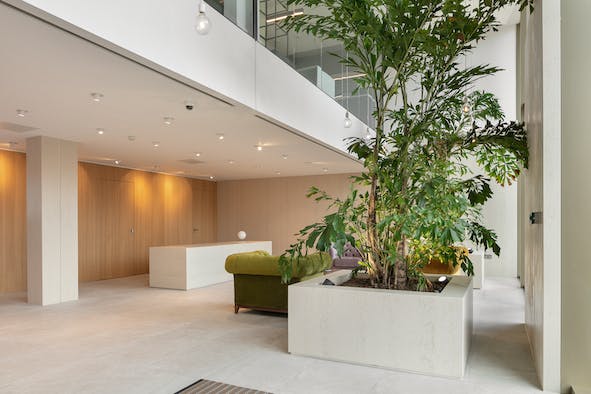
![12-Salboy-3Z7A7627[1] Numéro d'image 46 de la section actuelle de Salboy Manchester de Cosentino France](https://imgix.cosentino.com/fr-be/wp-content/uploads/2022/03/12-Salboy-3Z7A76271.jpg?auto=format%2Ccompress&ixlib=php-3.3.0)
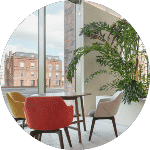
![9-Salboy-3Z7A7610[1] Numéro d'image 47 de la section actuelle de Salboy Manchester de Cosentino France](https://imgix.cosentino.com/fr-be/wp-content/uploads/2022/03/9-Salboy-3Z7A76101.jpg?auto=format%2Ccompress&ixlib=php-3.3.0)
![6-Salboy-3Z7A7595-1024x683[1] Numéro d'image 48 de la section actuelle de Salboy Manchester de Cosentino France](https://imgix.cosentino.com/fr-be/wp-content/uploads/2022/03/6-Salboy-3Z7A7595-1024x6831-1.jpg?auto=format%2Ccompress&ixlib=php-3.3.0)
![3-Salboy-3Z7A7579-1024x683[1] Numéro d'image 49 de la section actuelle de Salboy Manchester de Cosentino France](https://imgix.cosentino.com/fr-be/wp-content/uploads/2022/03/3-Salboy-3Z7A7579-1024x6831-1.jpg?auto=format%2Ccompress&ixlib=php-3.3.0)

